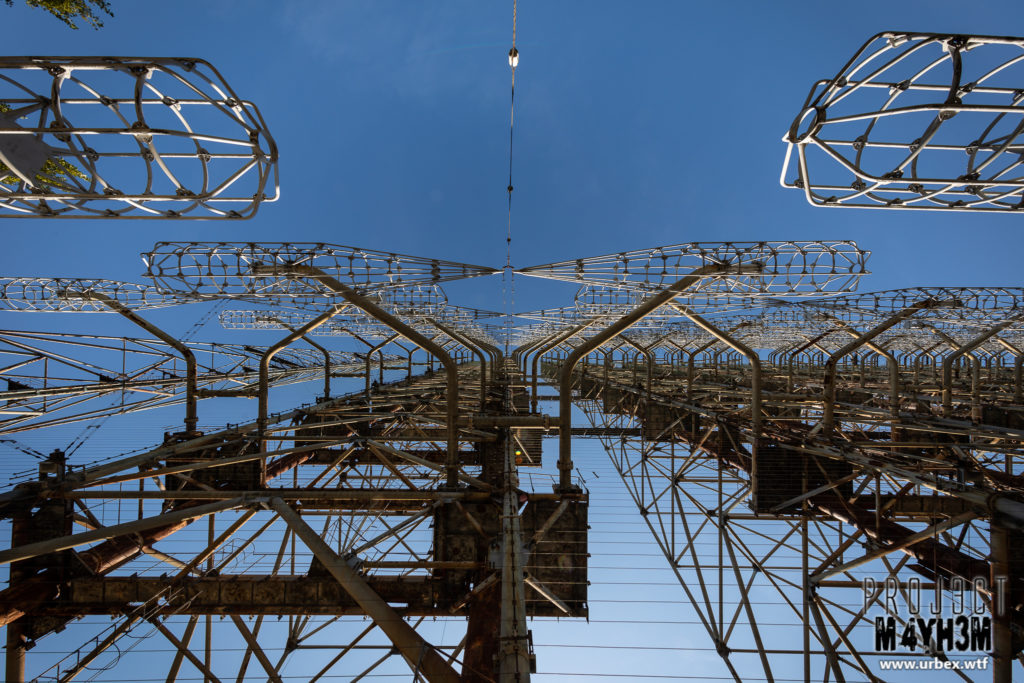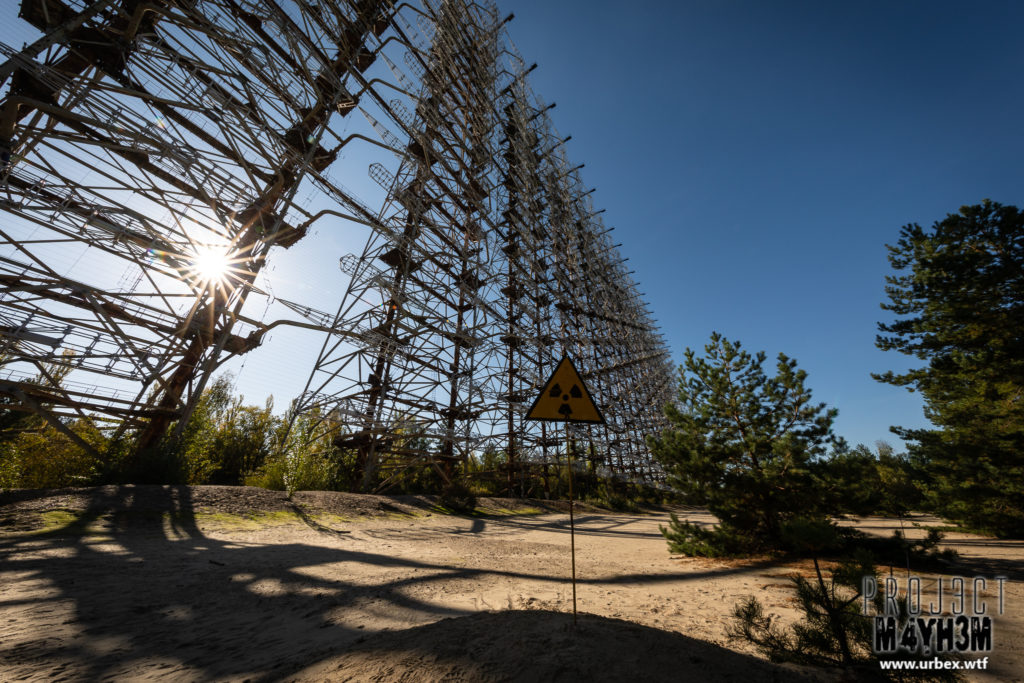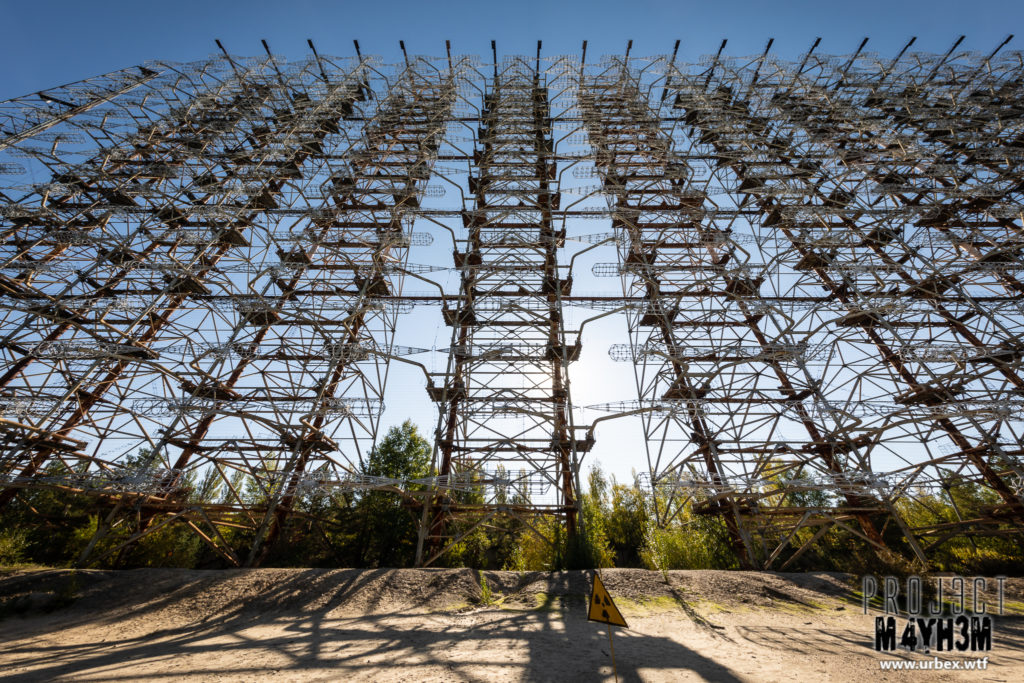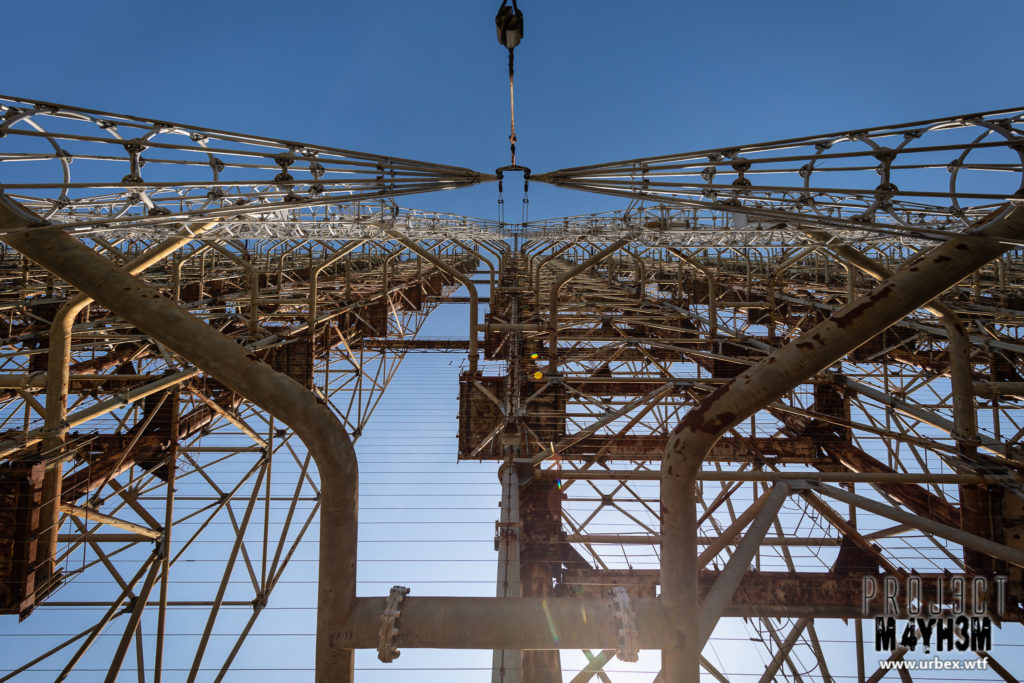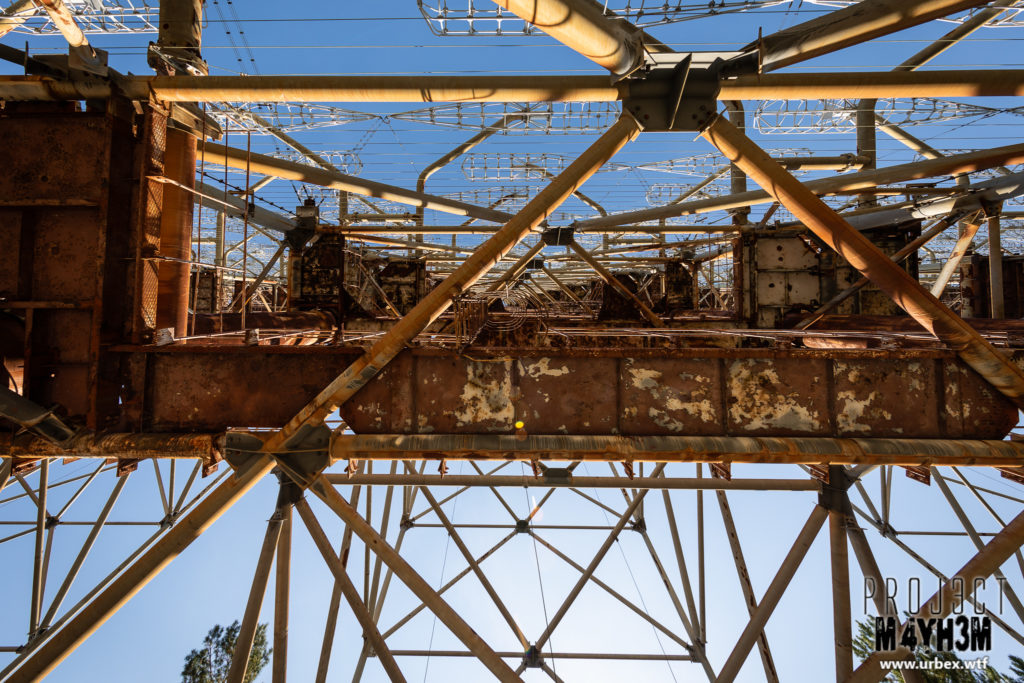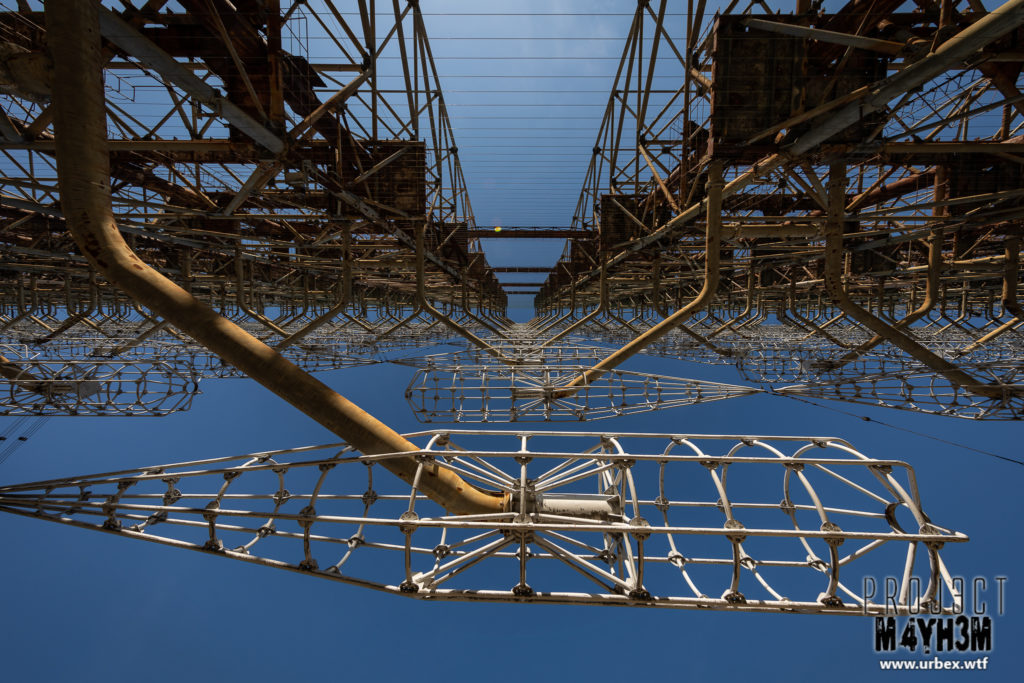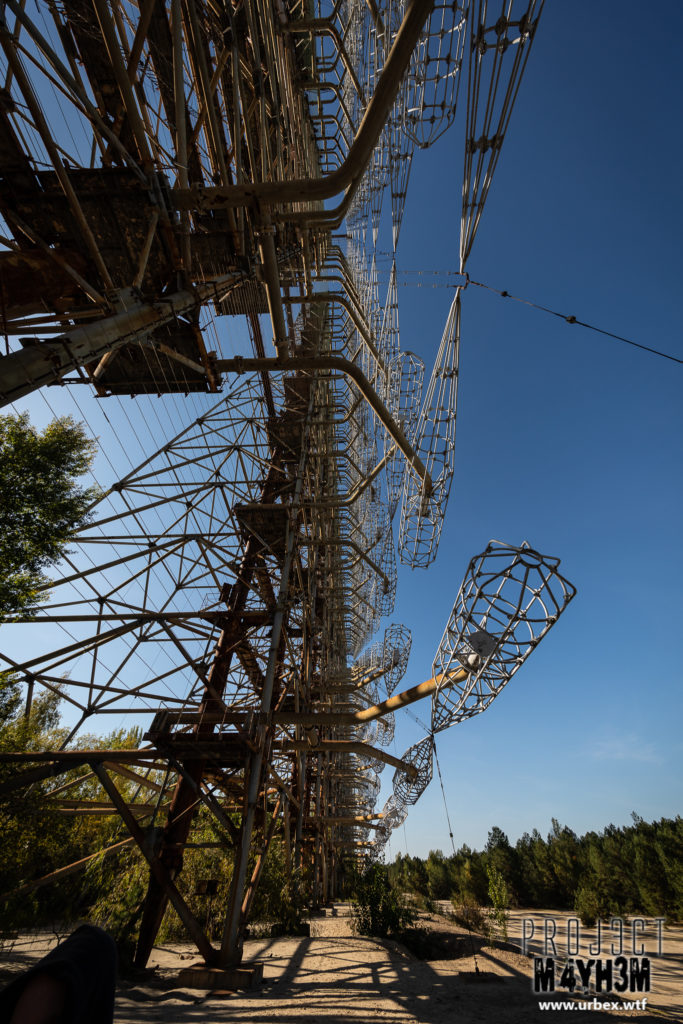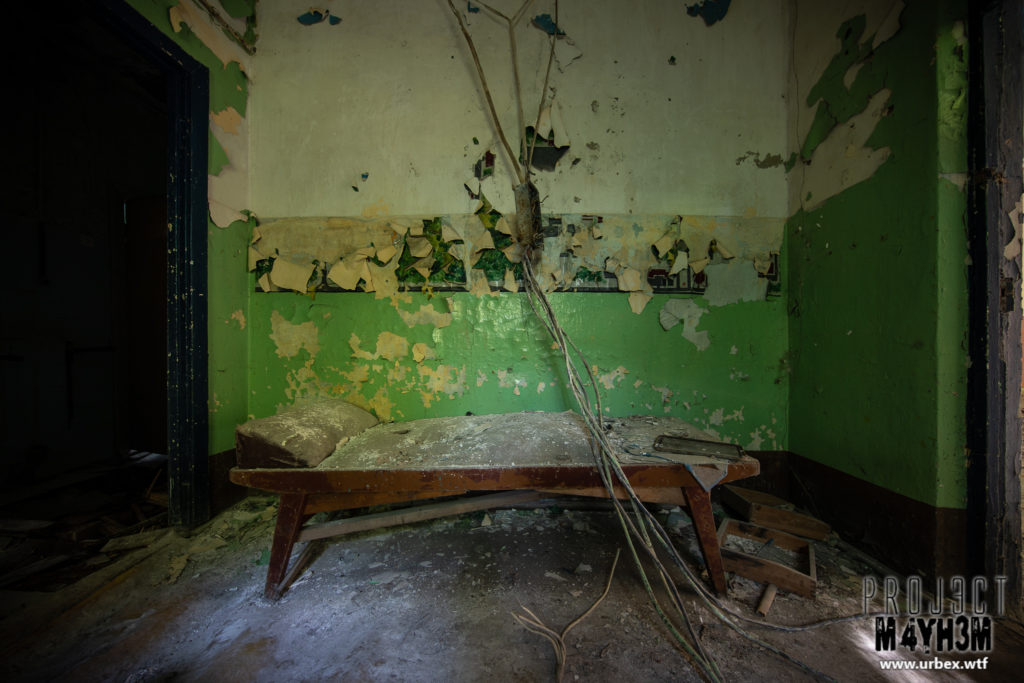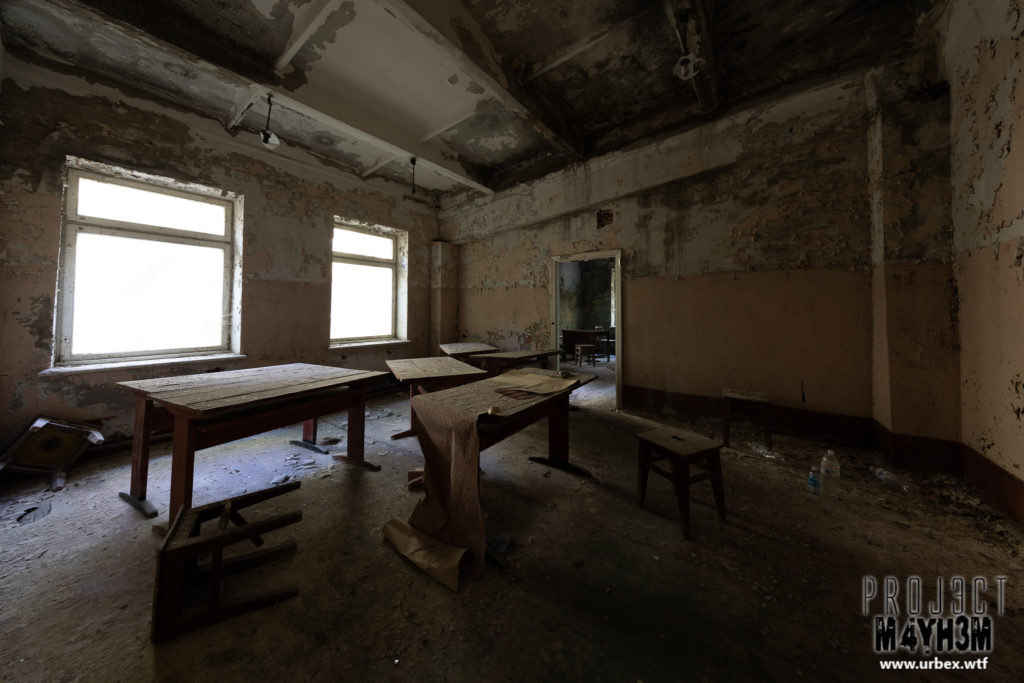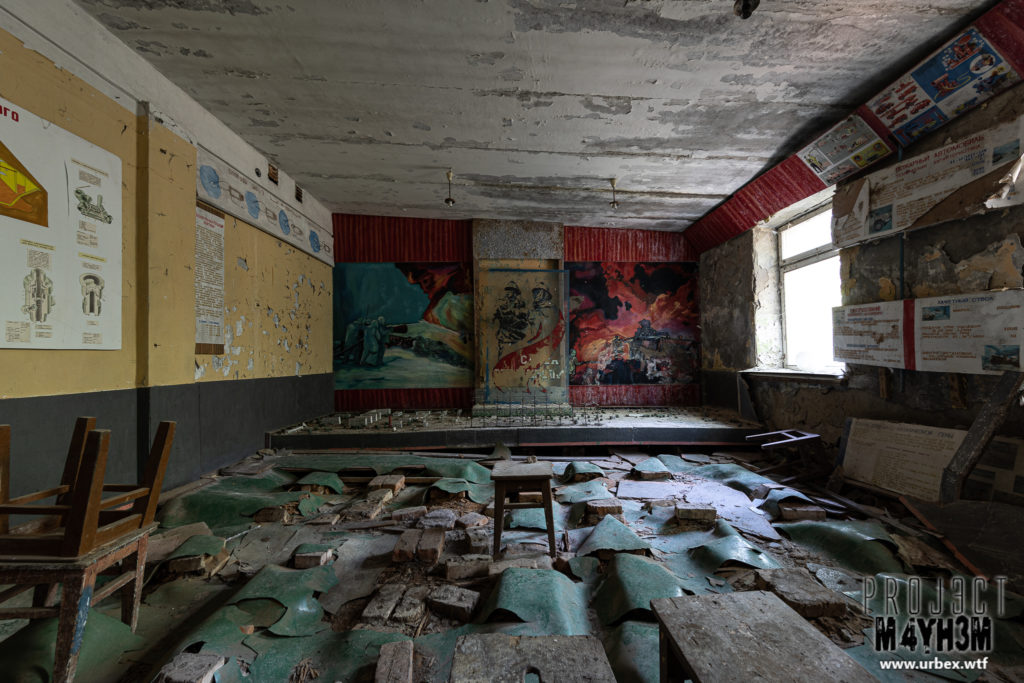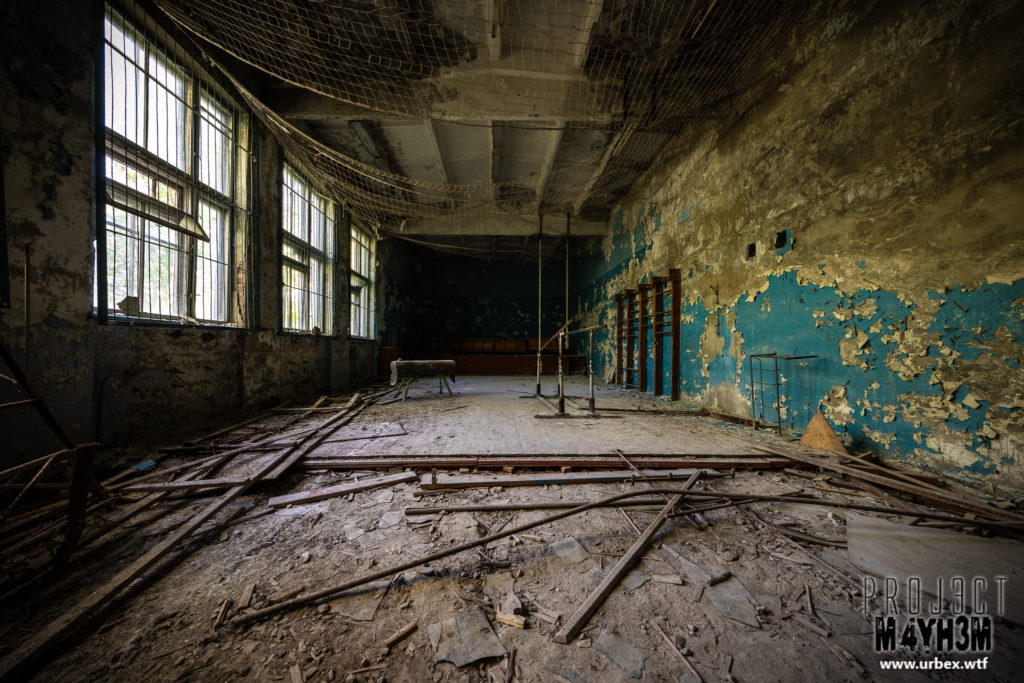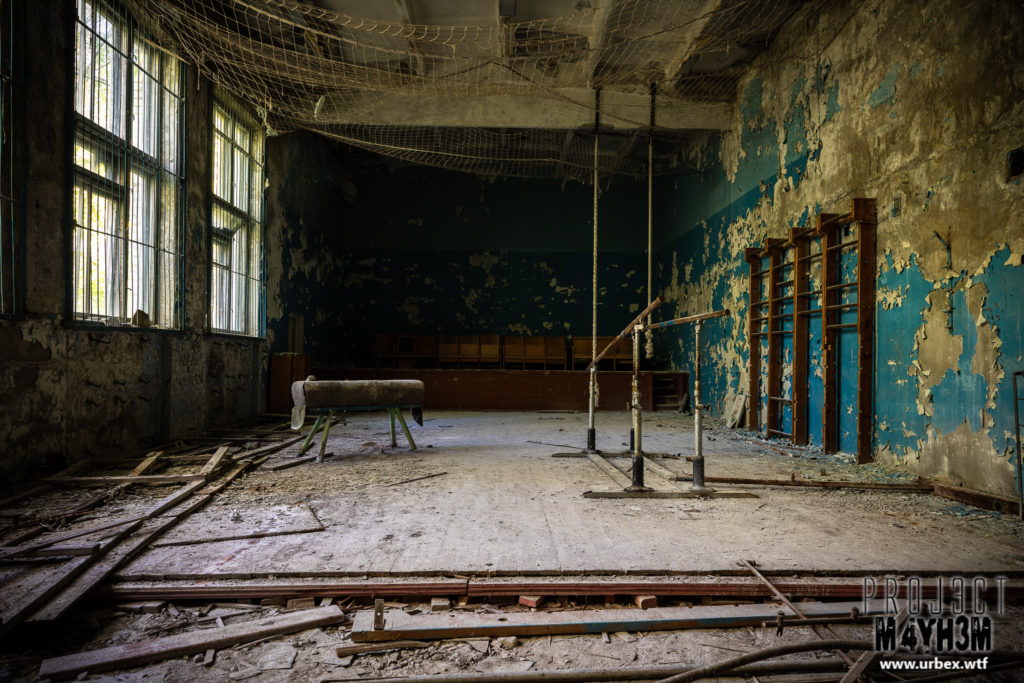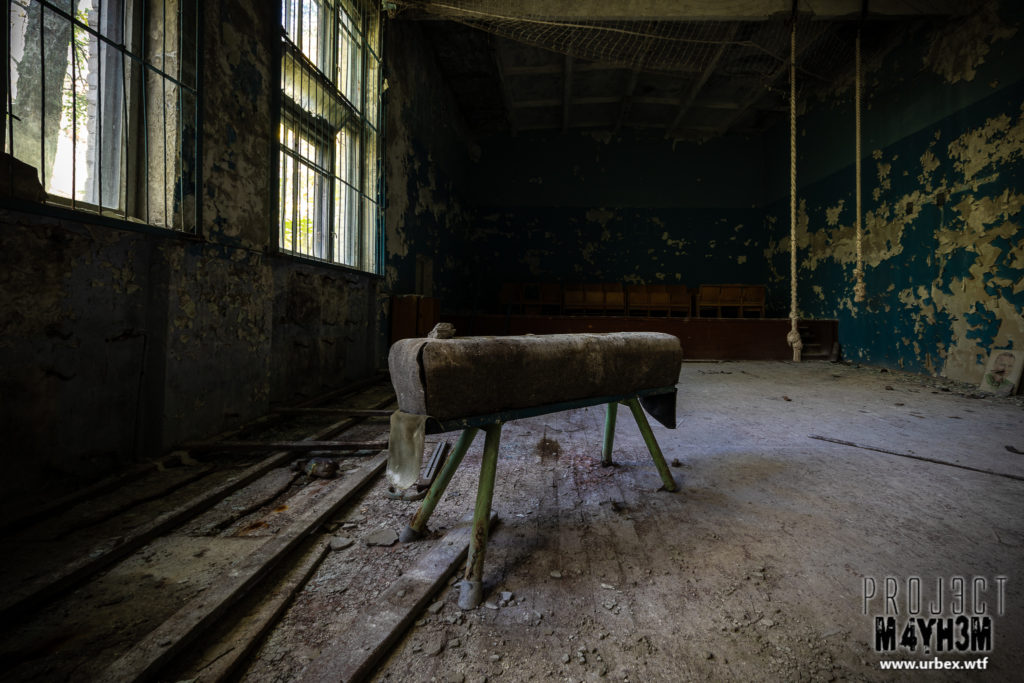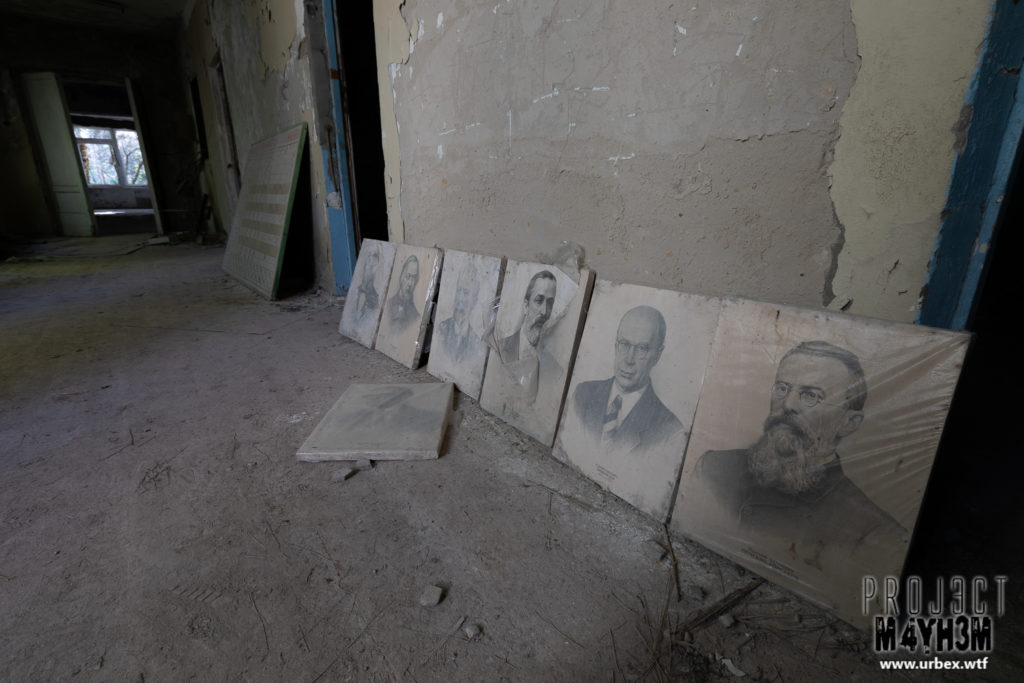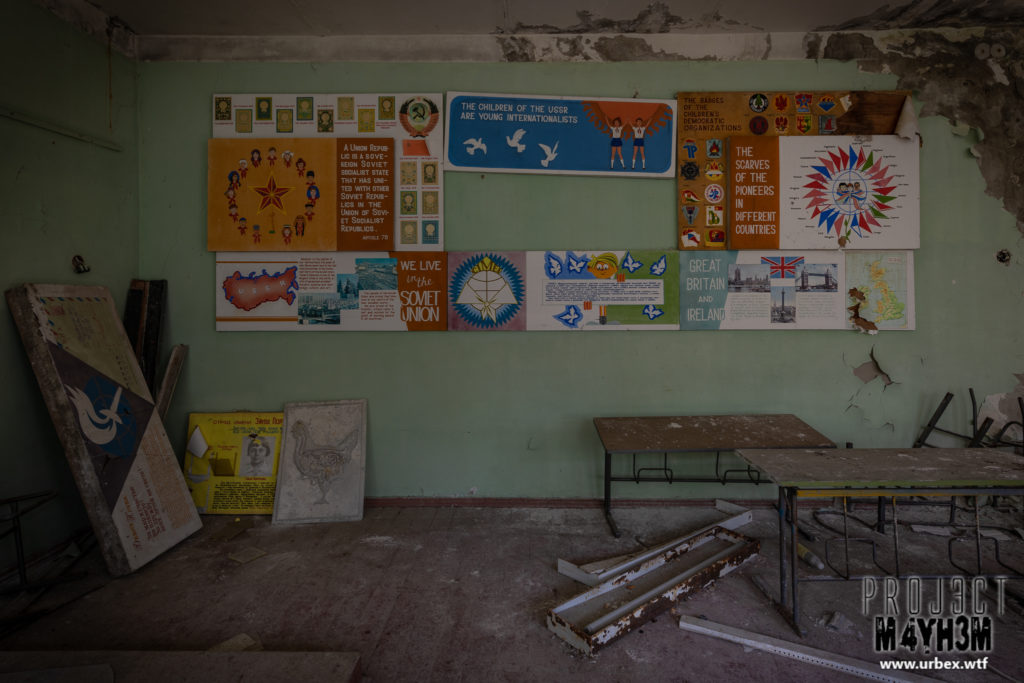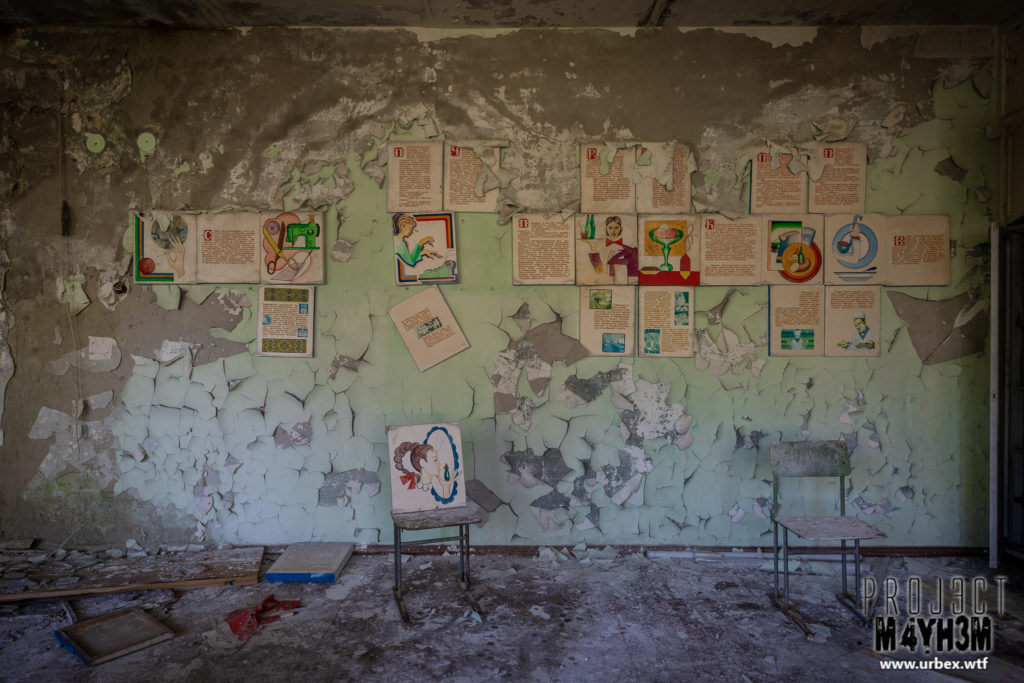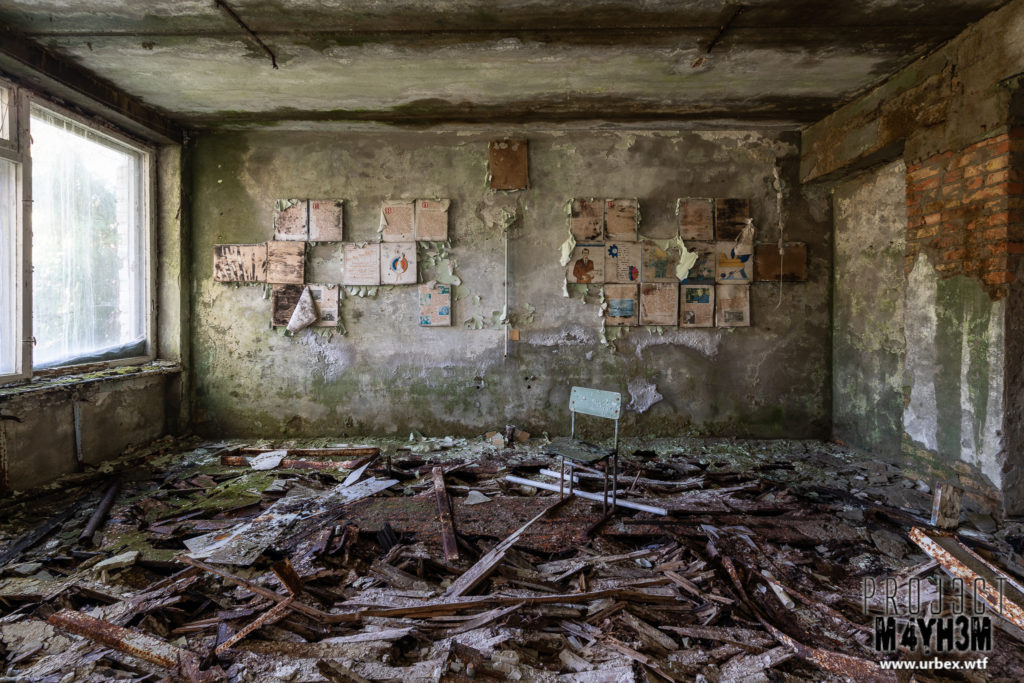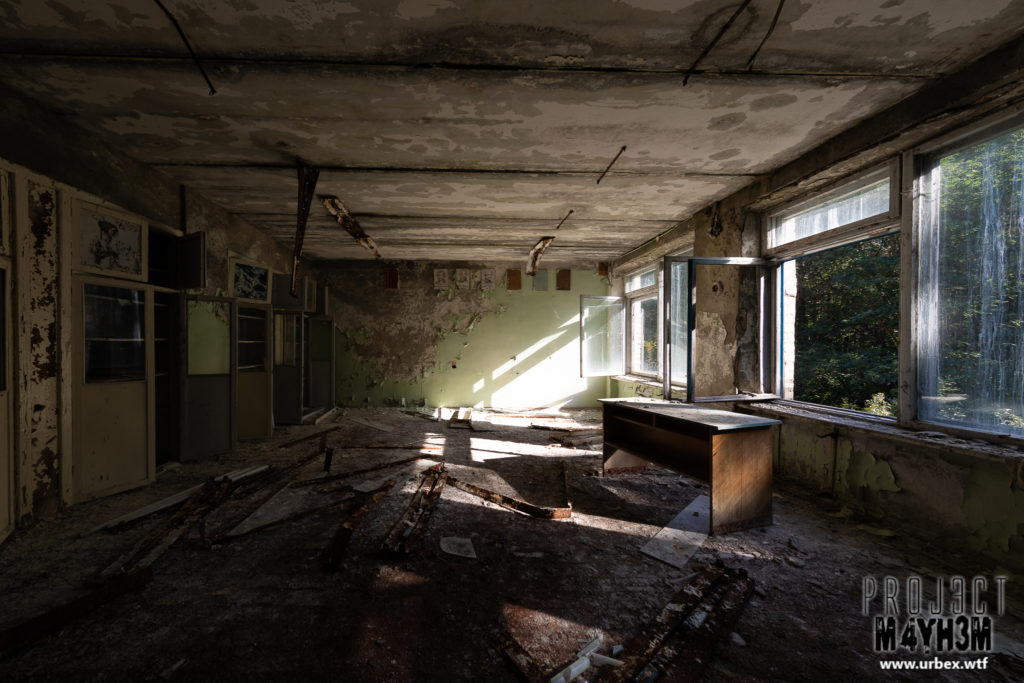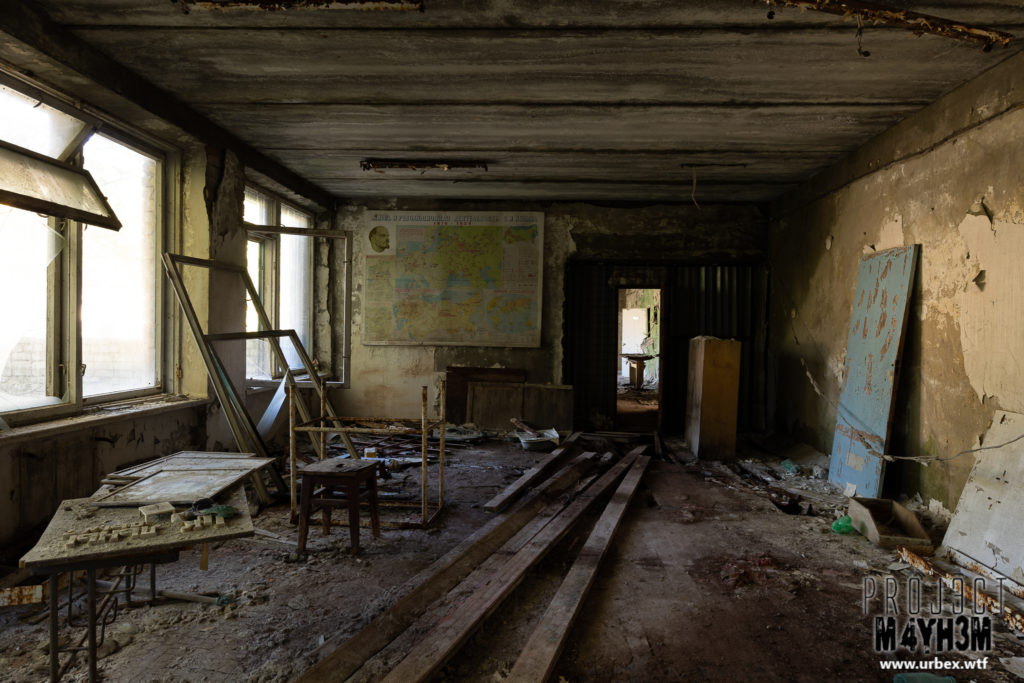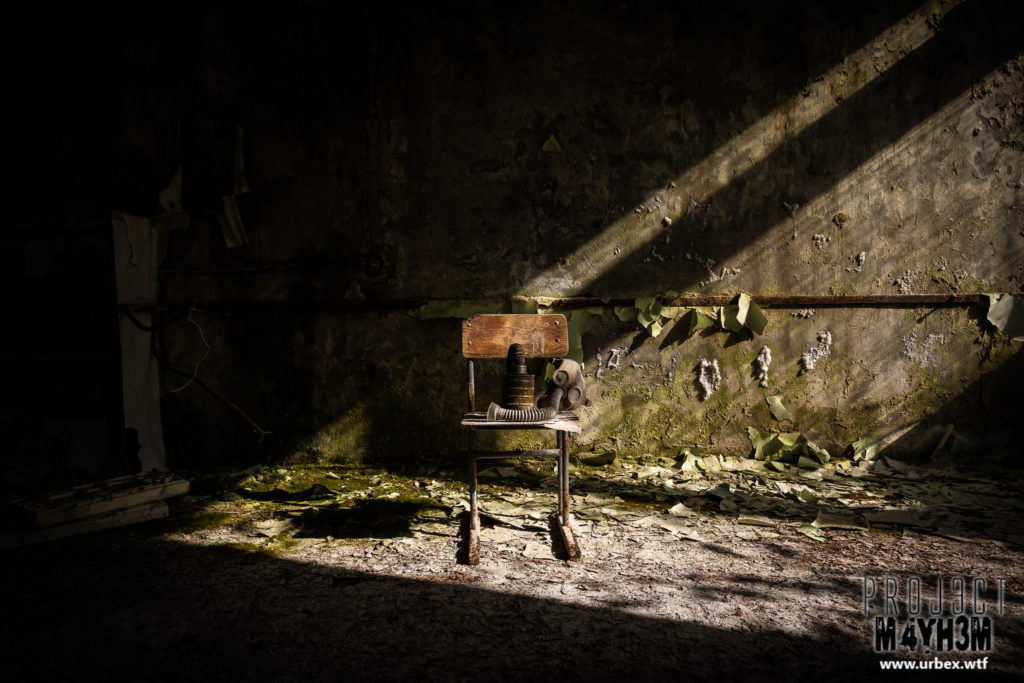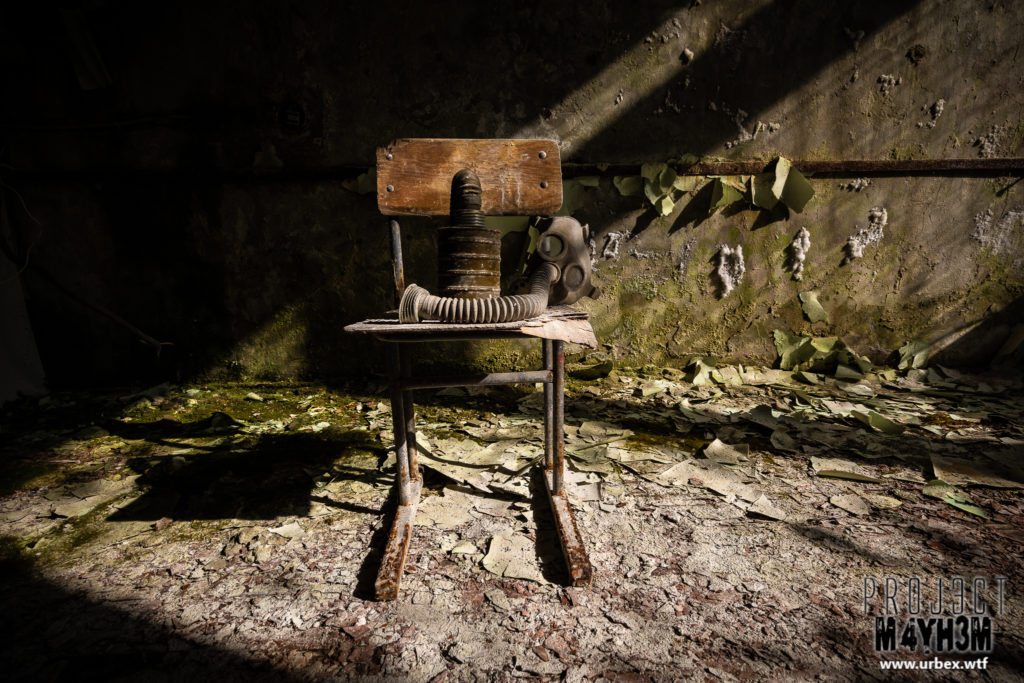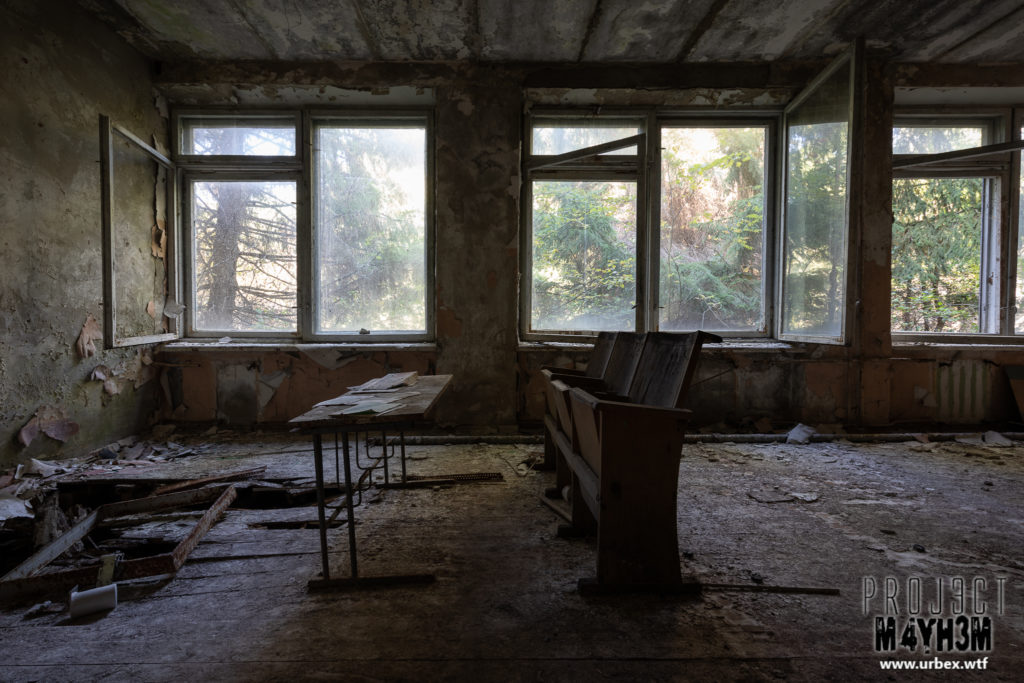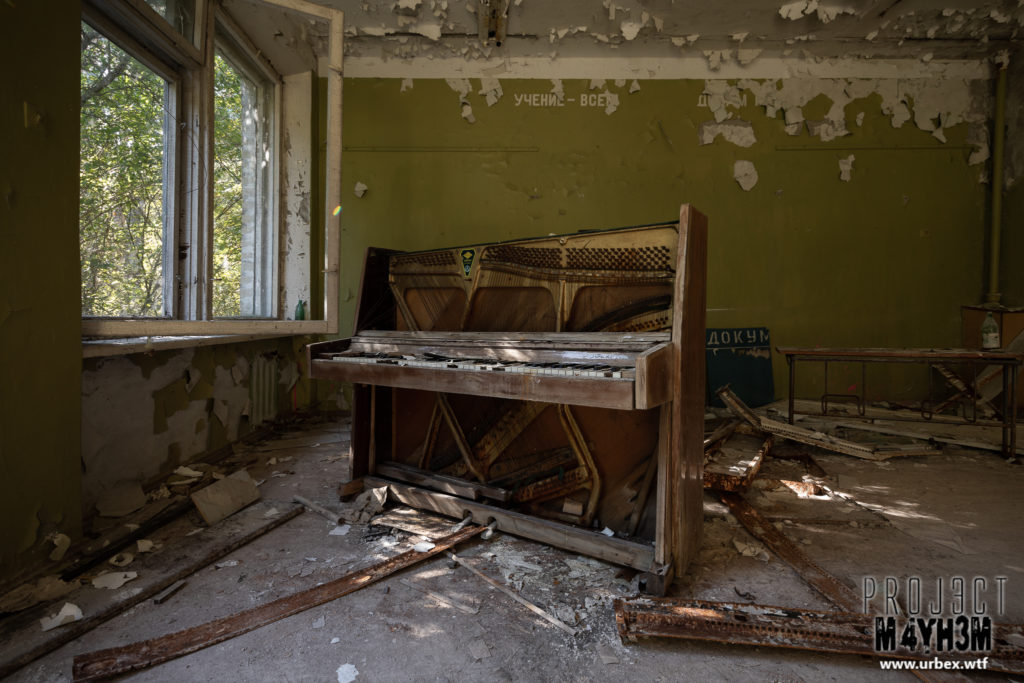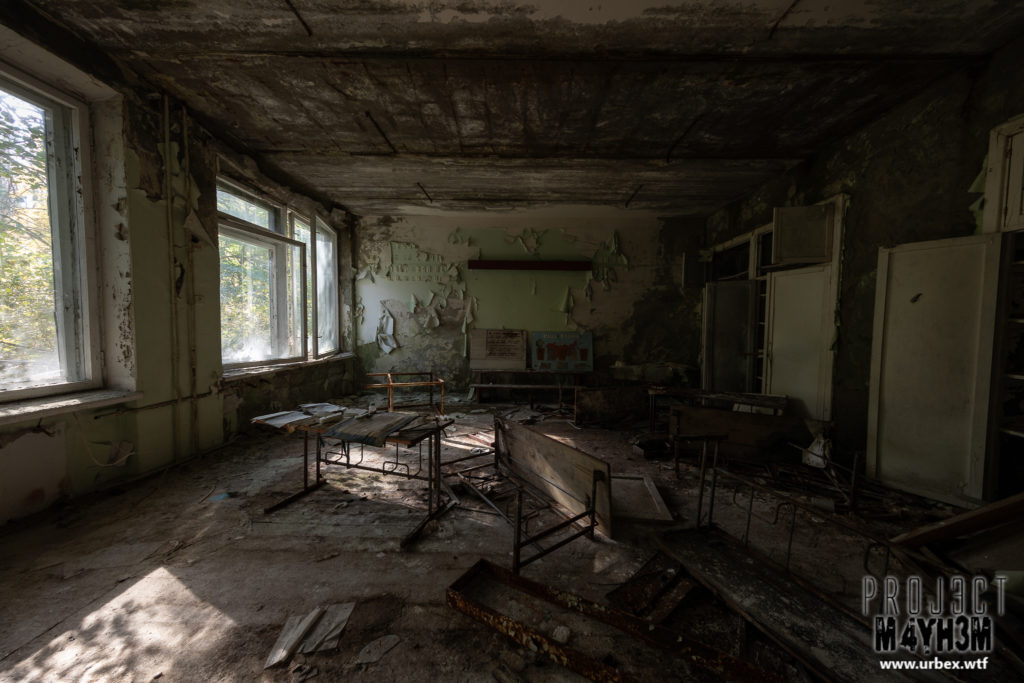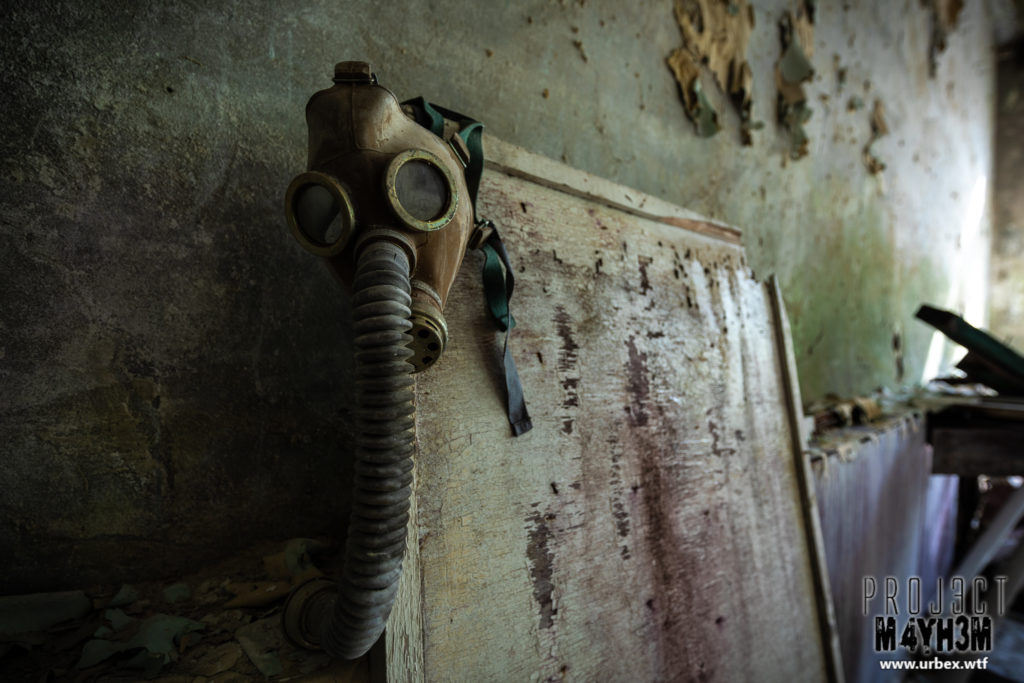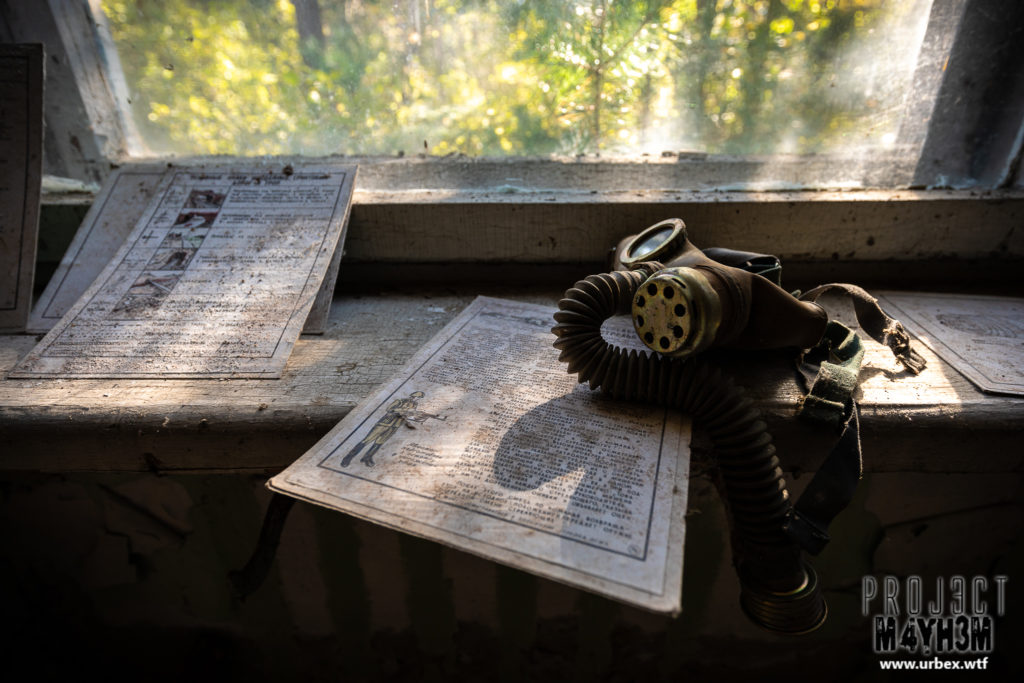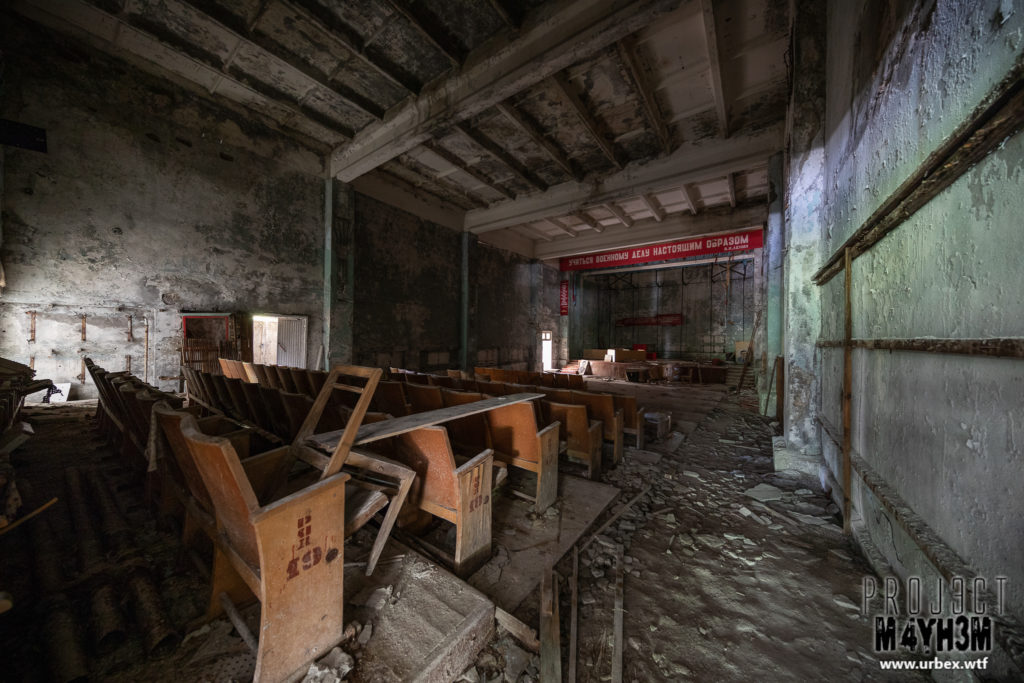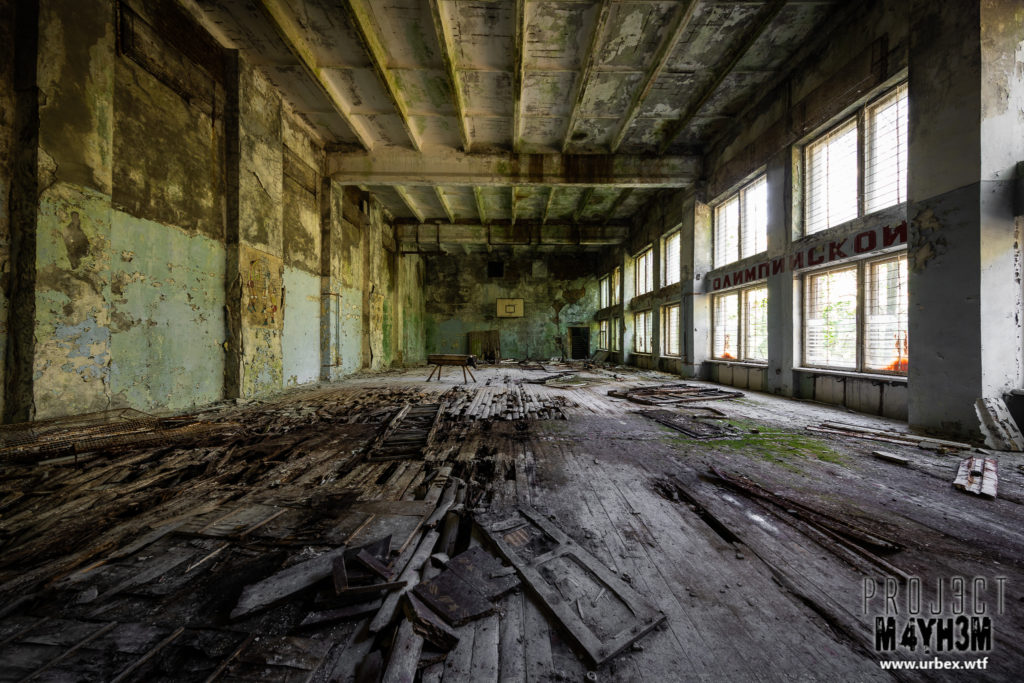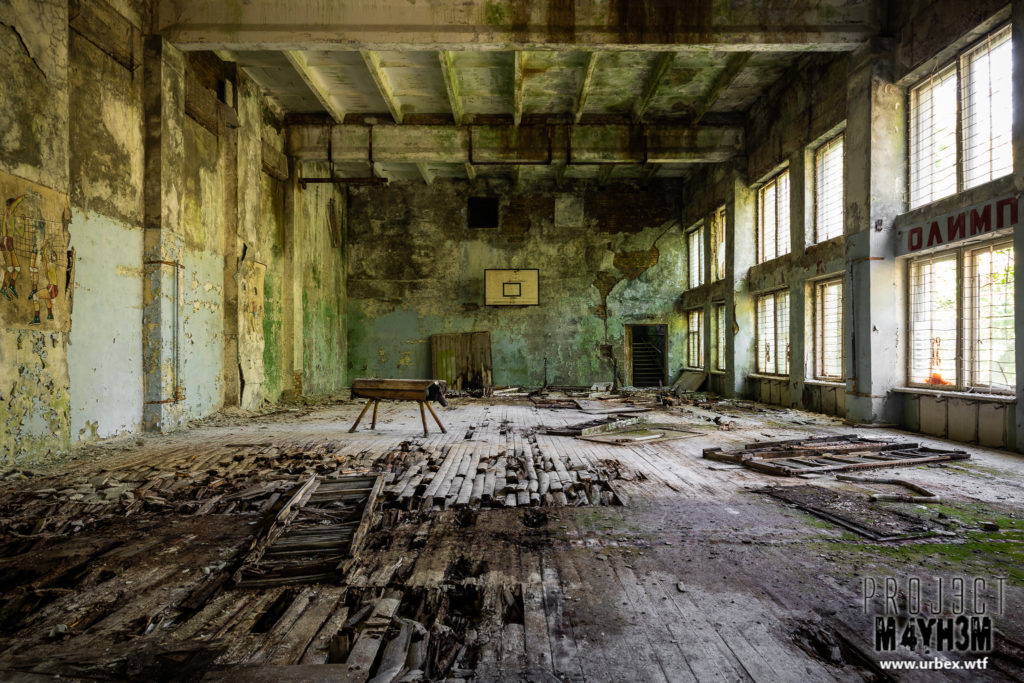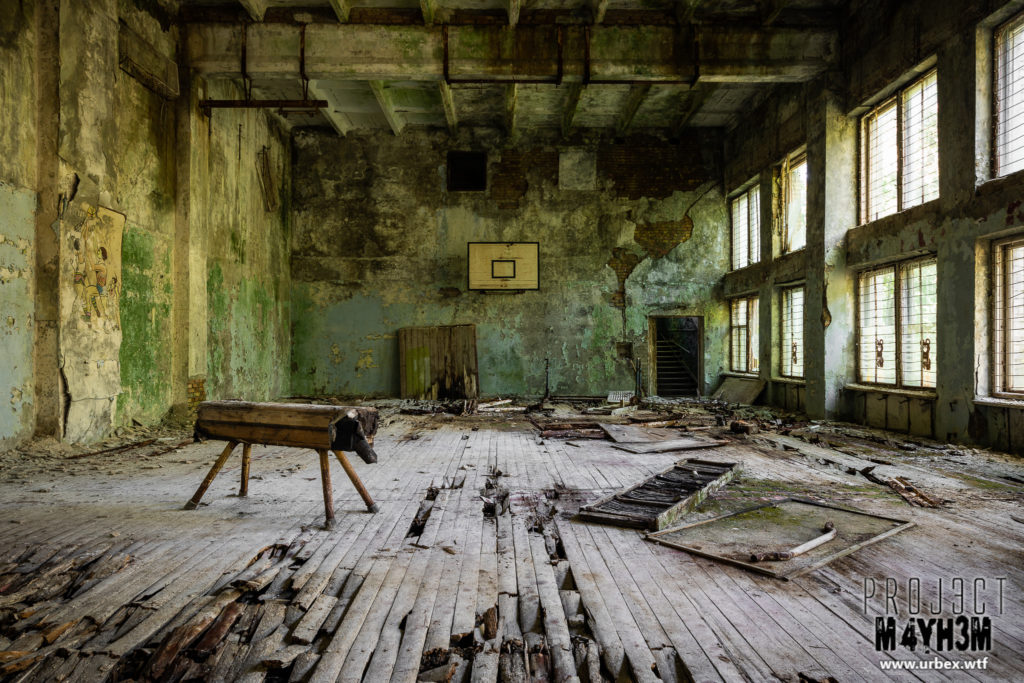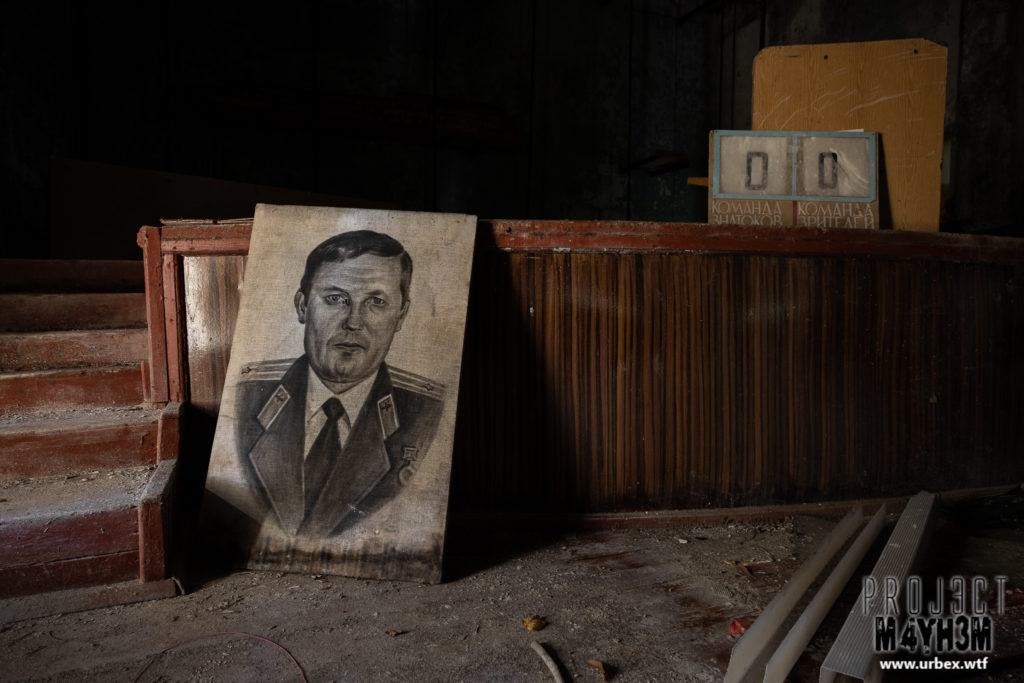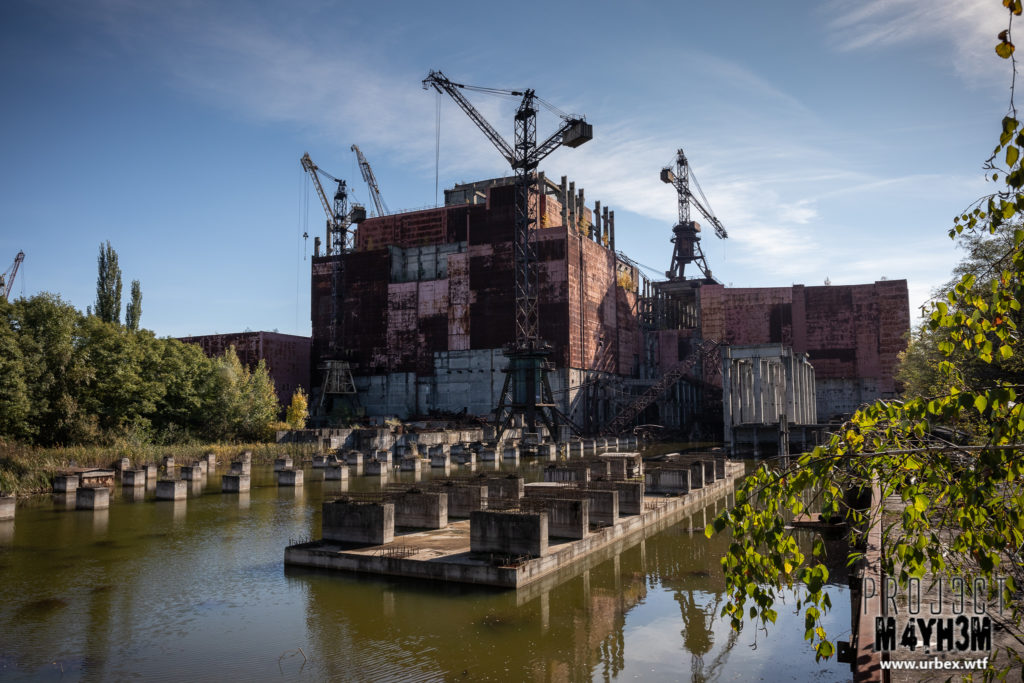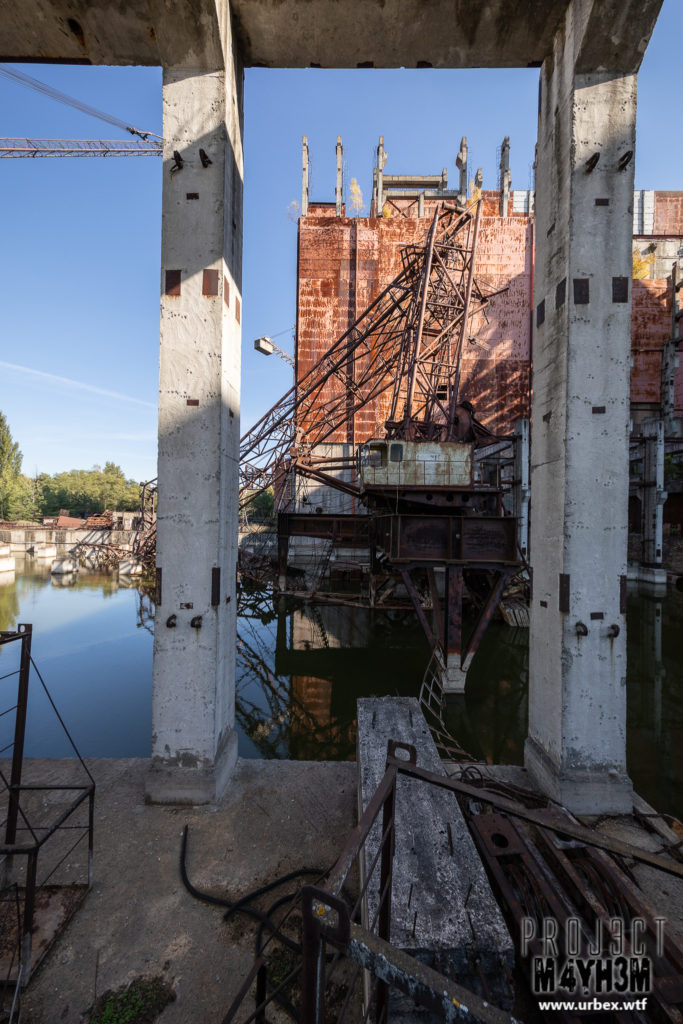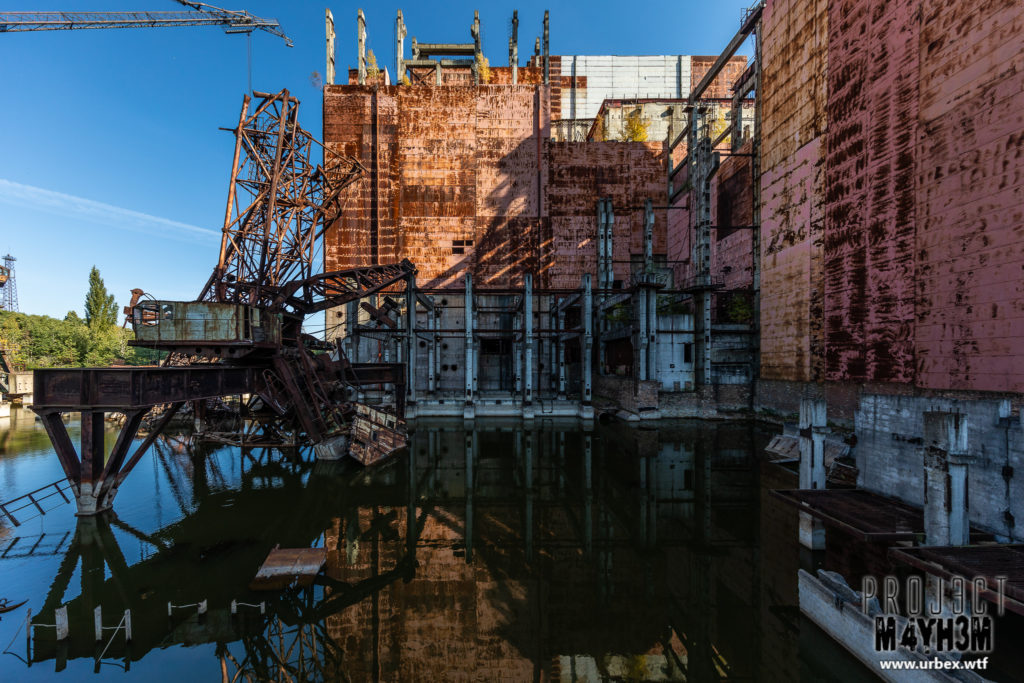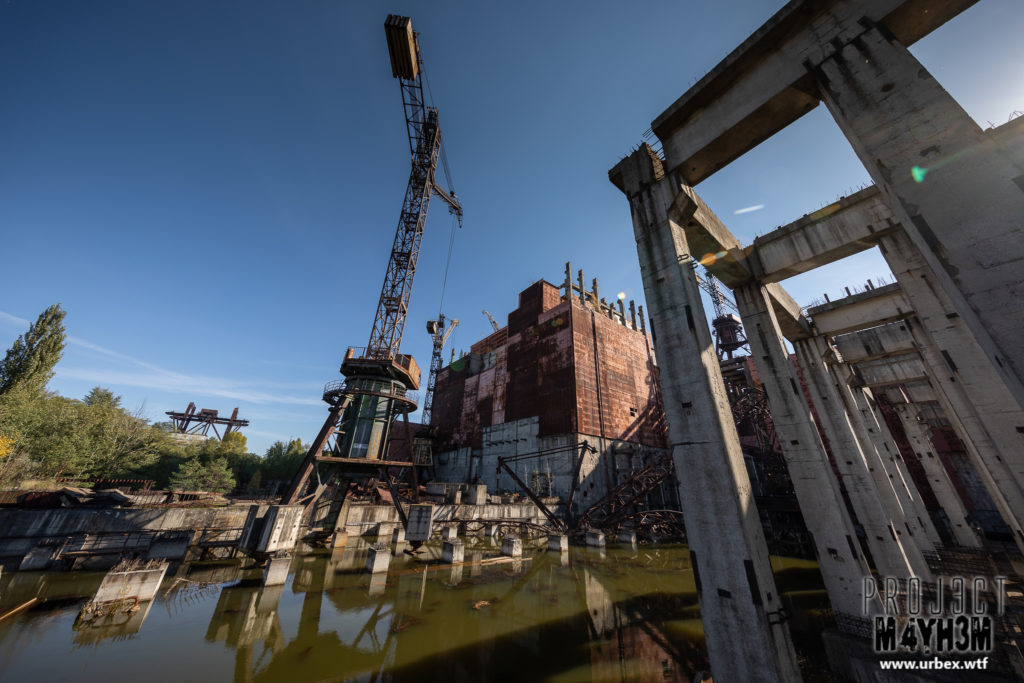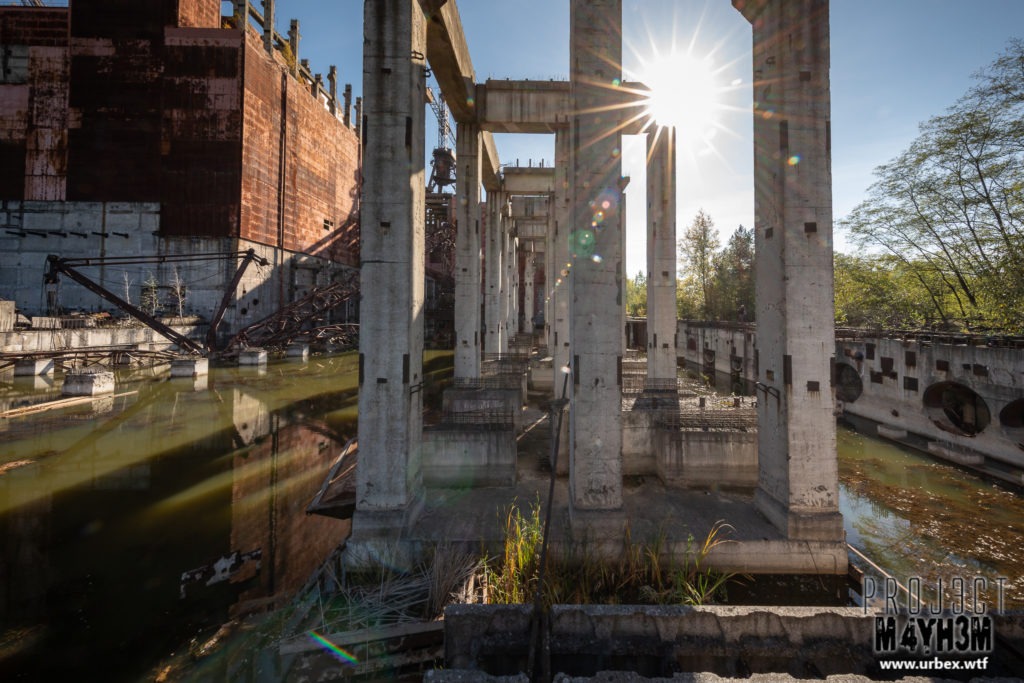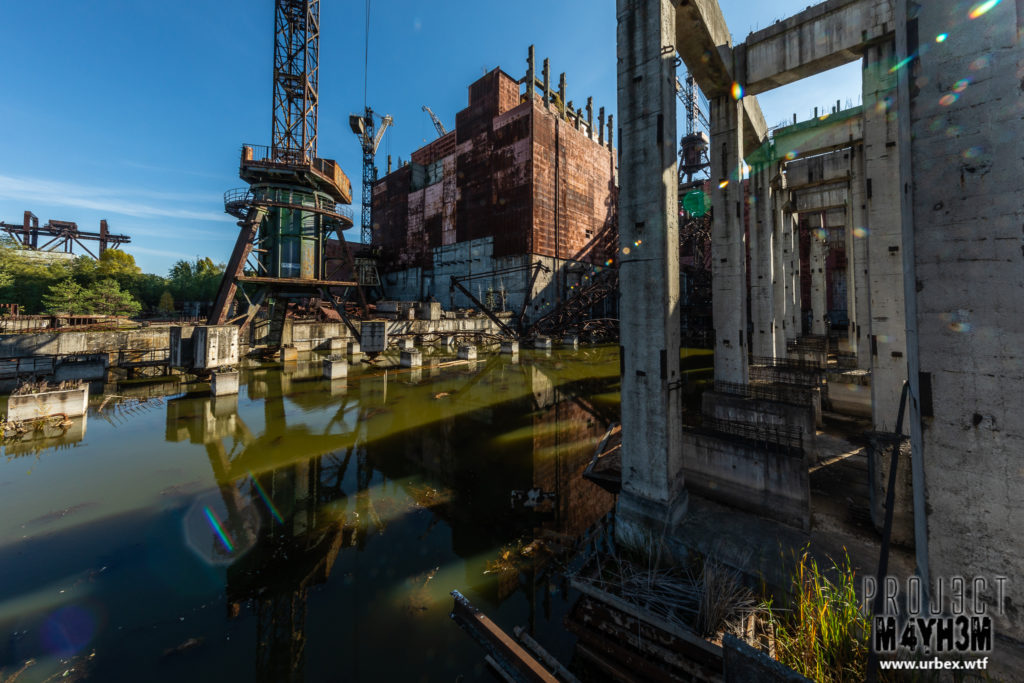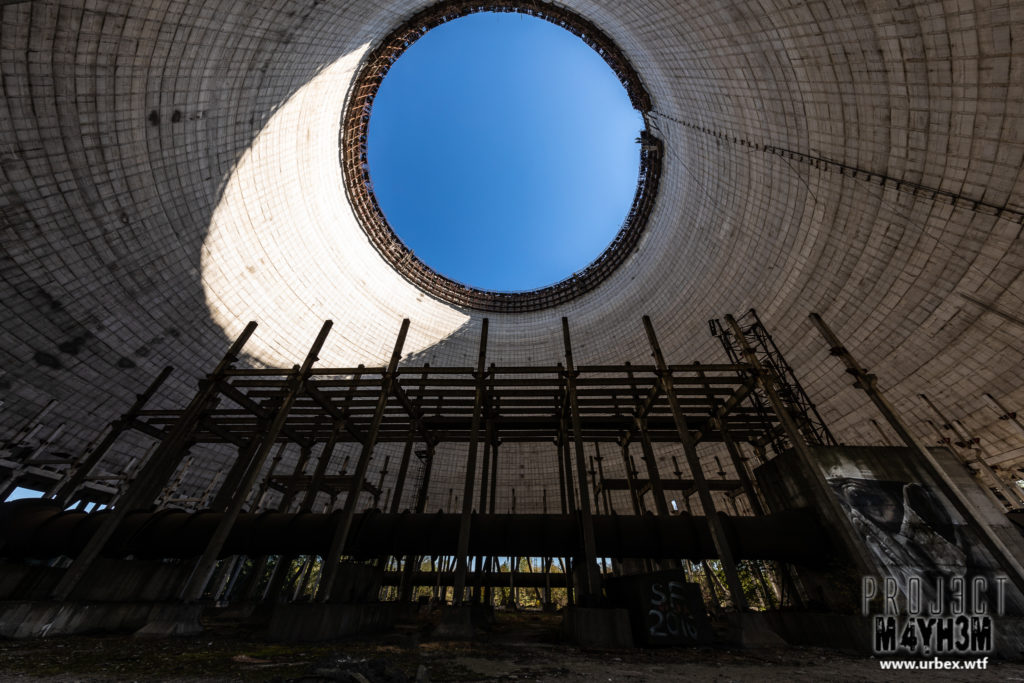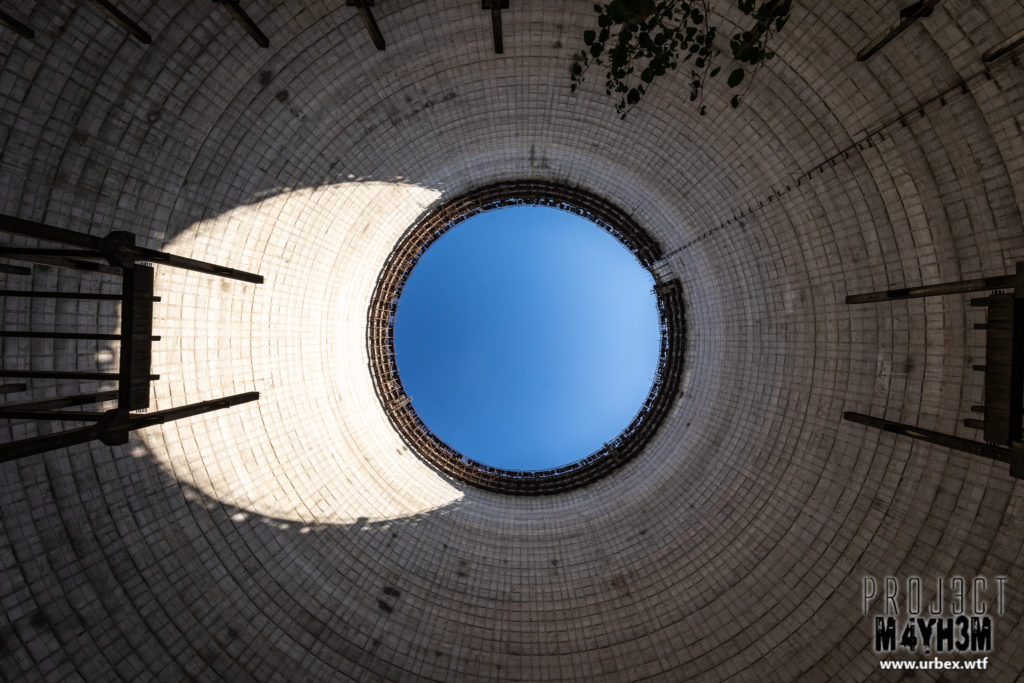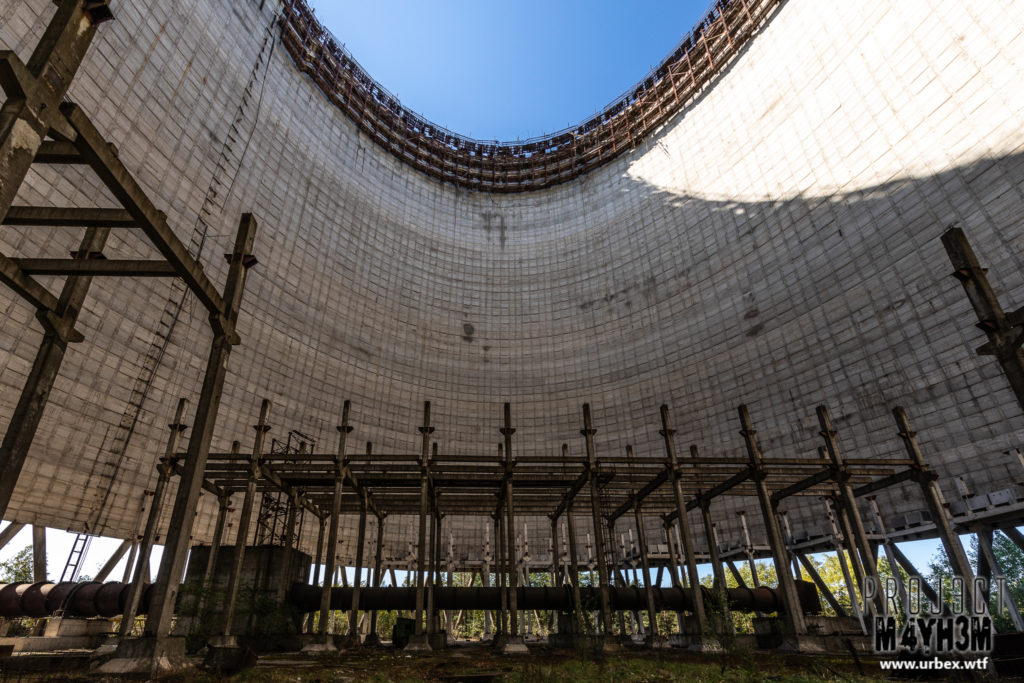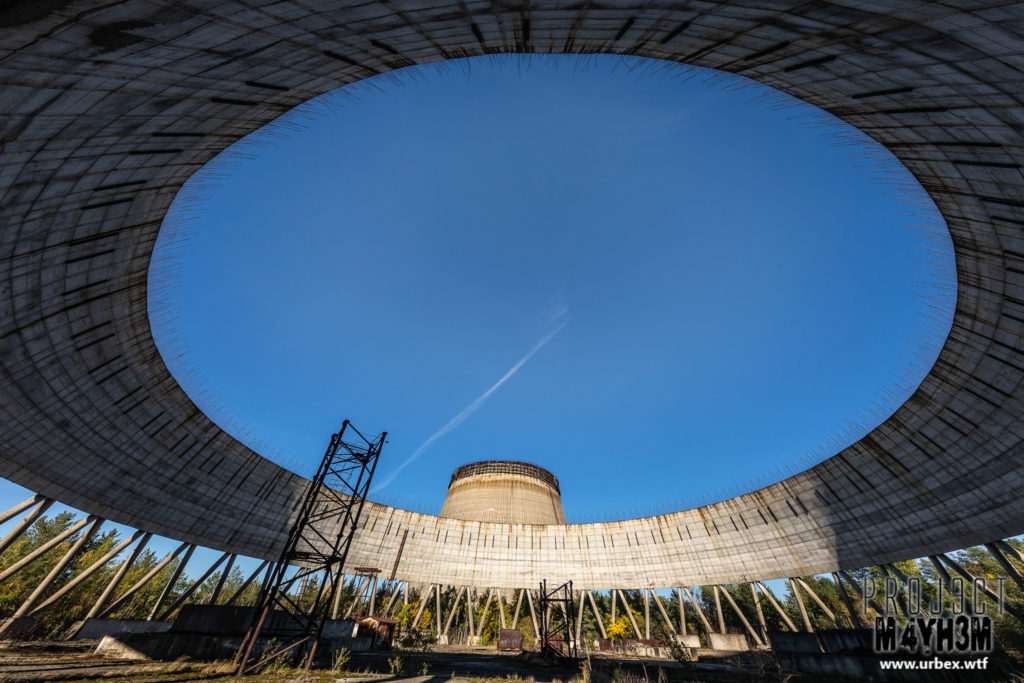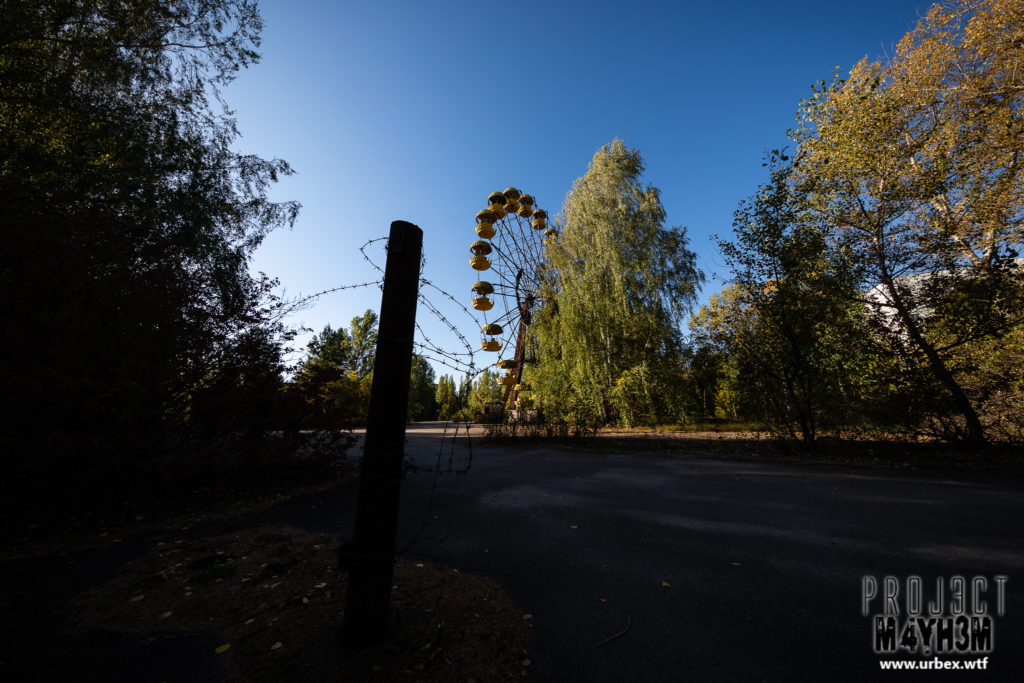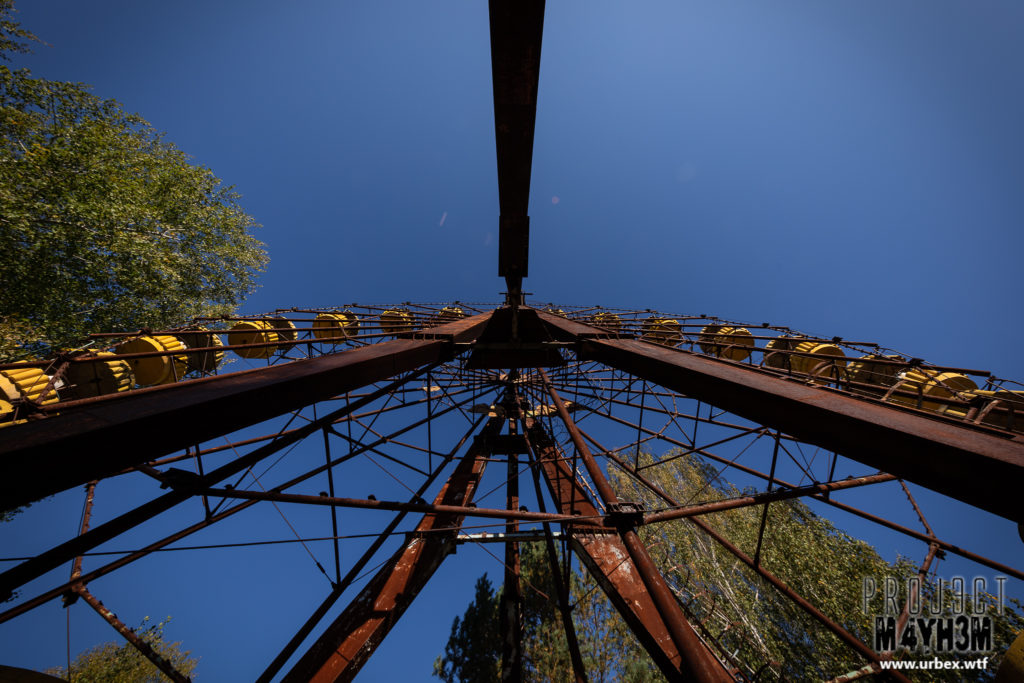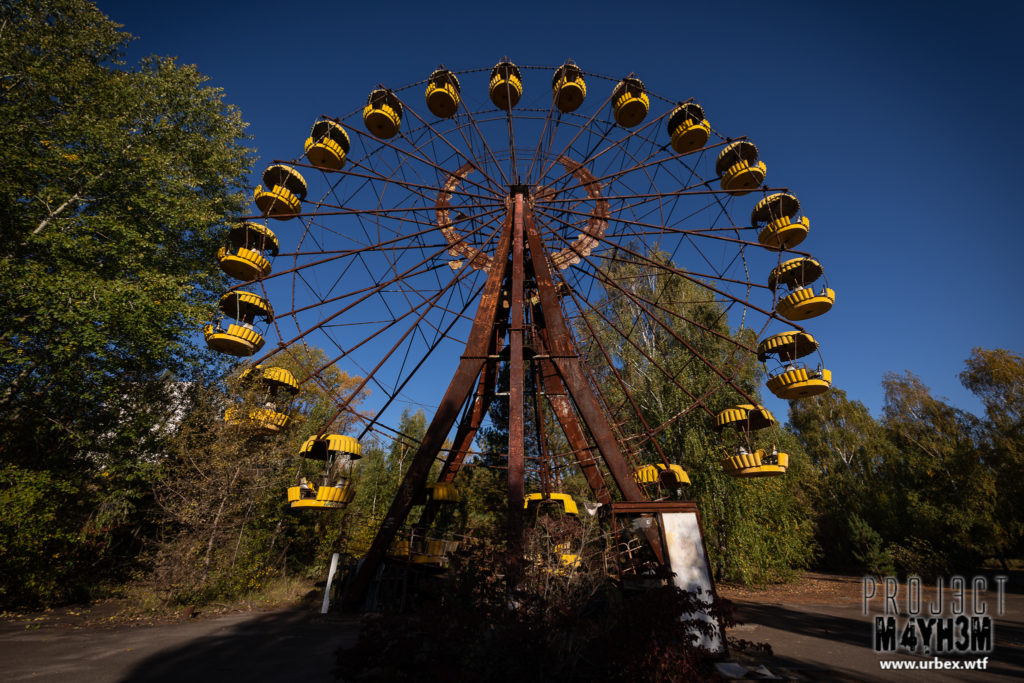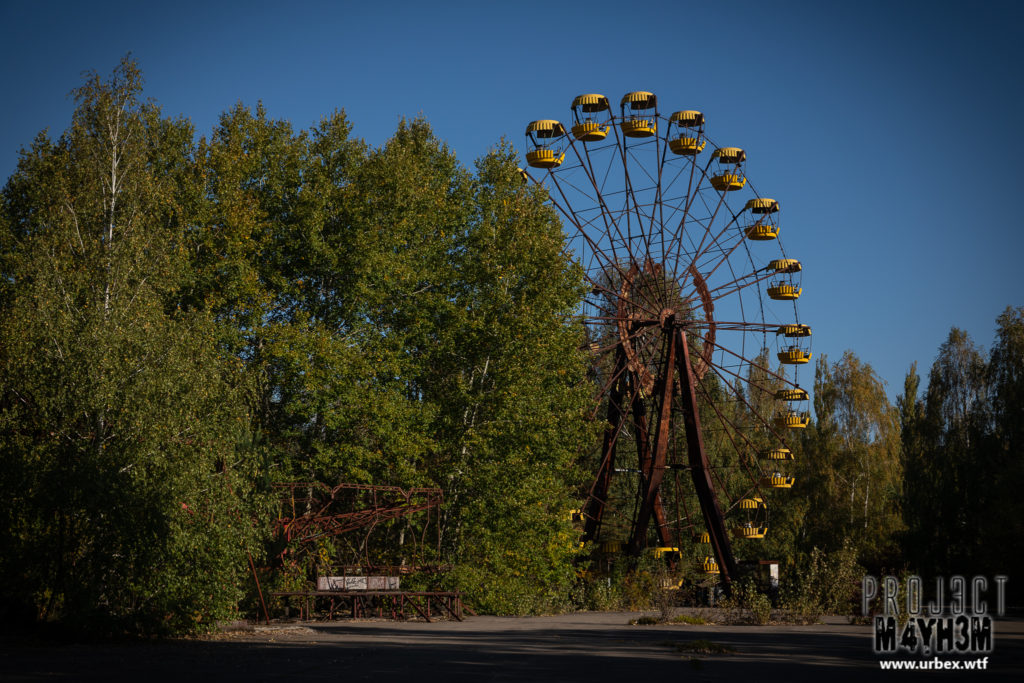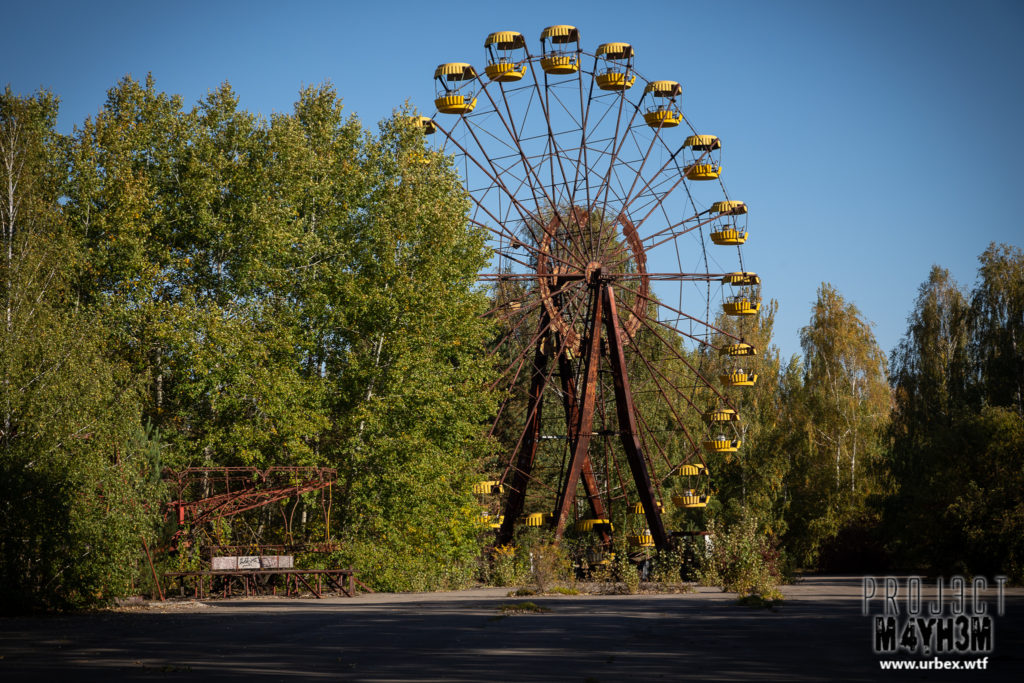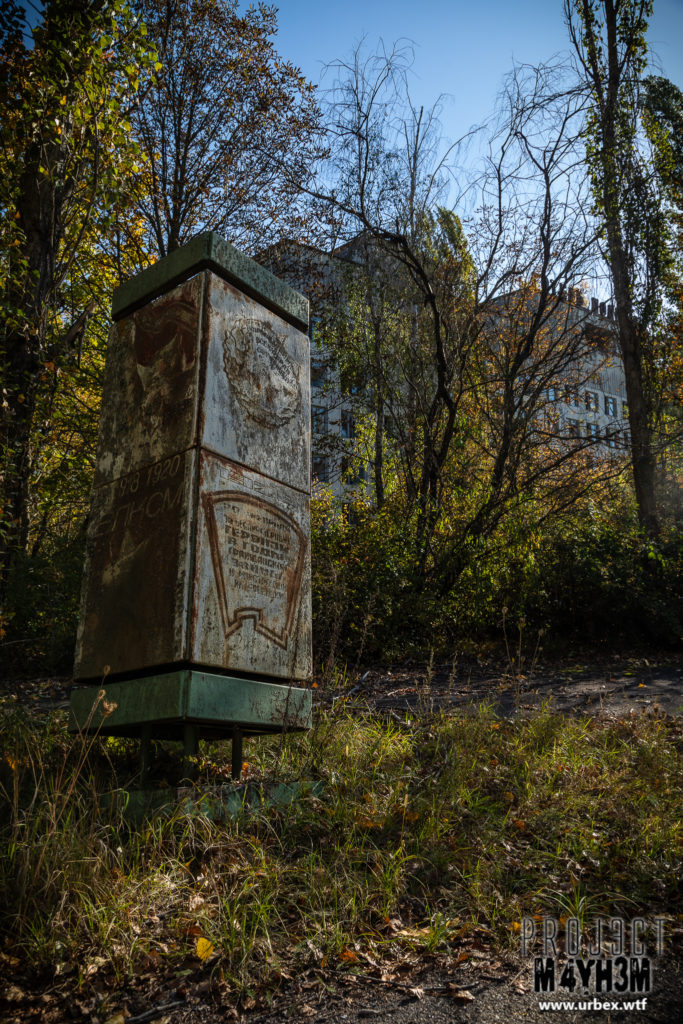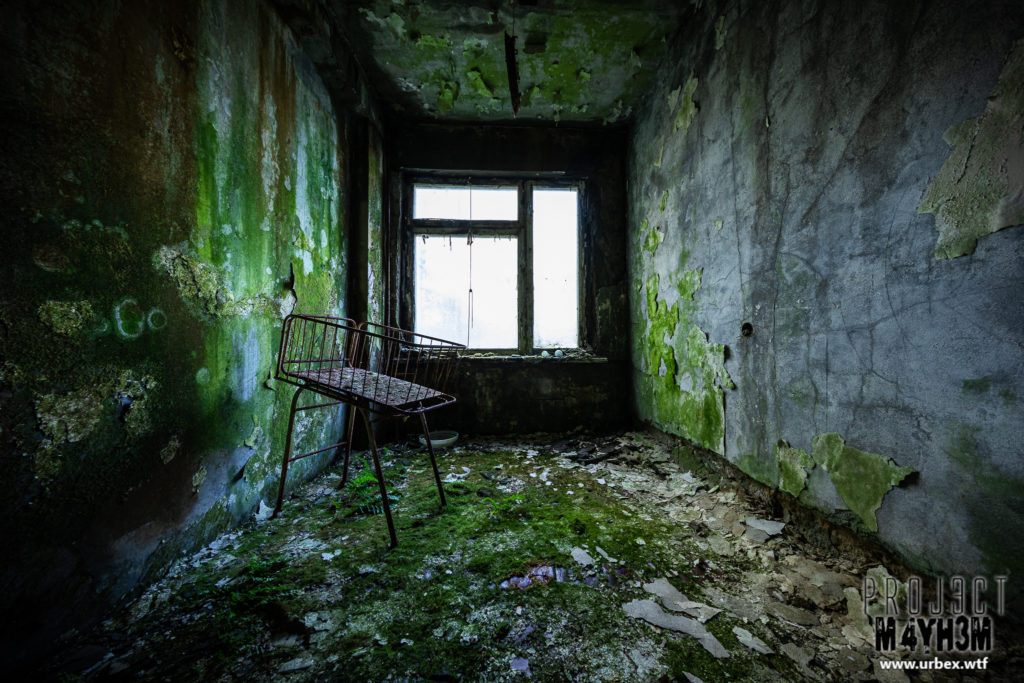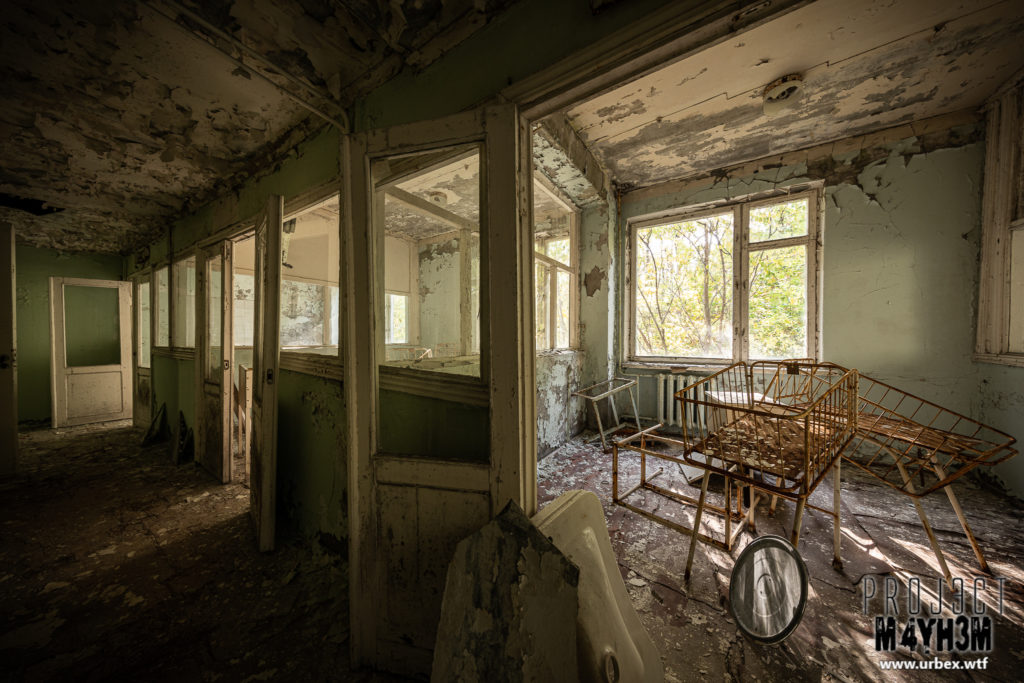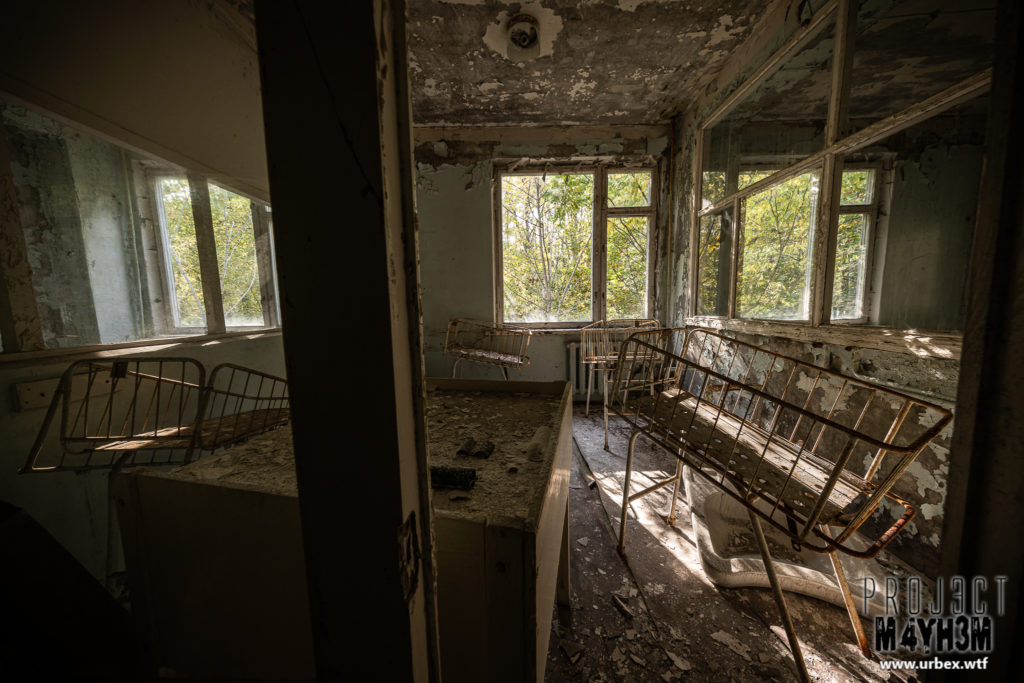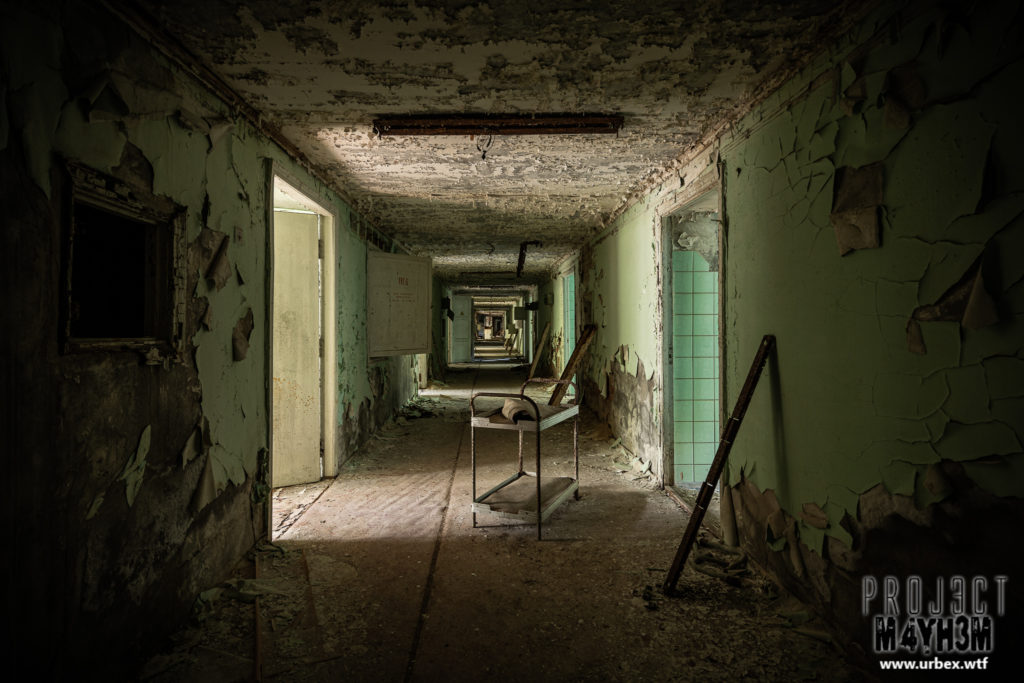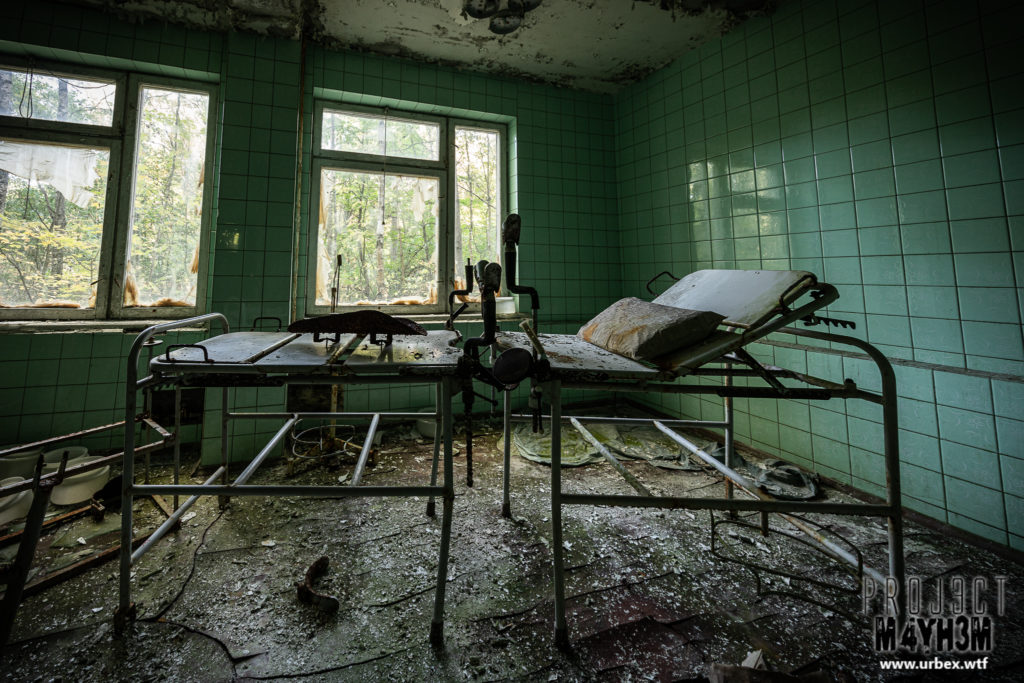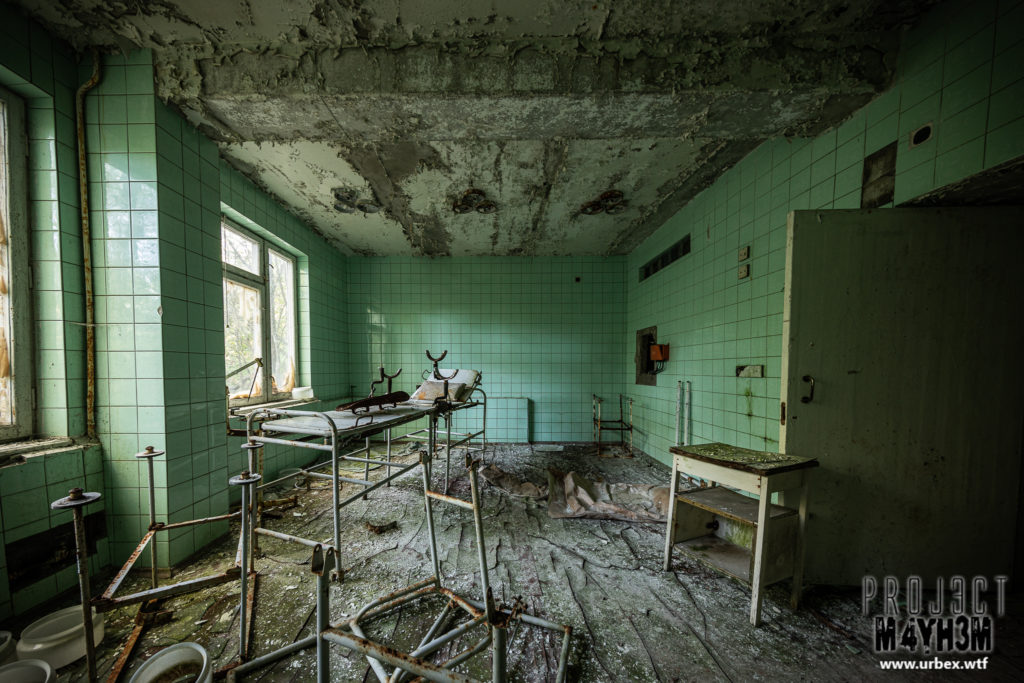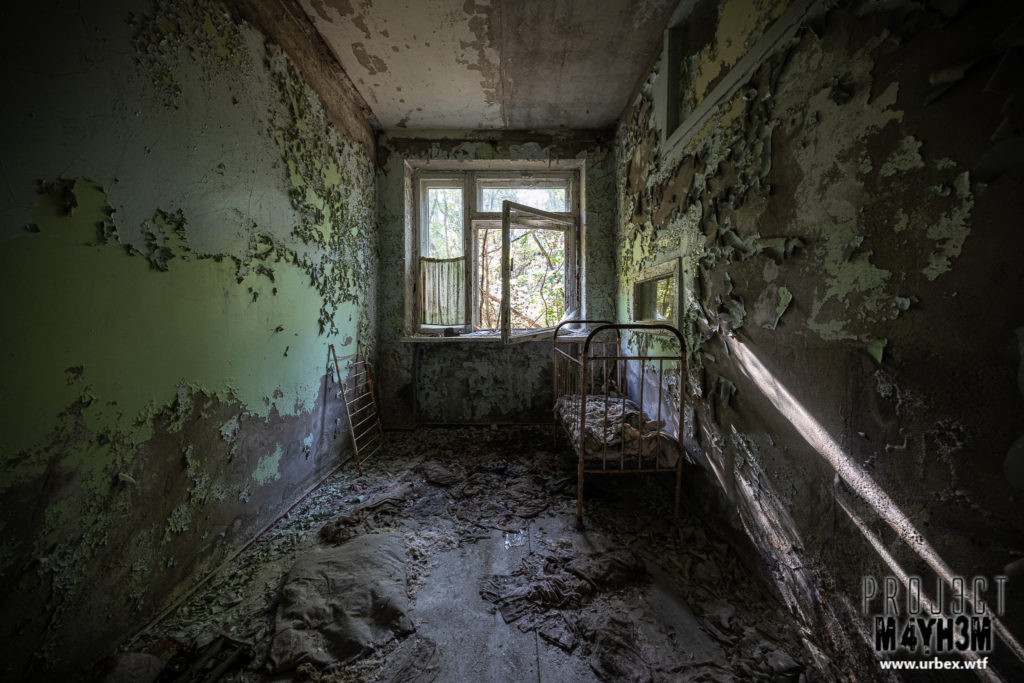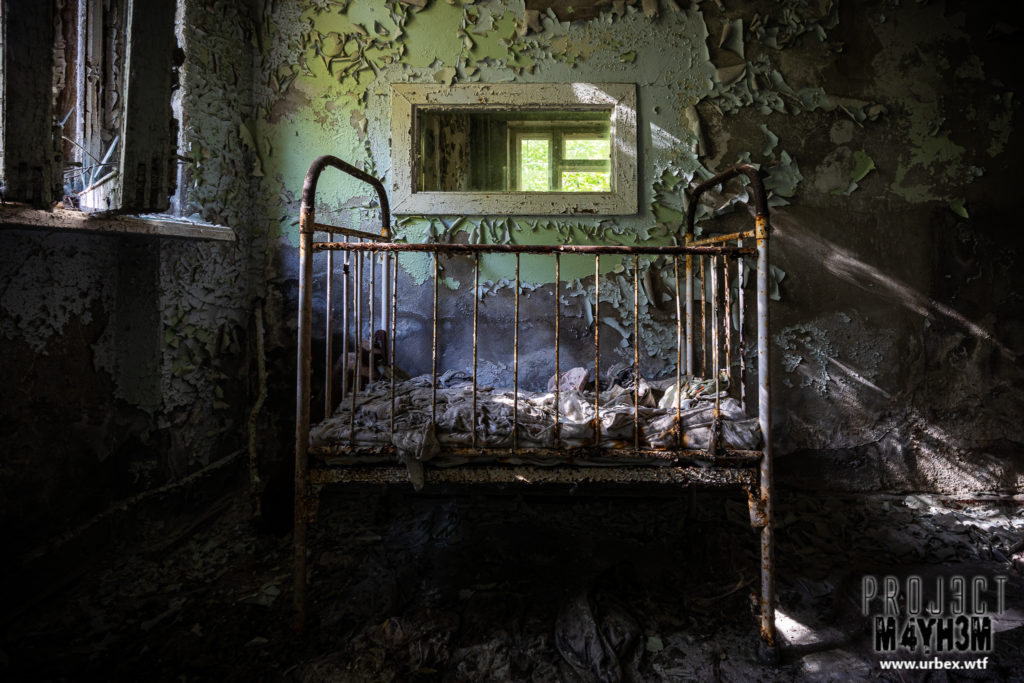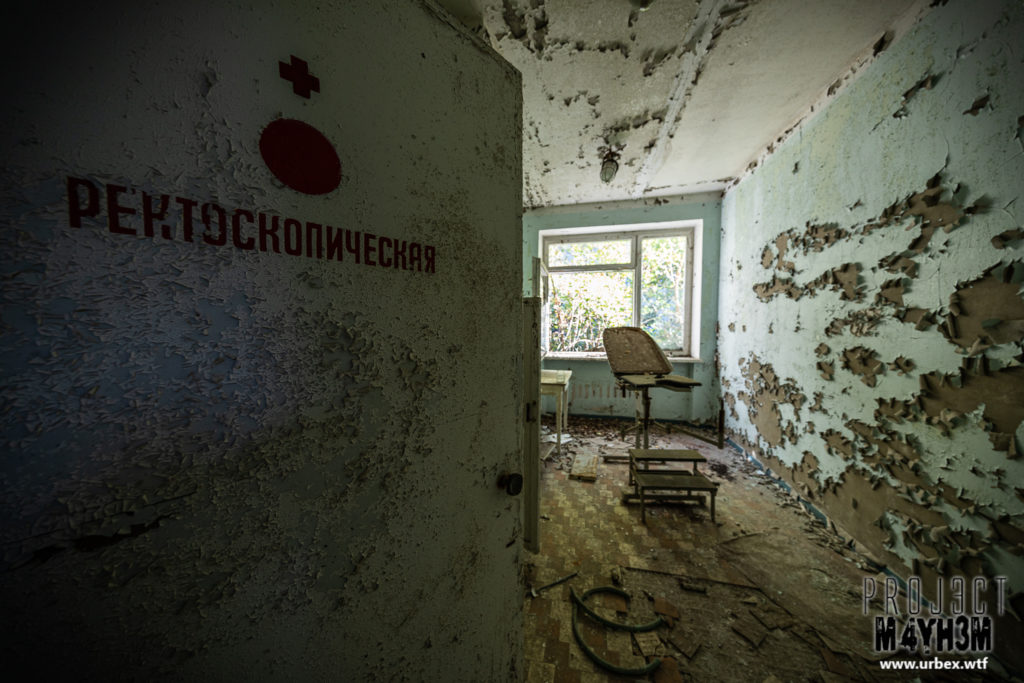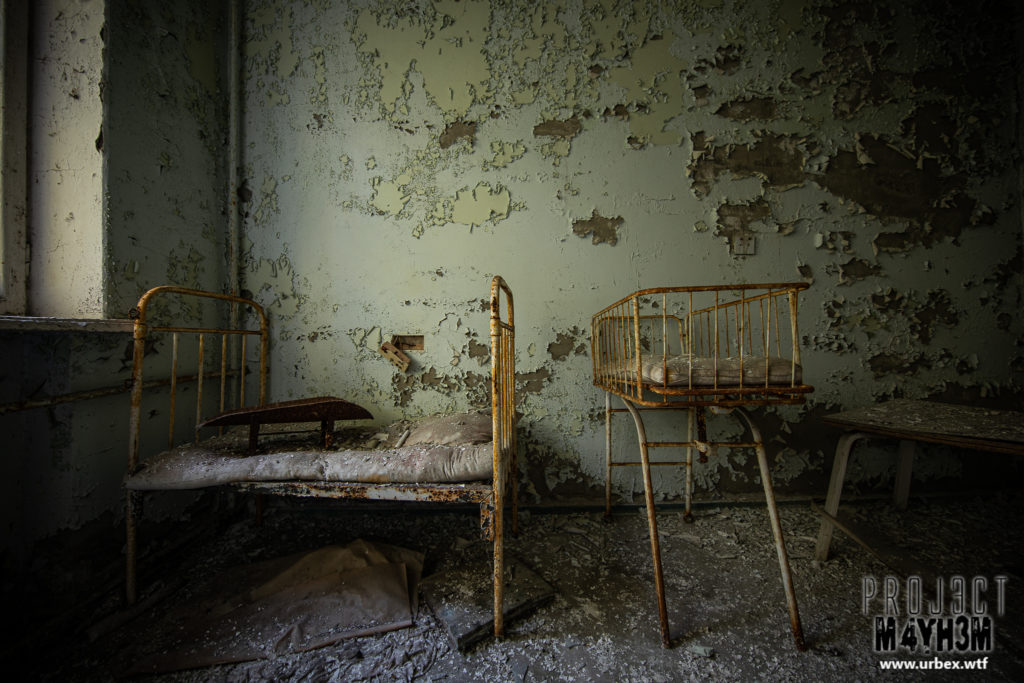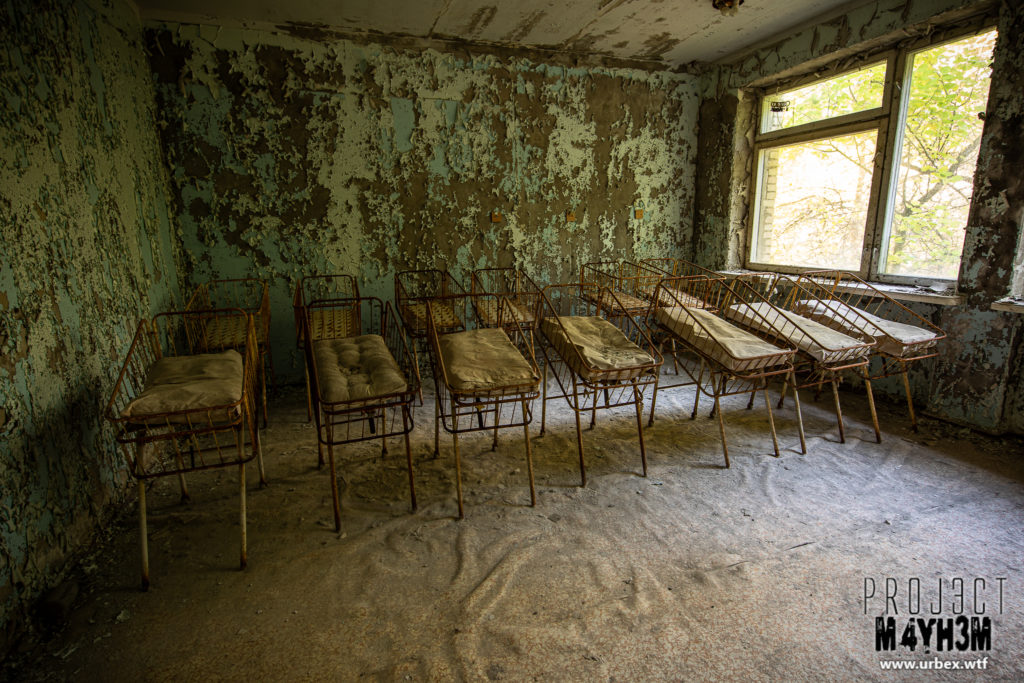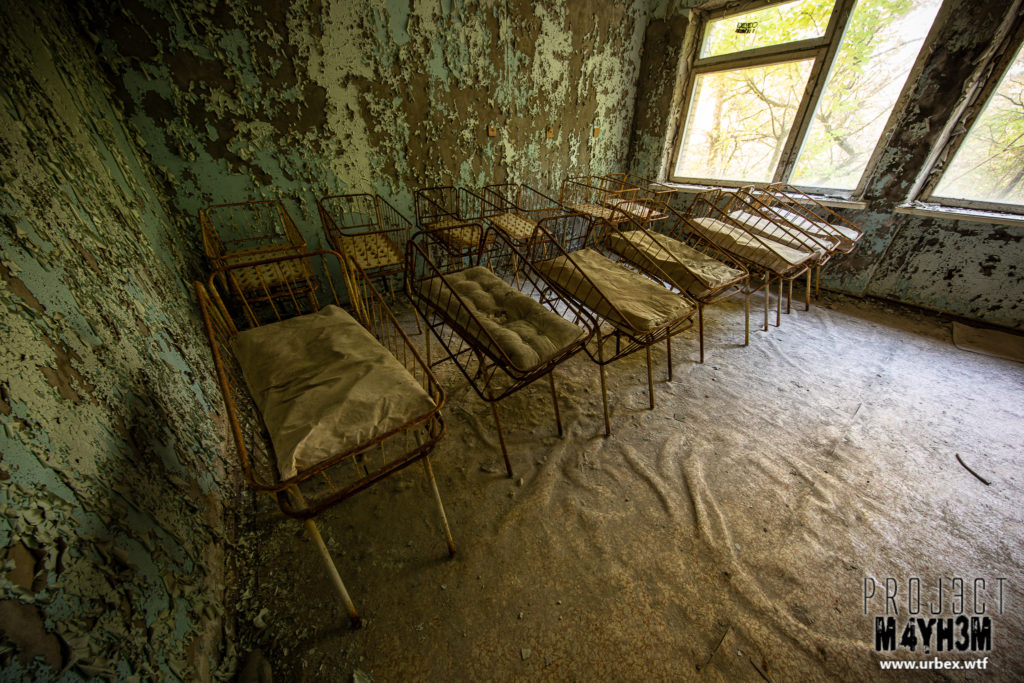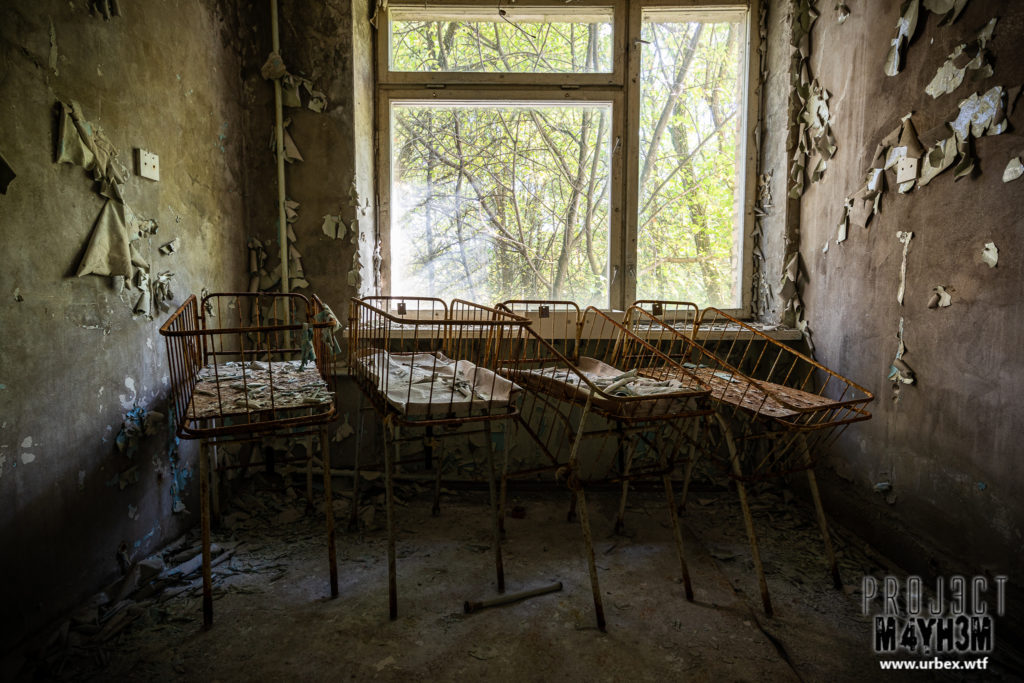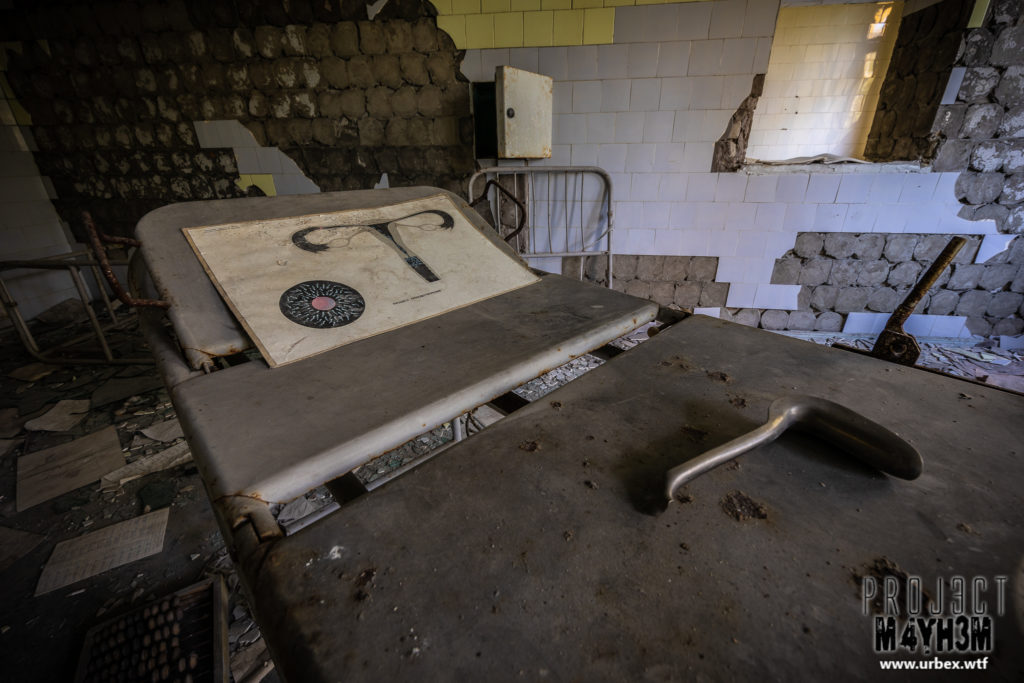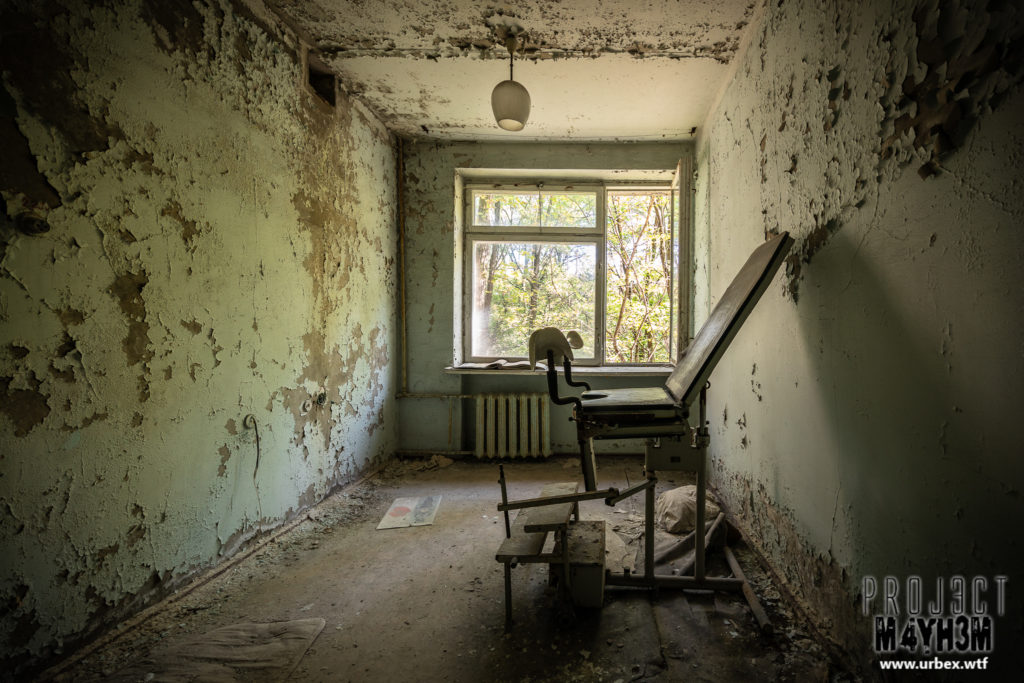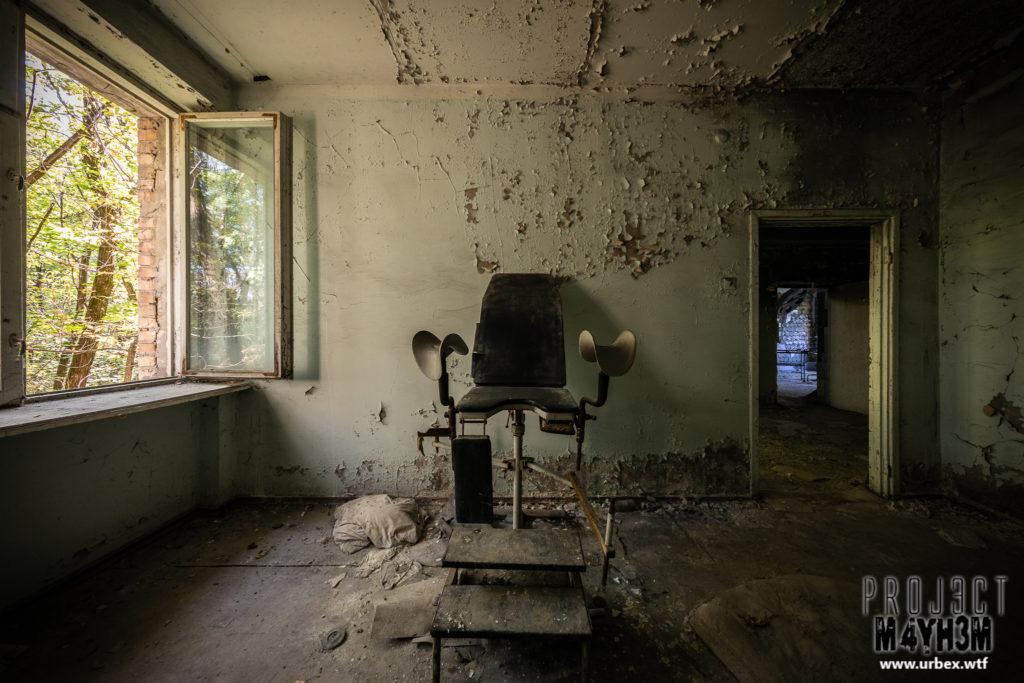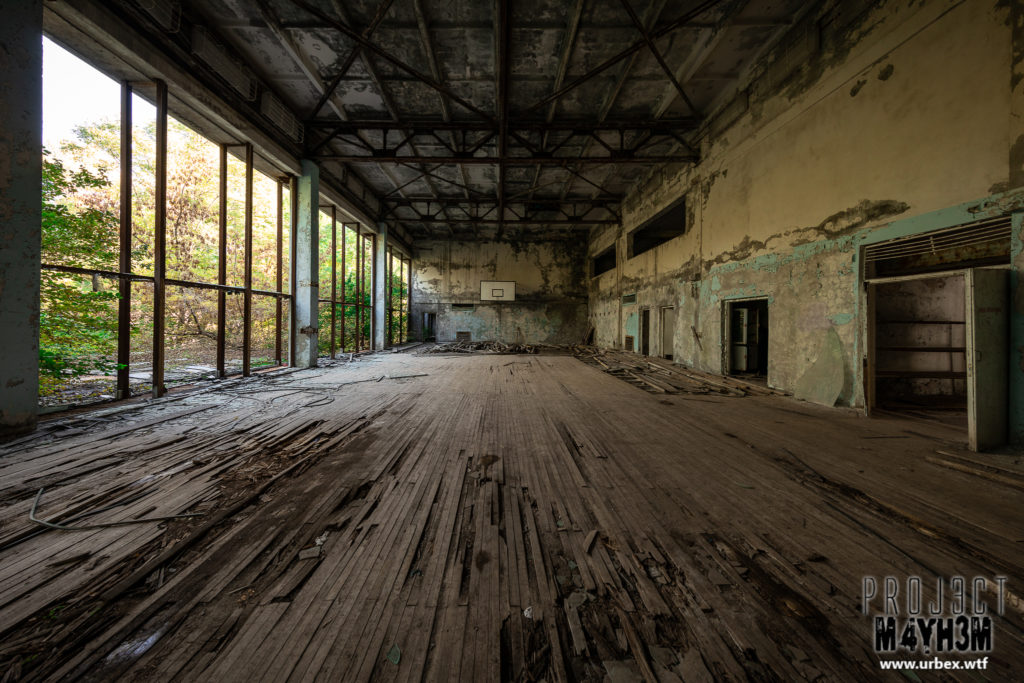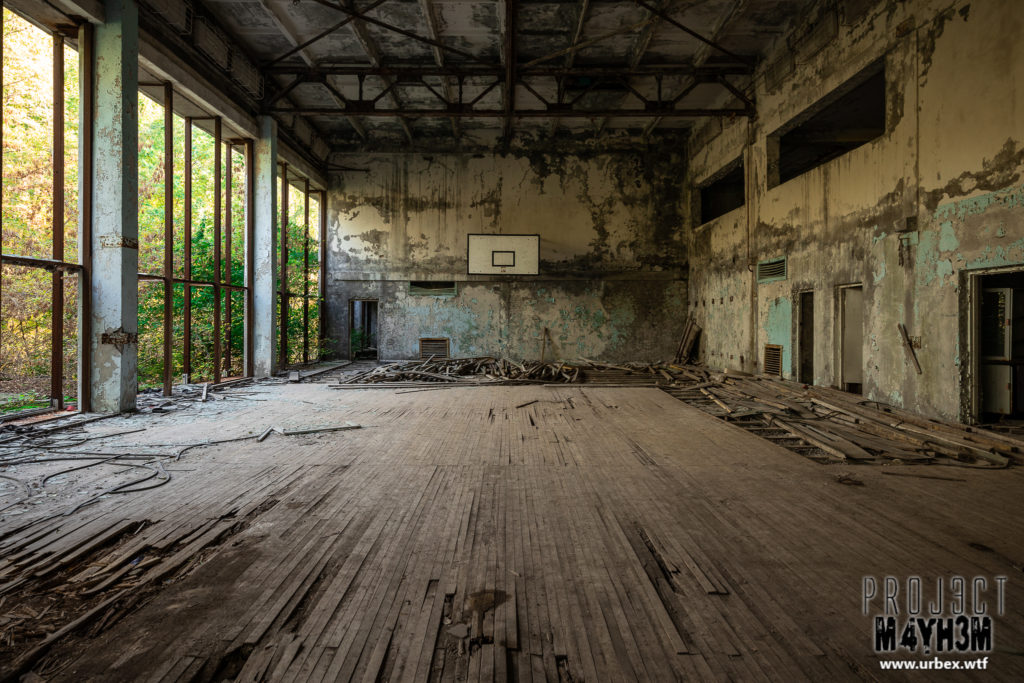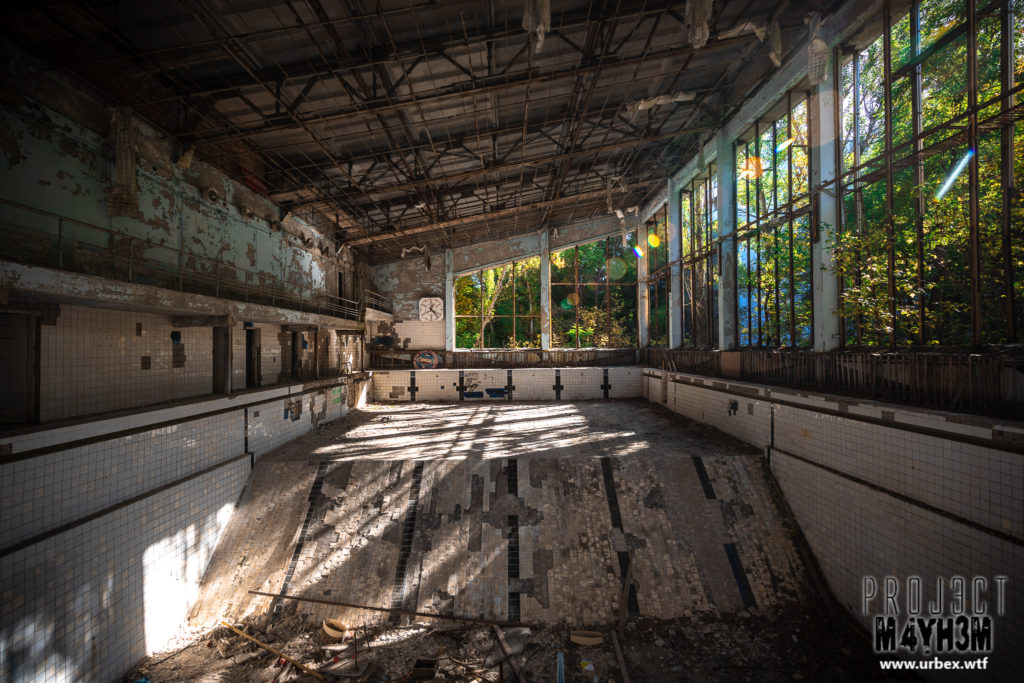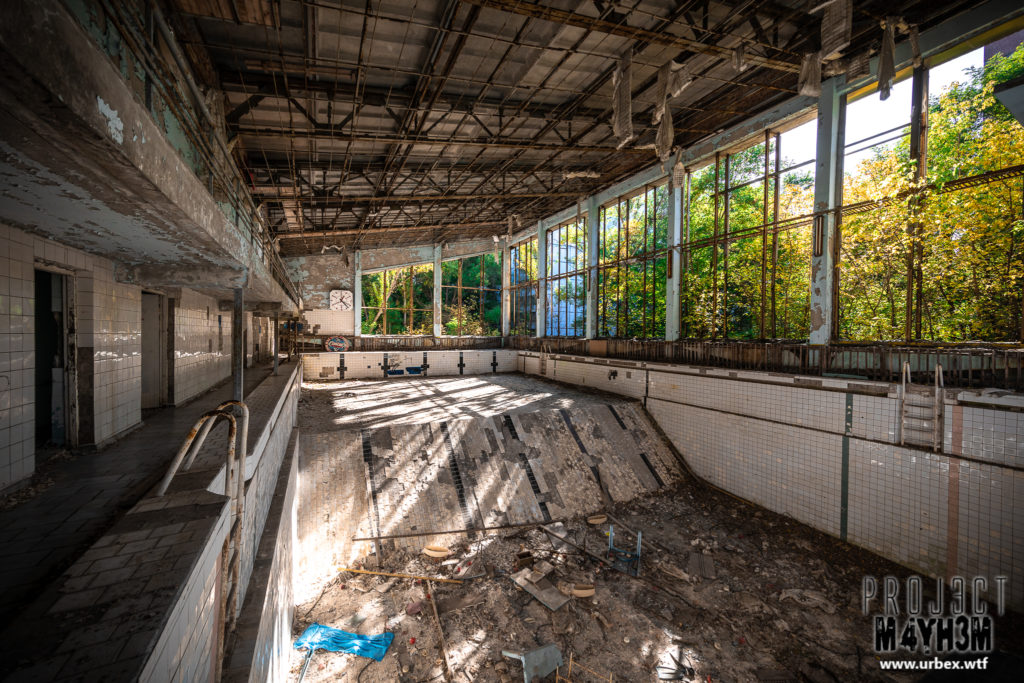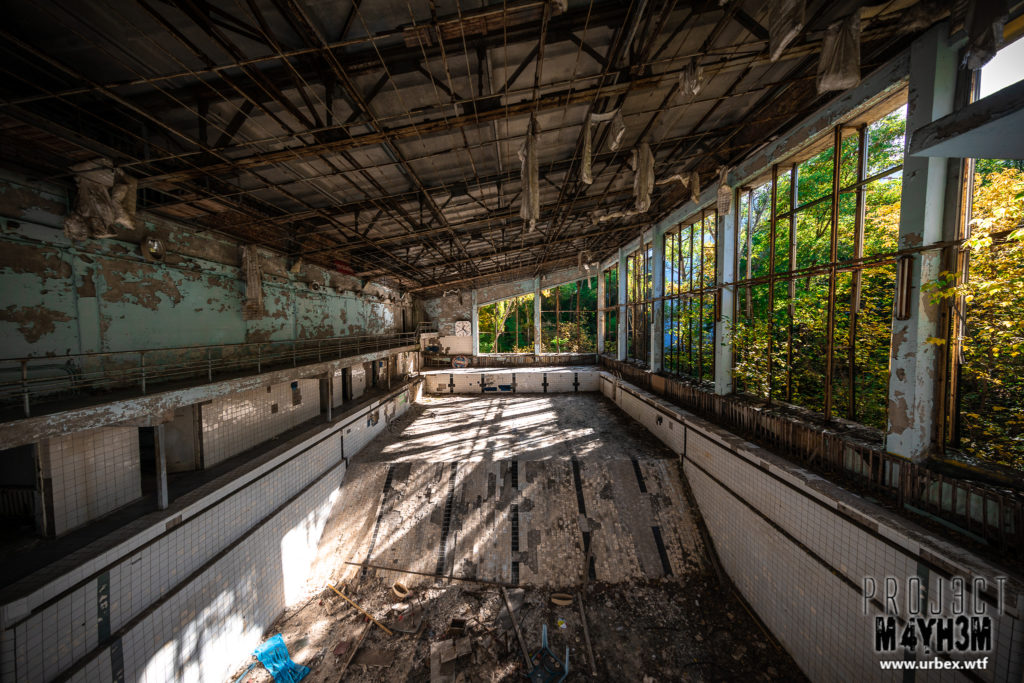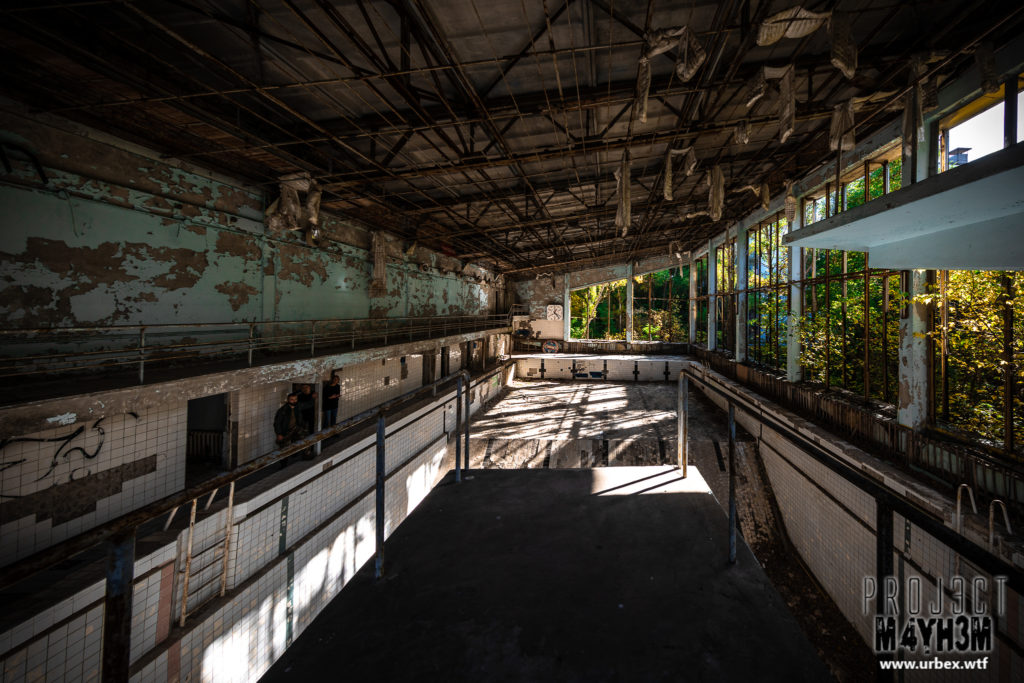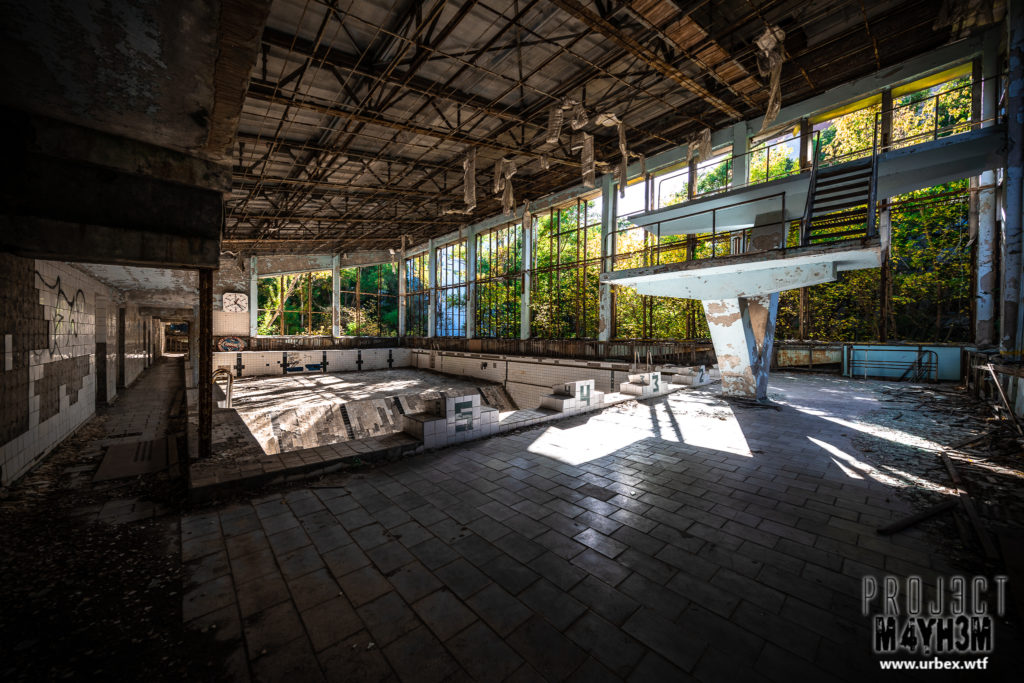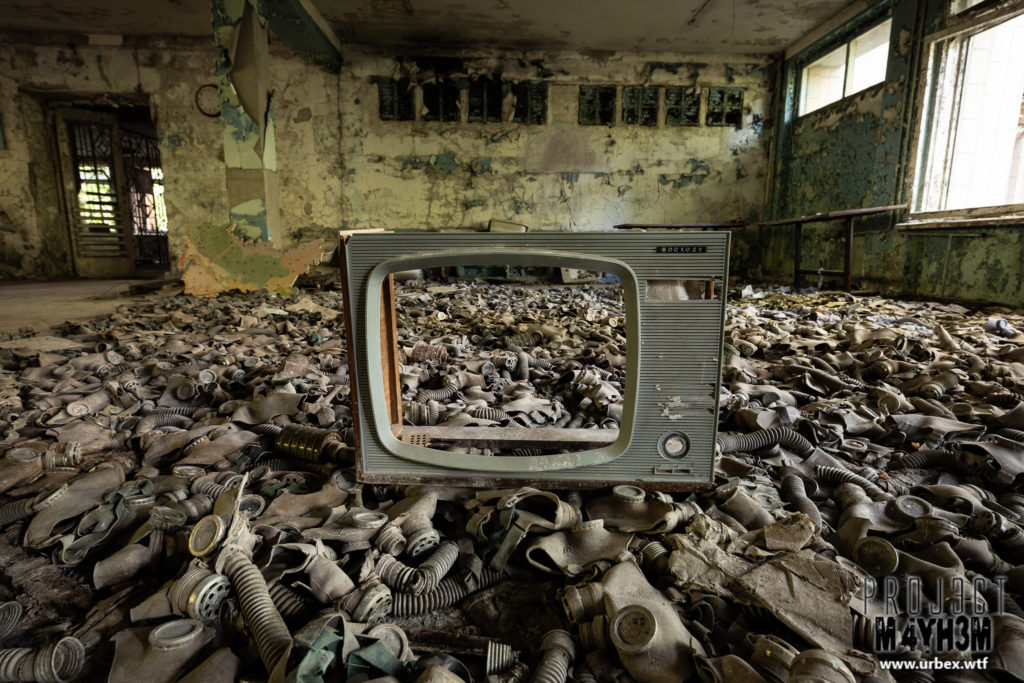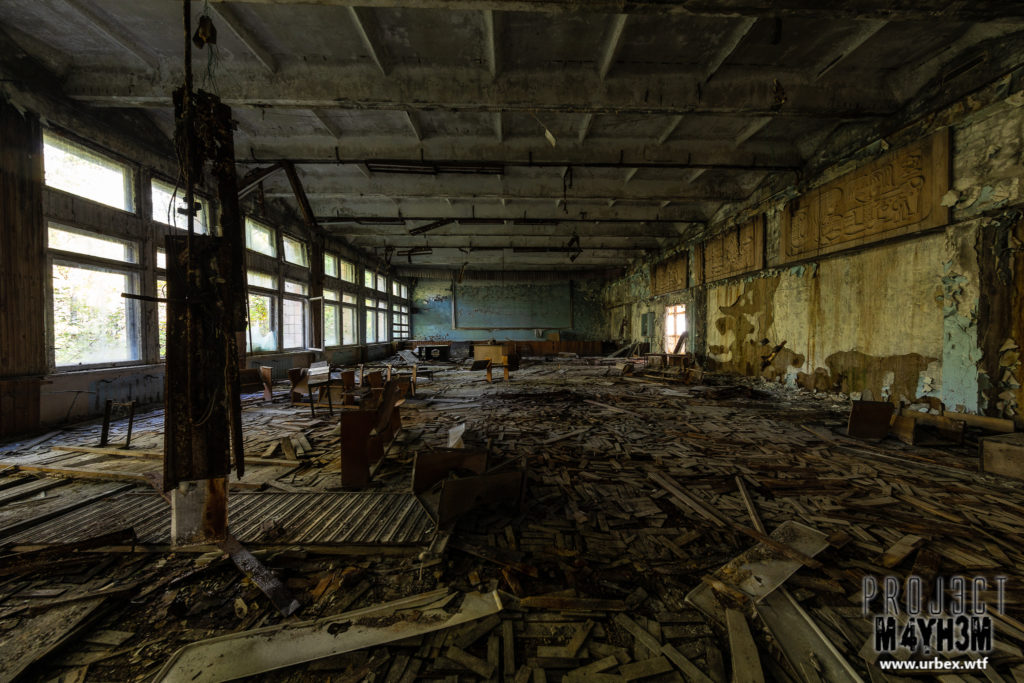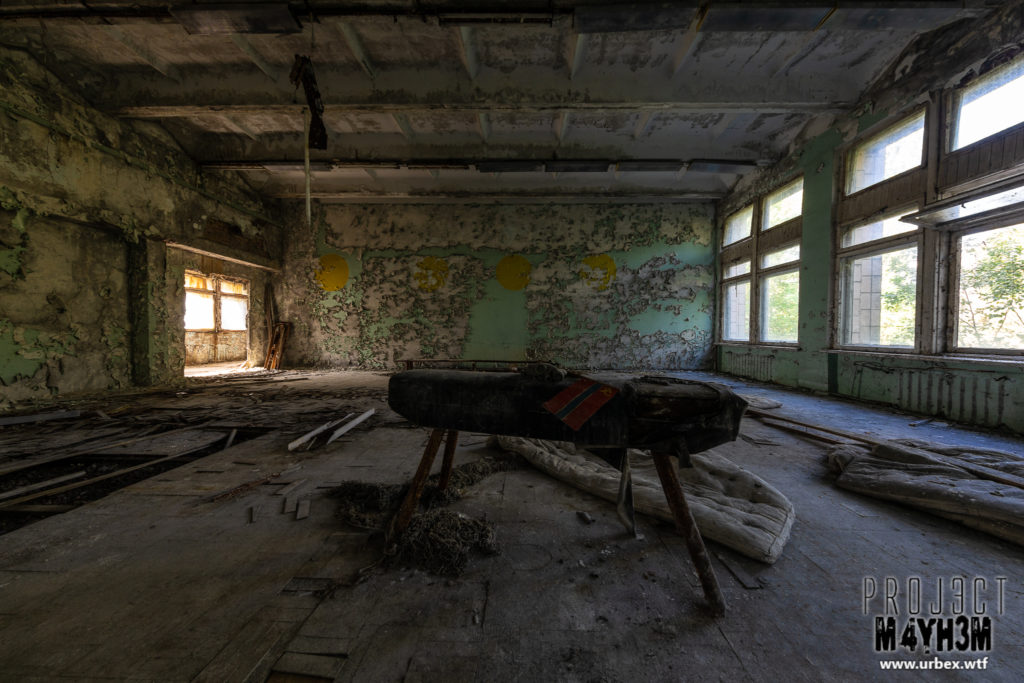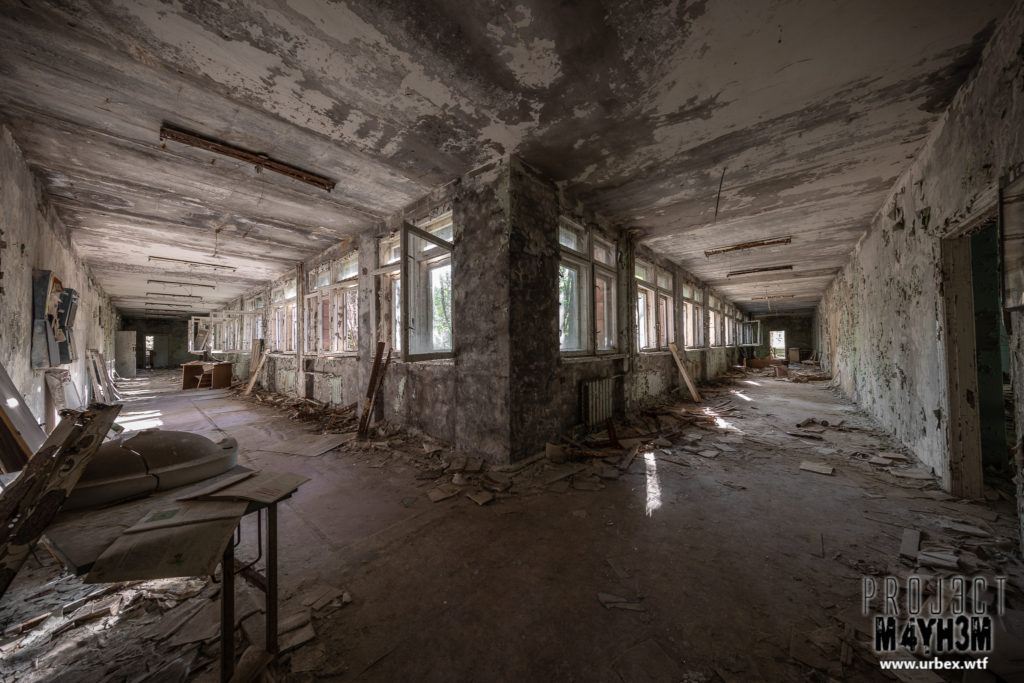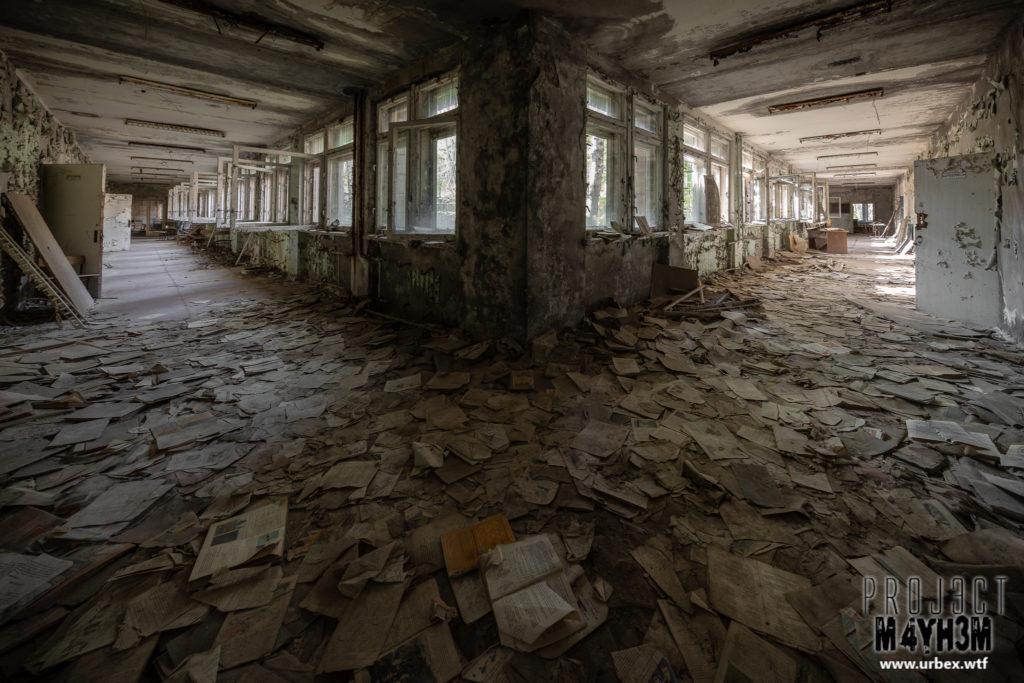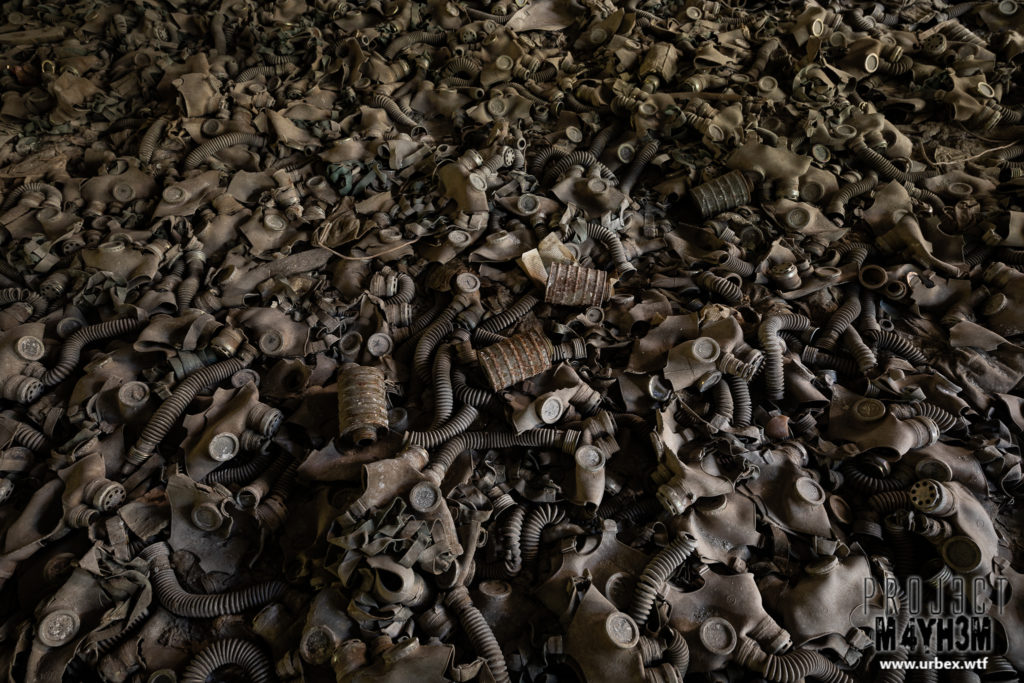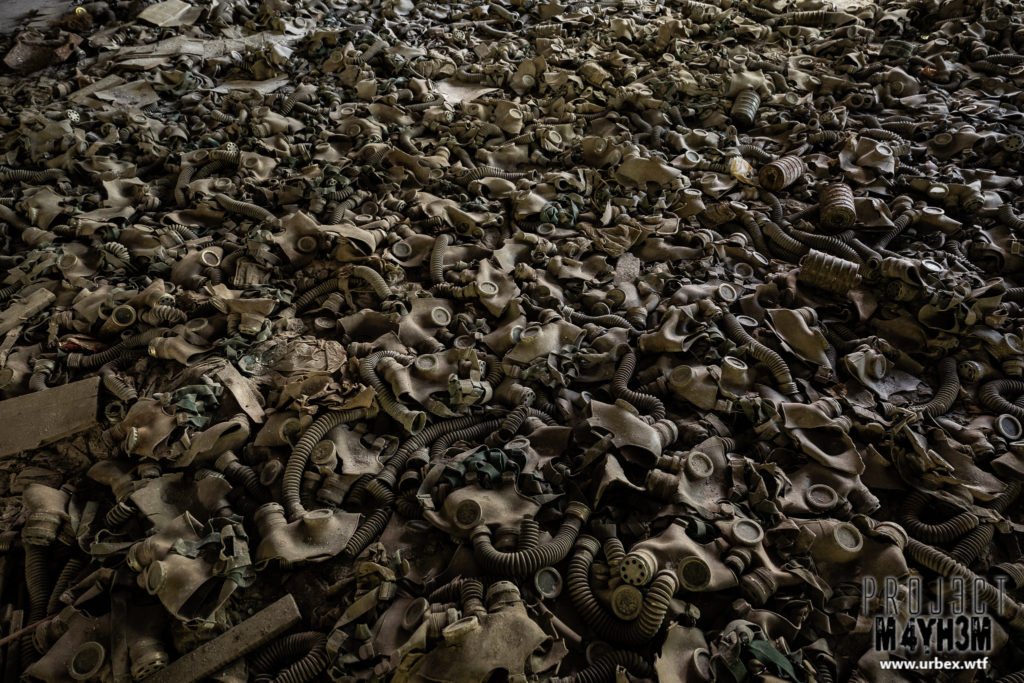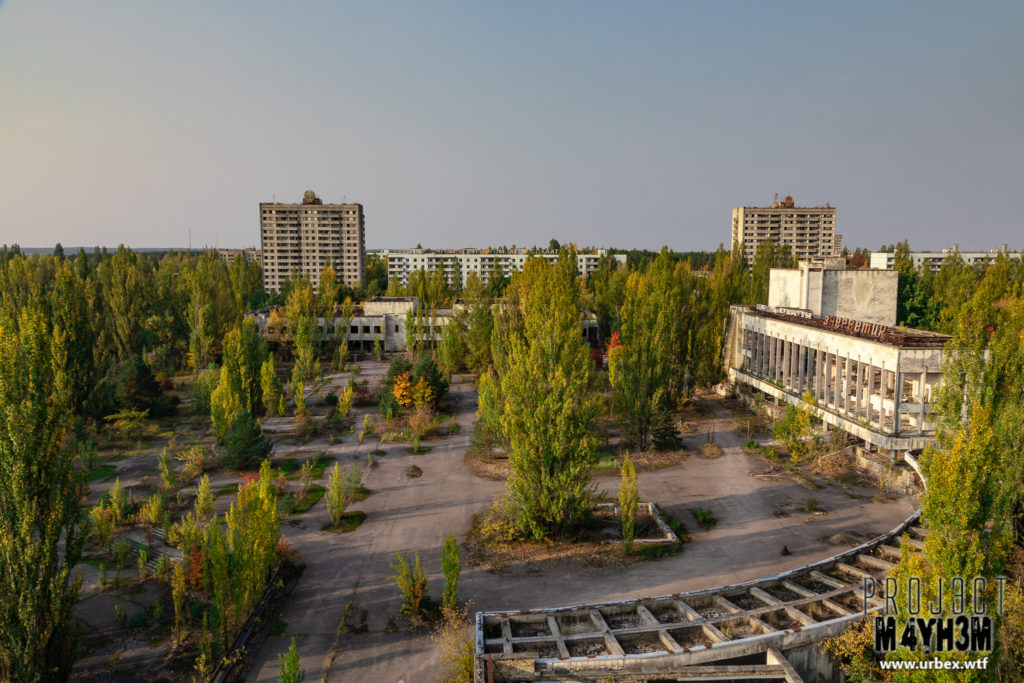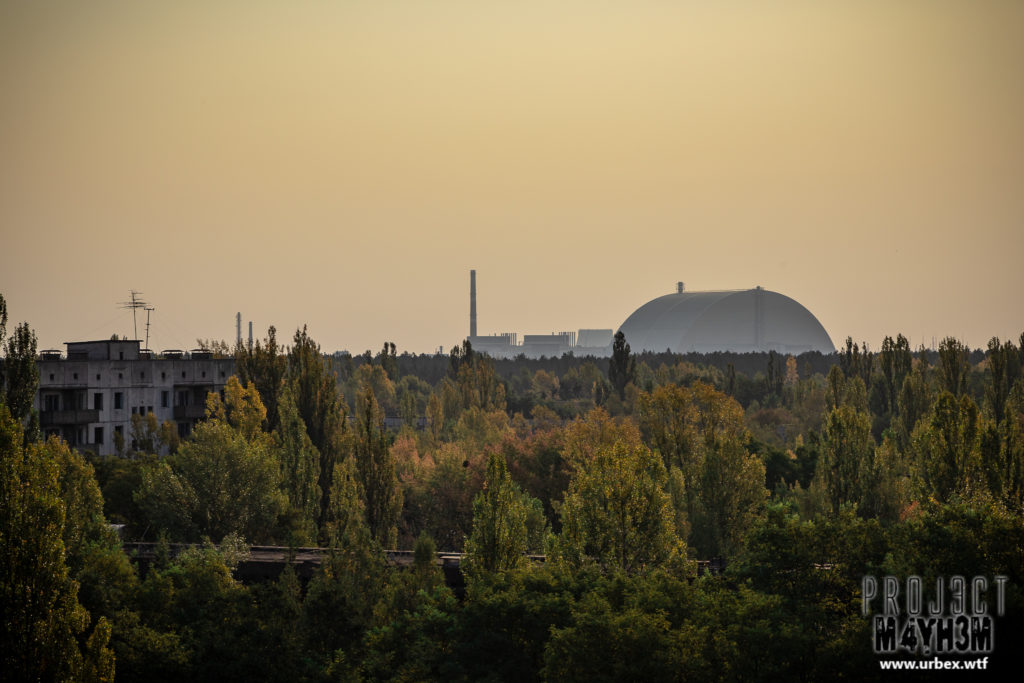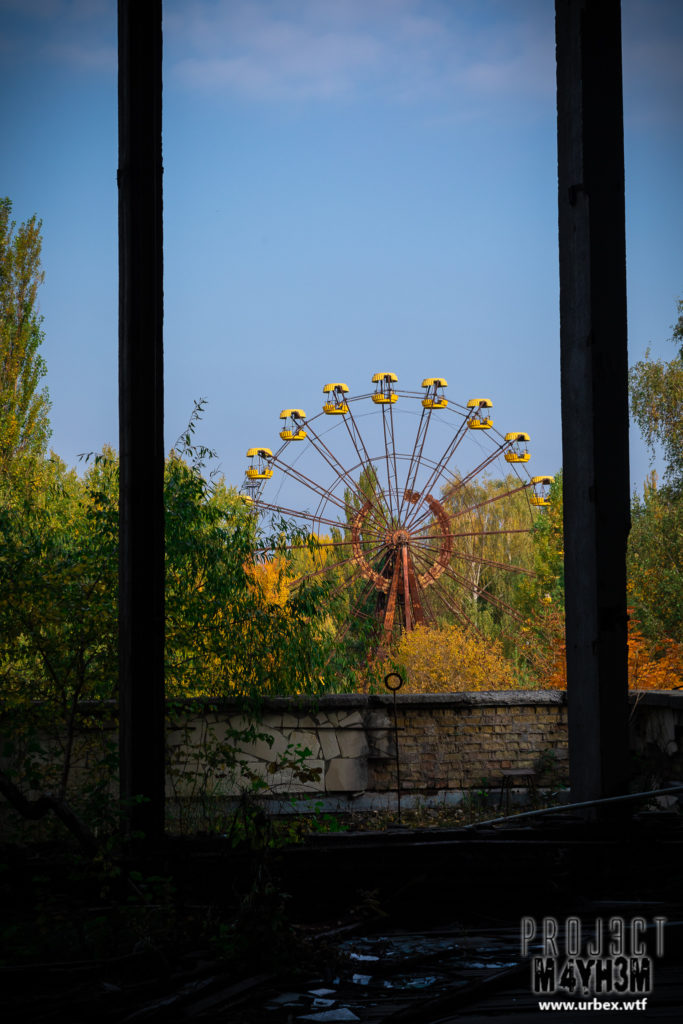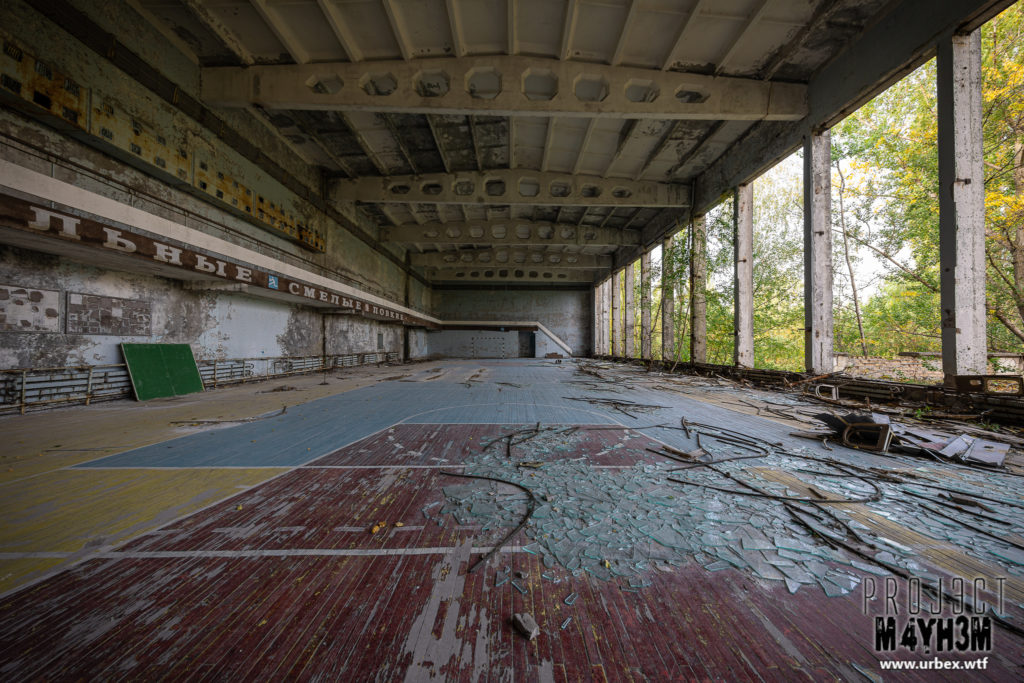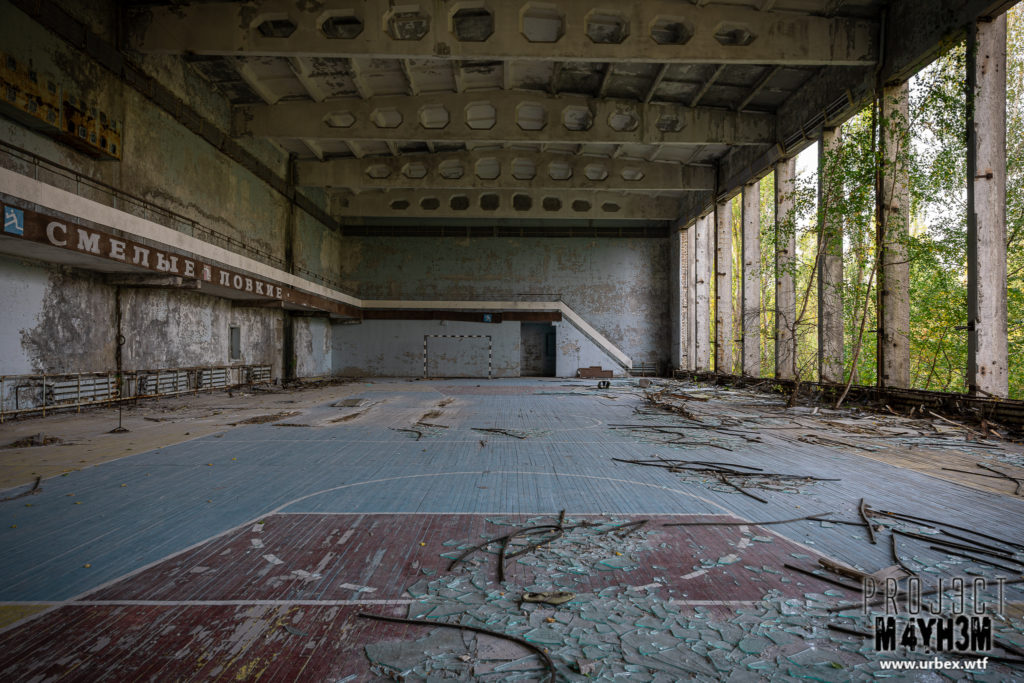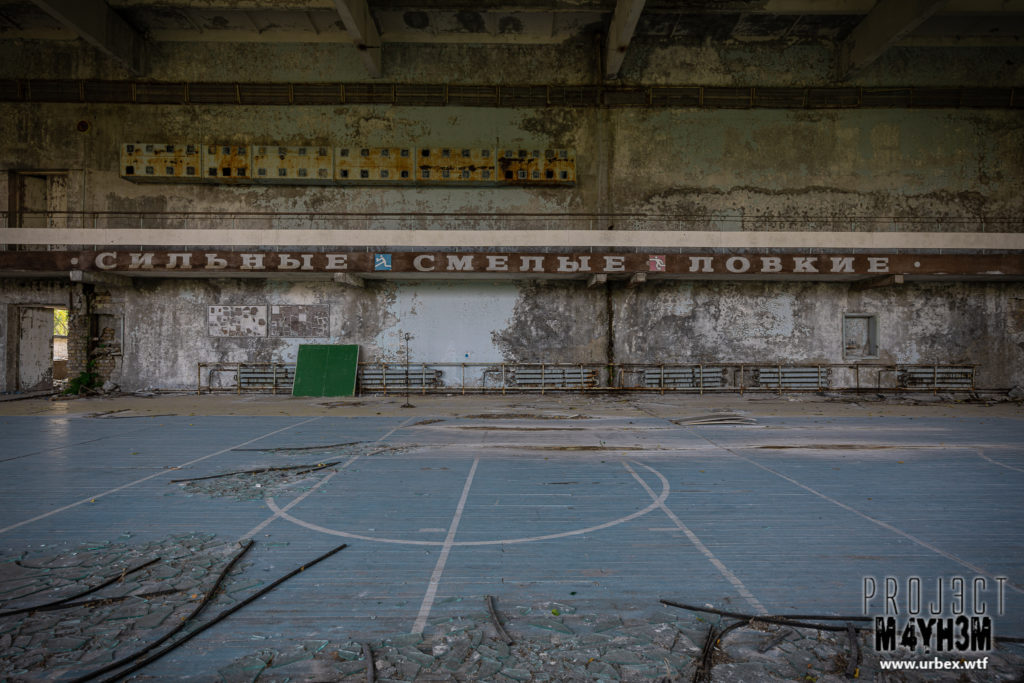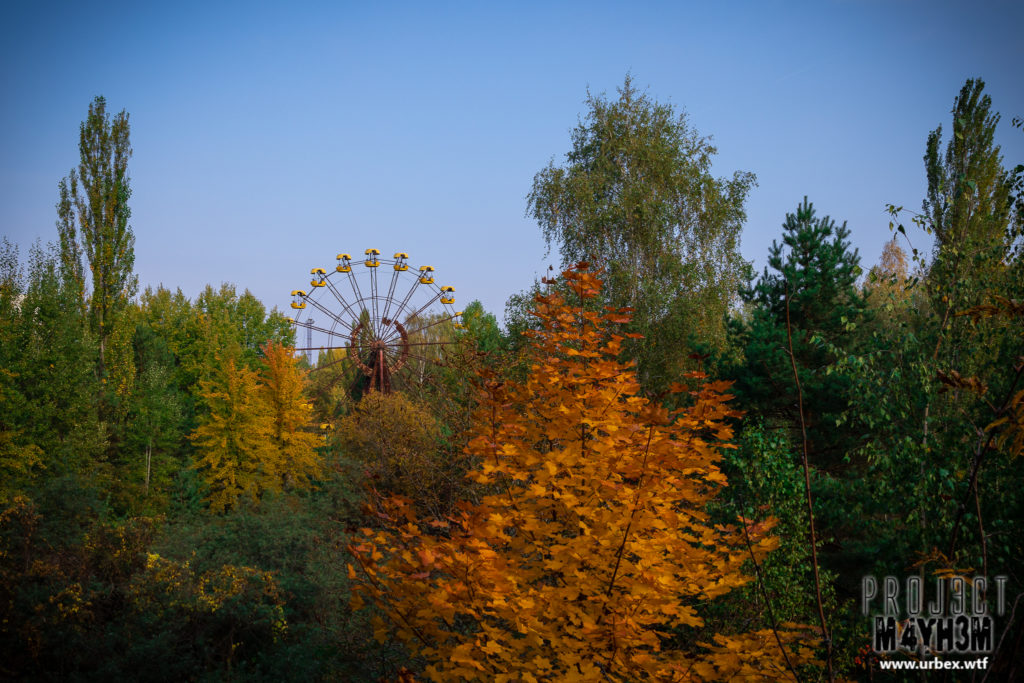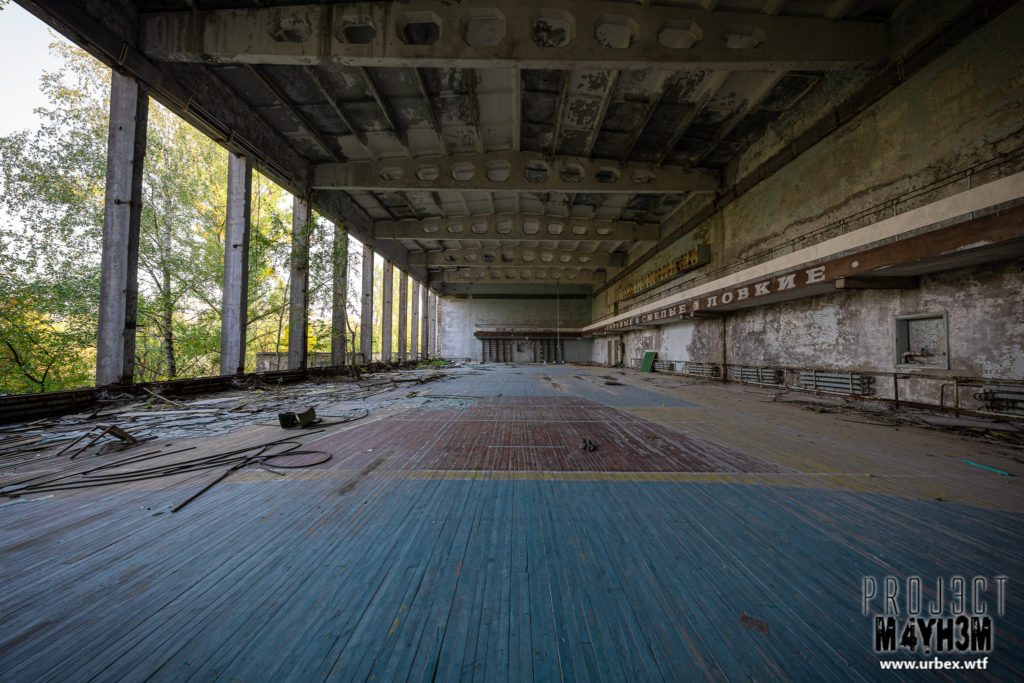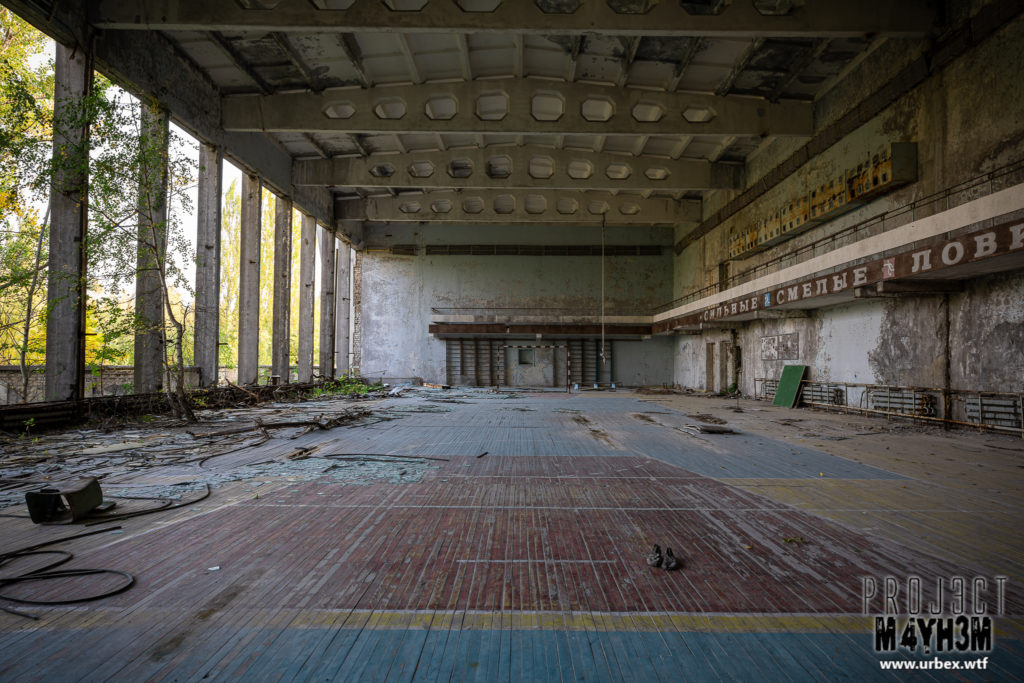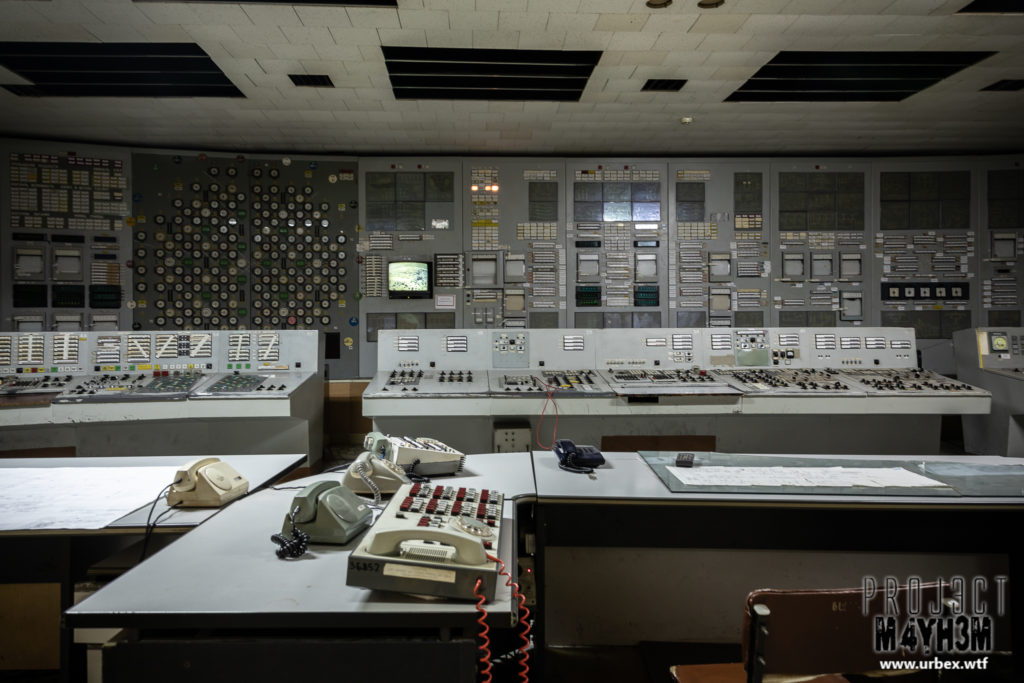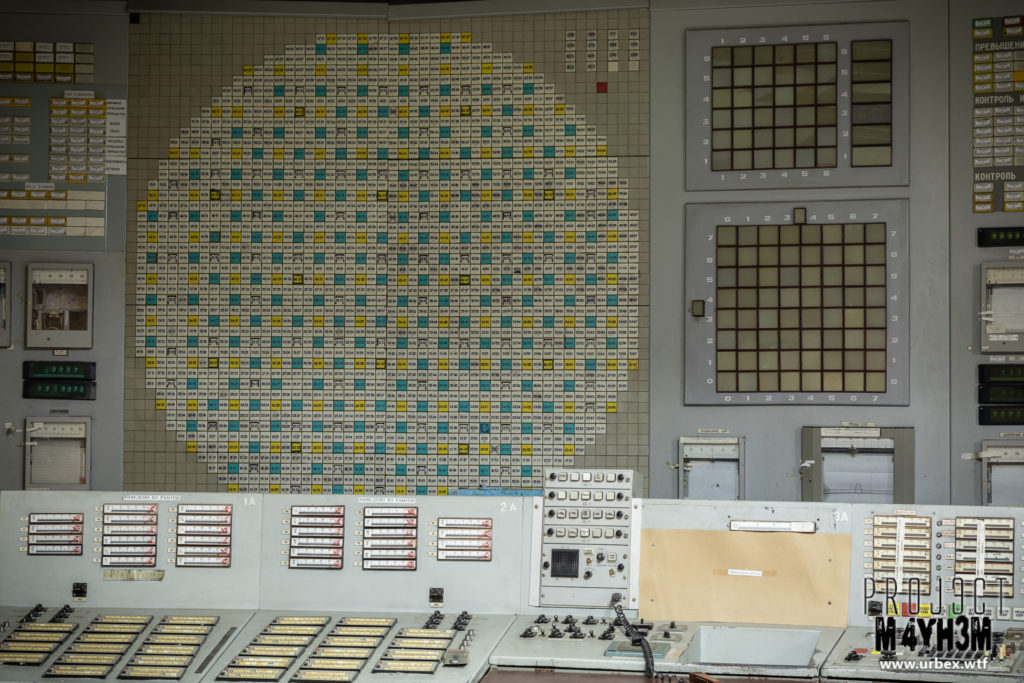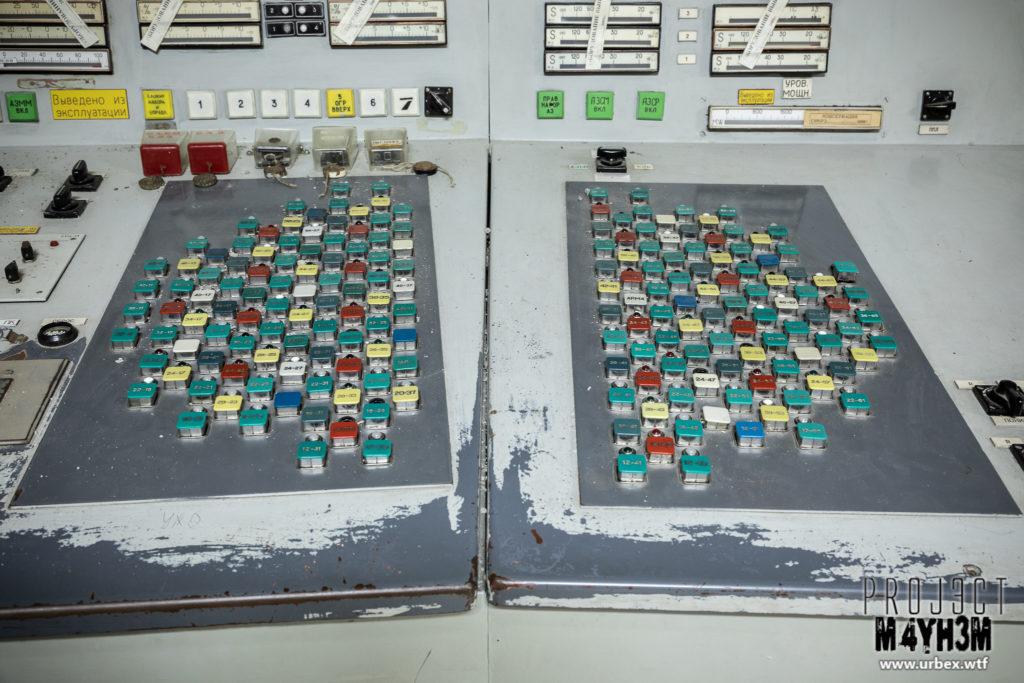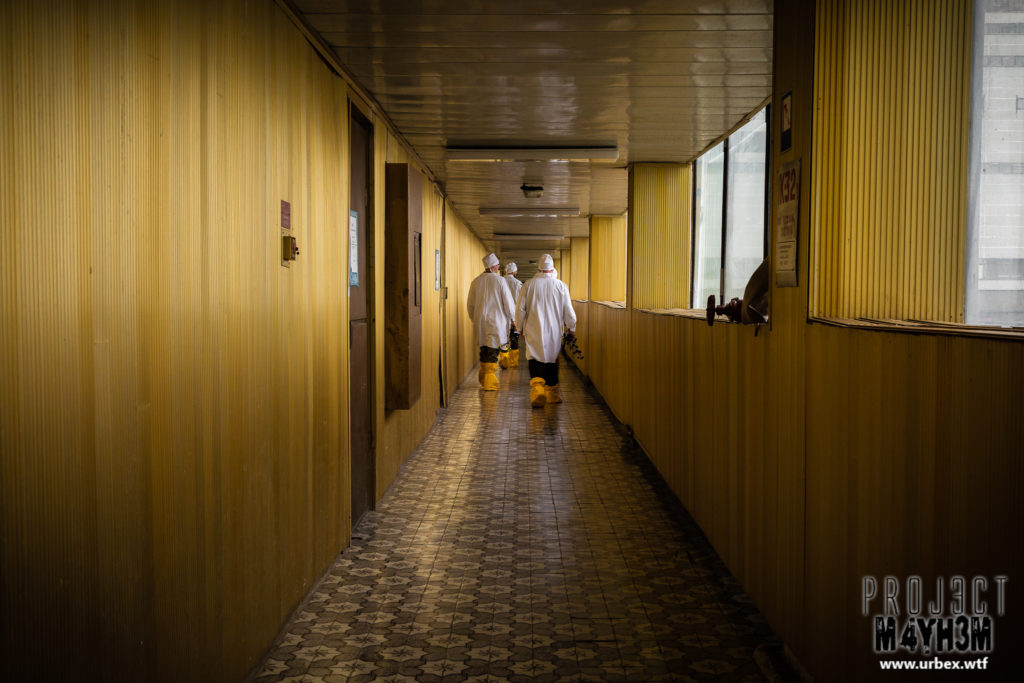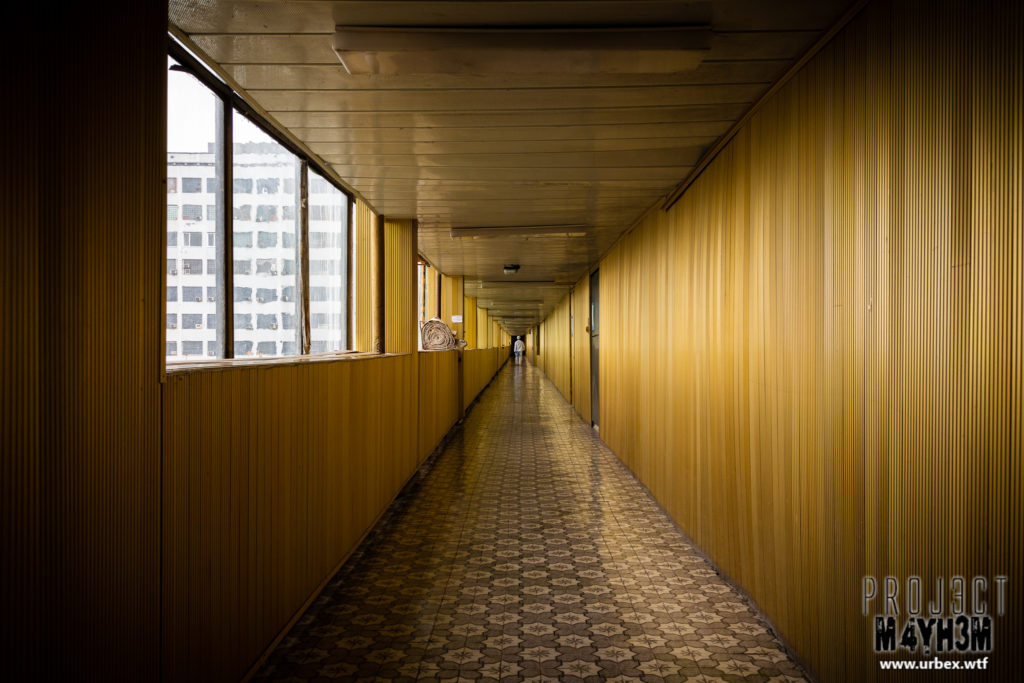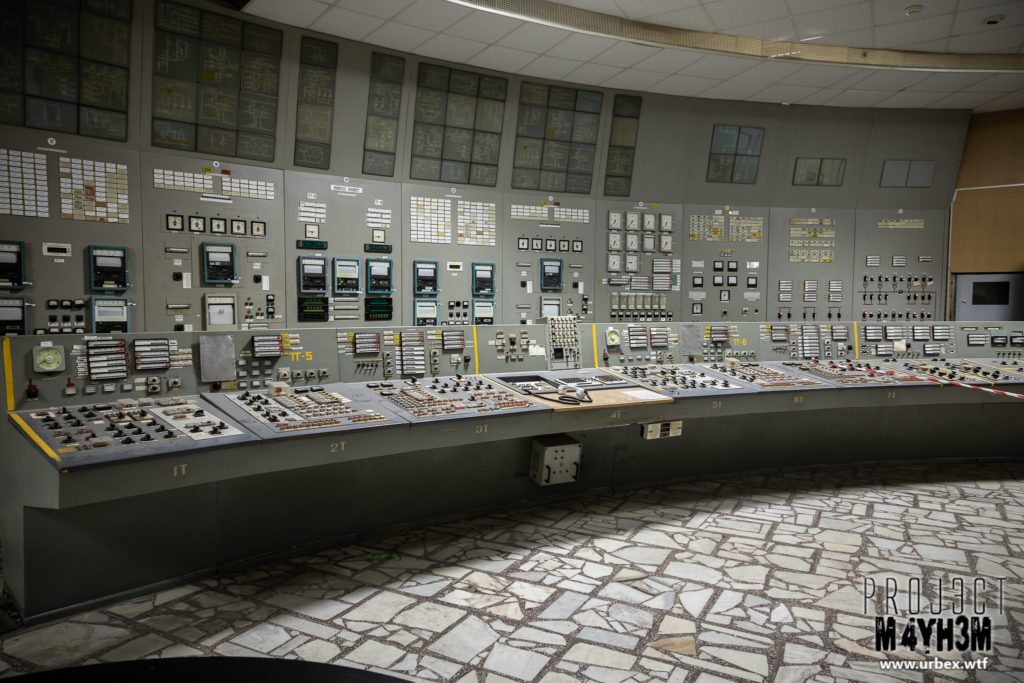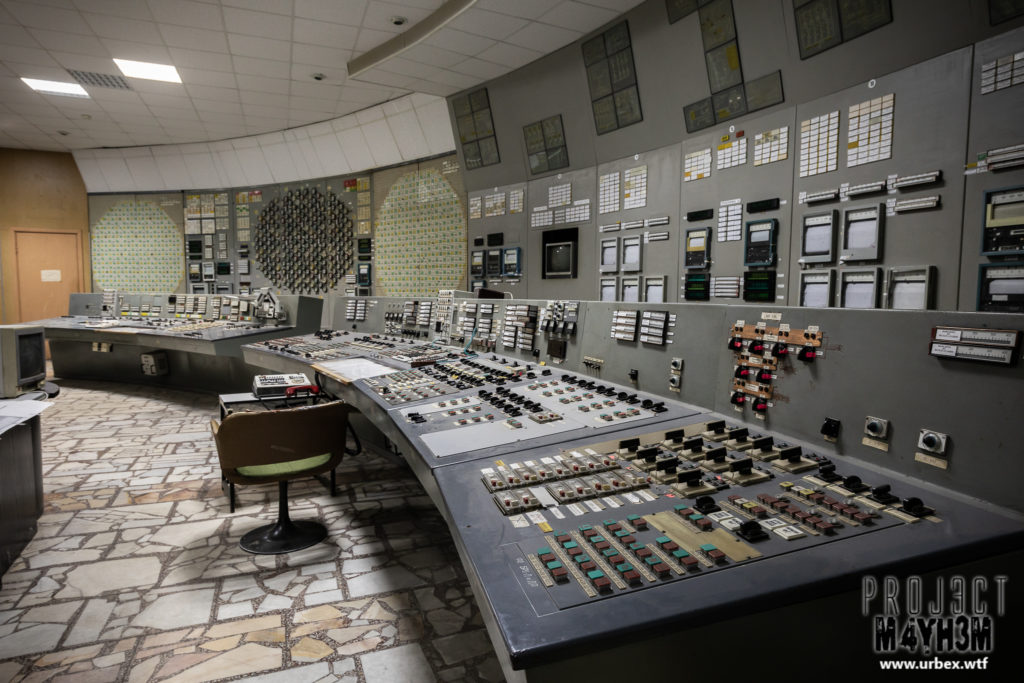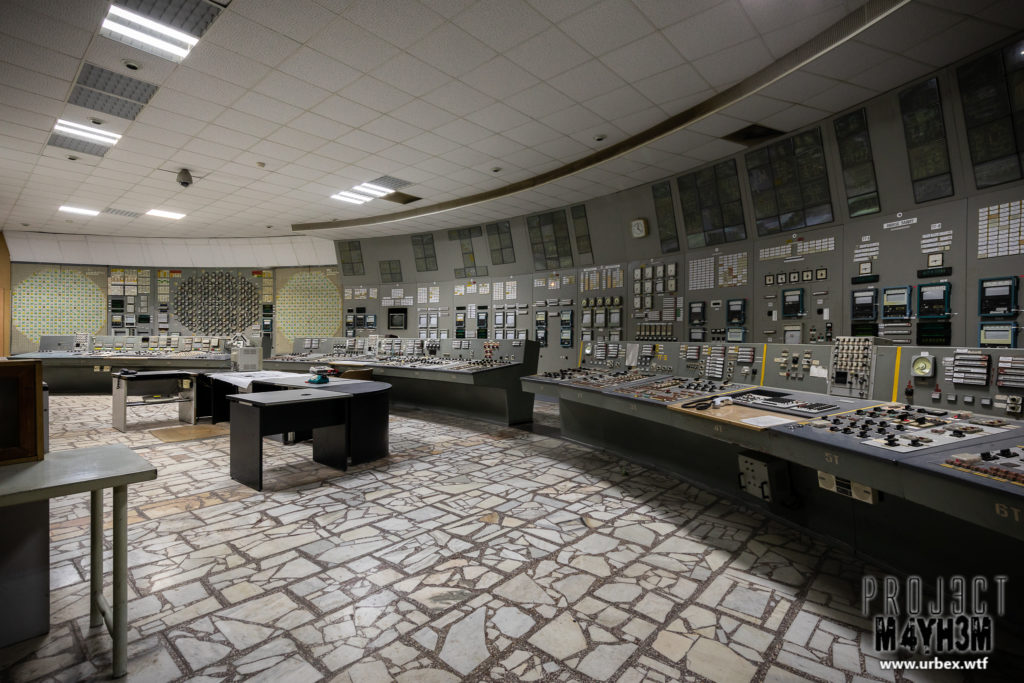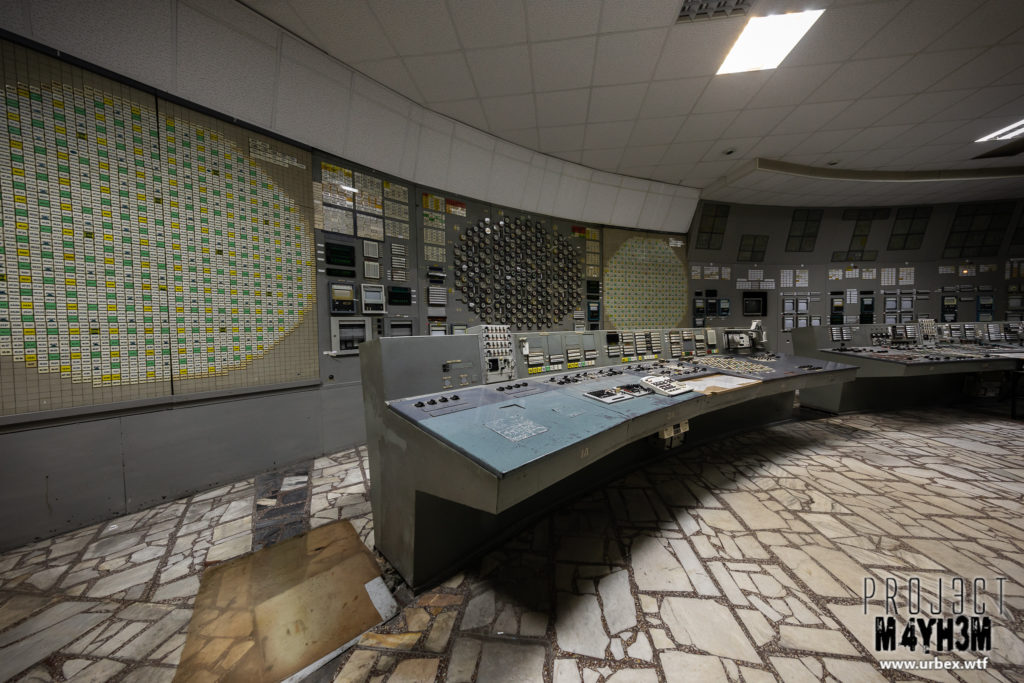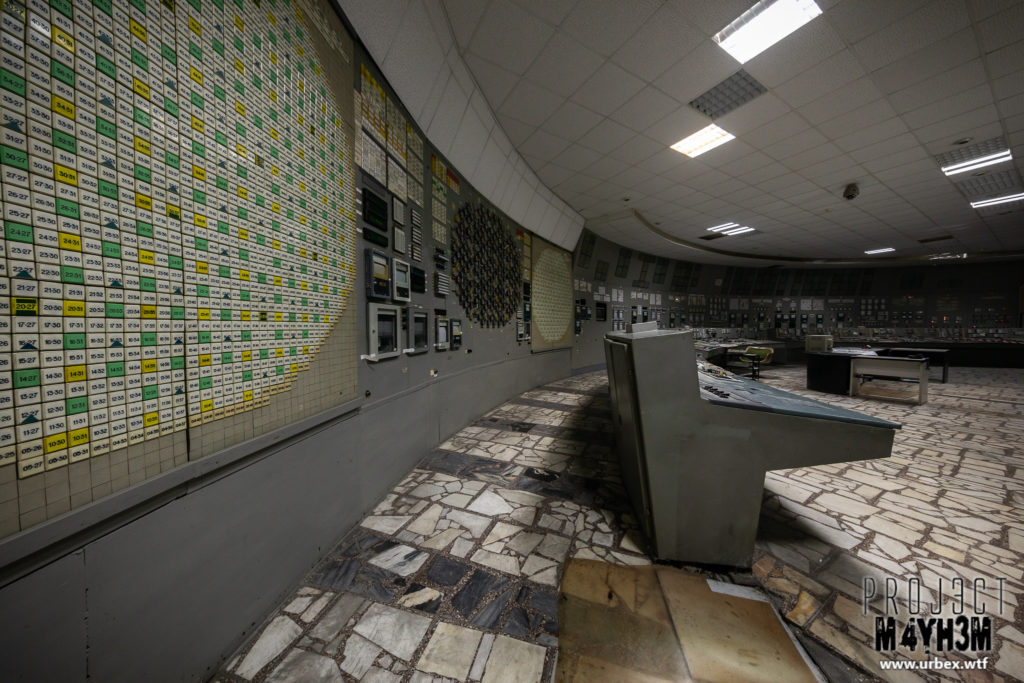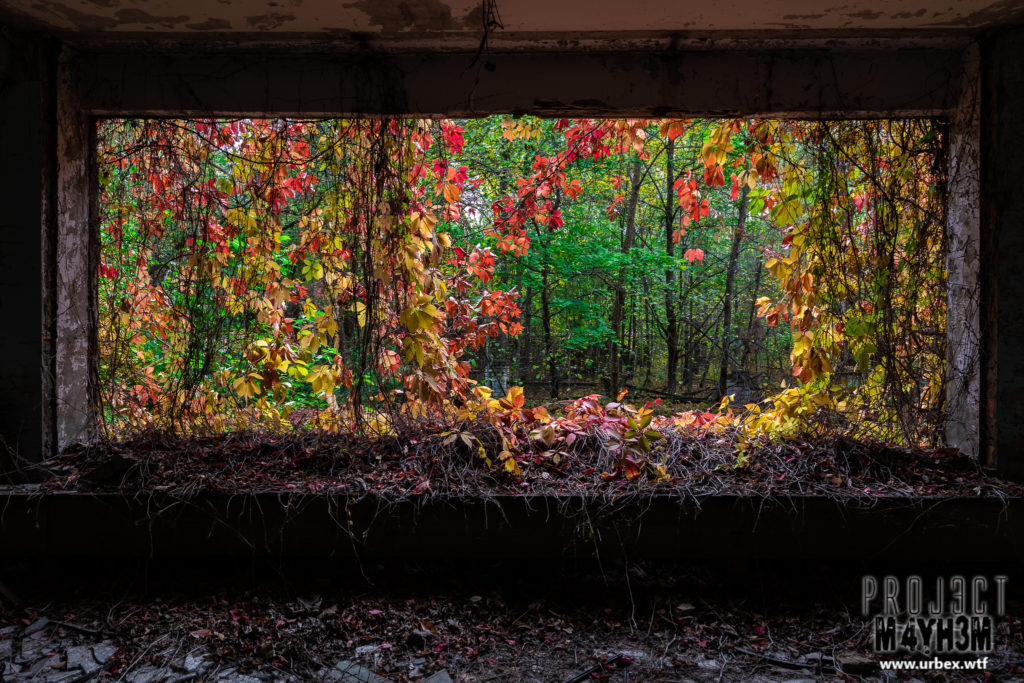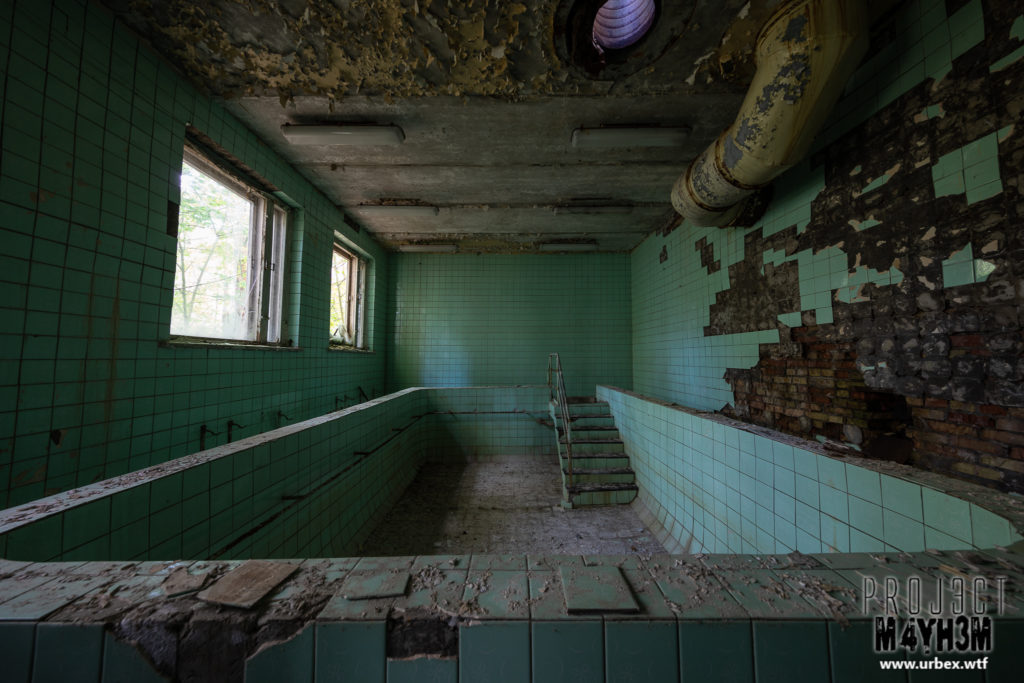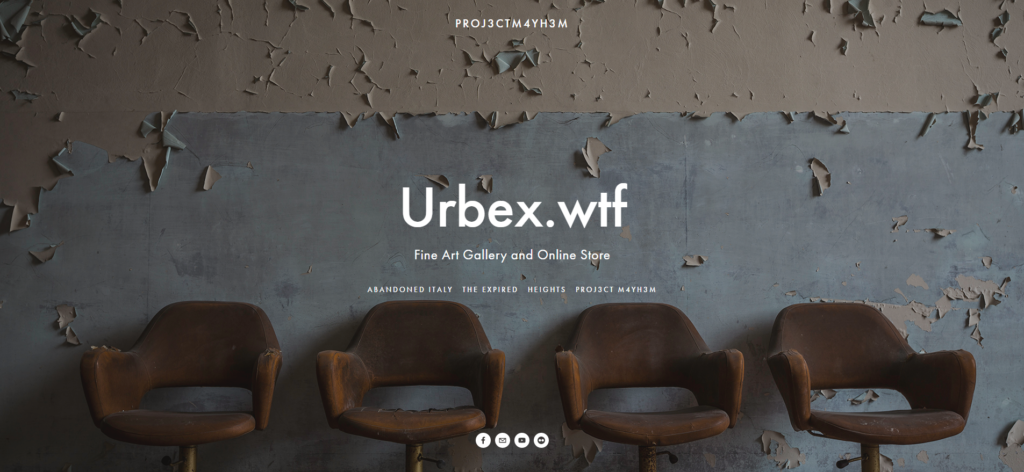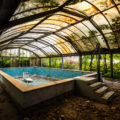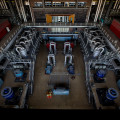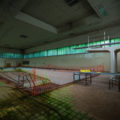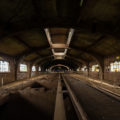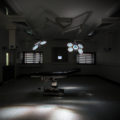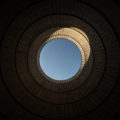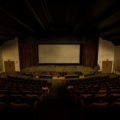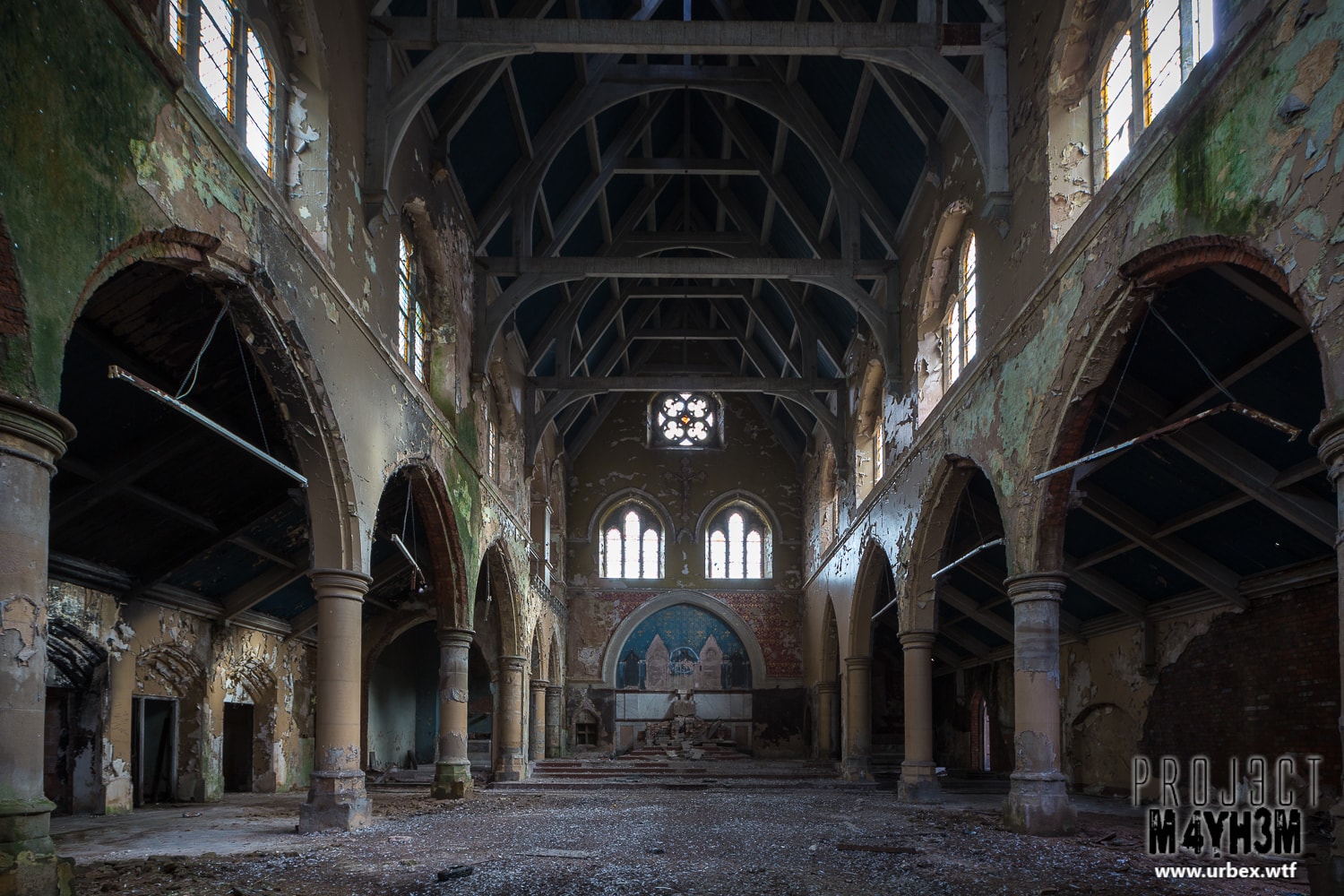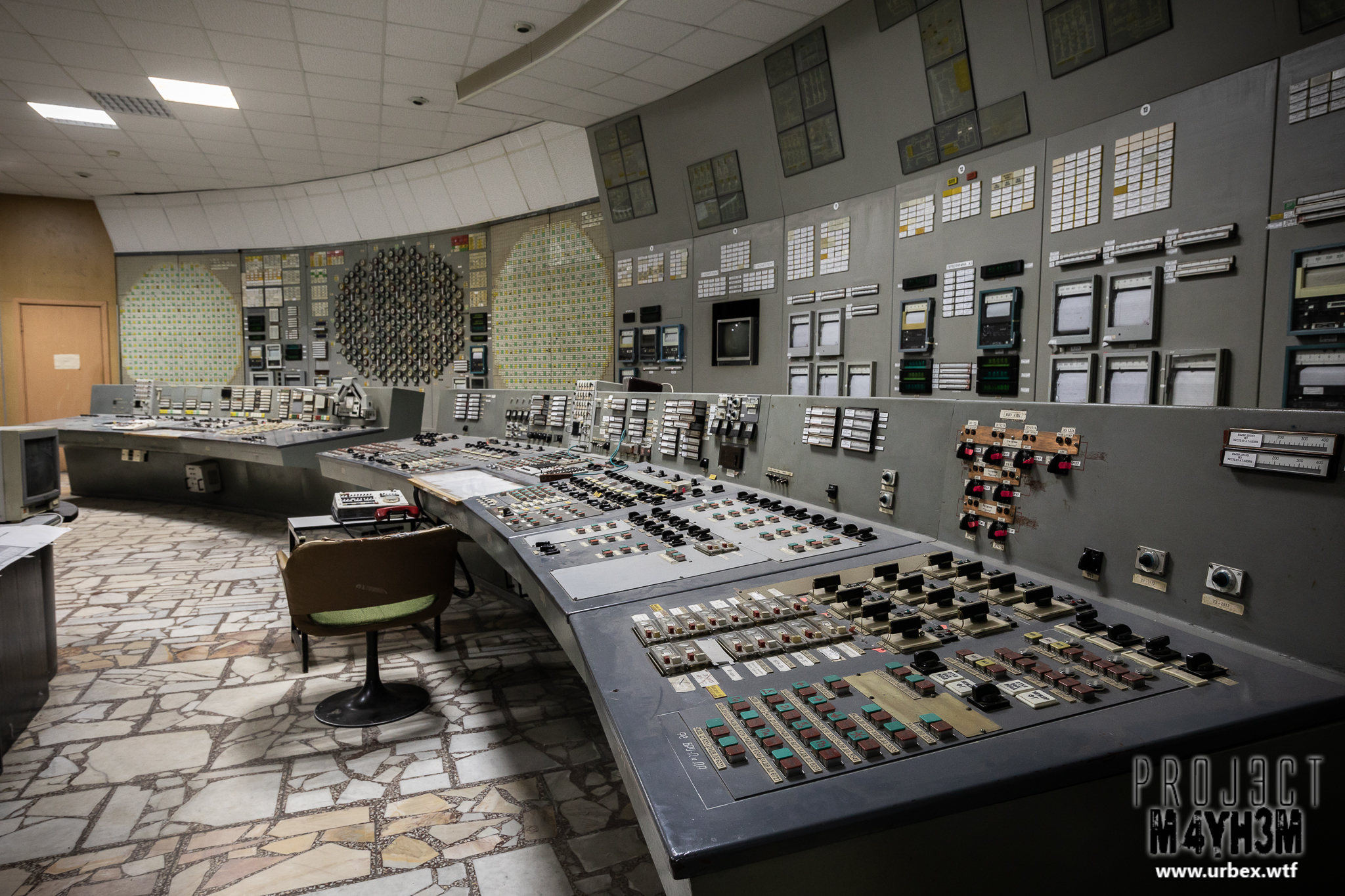
The Vladimir Ilyich Lenin Nuclear Power Plant, more commonly known as The Chernobyl Nuclear Power Plant, was the site of what became the worst nuclear catastrophe to ever occur on this planet. The neighbouring town of Pripyat, which housed the works, their families and many other businesses which sprang up, had a population of just under 50,000 when the incident occurred. Today, the plant itself is still very active as the internationally funded efforts continue to reduce the release of radiation and attempt to contain the thousands of tons of radioactive debris which remain at the site. The New Safe Confinement which currently sites above the Reactor 4 building was finally moved into place over a period of 15 days commencing on November 14 2016. The New Safe Confinement is the world’s largest movable land-based structure and is expected to last approximately 100 years. The plans for what happens during and after that period are still being formulated.
There is so much information regarding the plant, the disaster and the evacuation of the nearby city of Pripyat that it would be impossible for me to cover all of the details in this article and with the recent airing of the HBO miniseries Chernobyl, I am sure a lot of you reading this article will know a lot of the facts surrounding this place. I will, however, attempt to provide a brief overview and some details where possible relating to the places I visited during my 3 day trip inside the 30km exclusion zone.
Chernobyl Nuclear Power Plant had 4 working reactors at the time of the incident, with a further two reactor buildings being under construction. All four of the working reactors were RBMK-1000 reactors which were a Soviet design capable of producing 1,000 MW of electric power or 3,200 MW of thermal power.
It was reactor number 4, a second generation RBMK-1000 design which suffered from the meltdown and this reactor was installed at the plant in 1983.
Due to a series of poor decisions made by the supervising operator Anatoly Stepanovich Dyatlov, the reactor was pushed to its limits during a safety test which has been planned but rescheduled numerous times. When the operators realised that the reactor had dropped to an unsafe level of power, the emergency shut down switch known as AE-5 or AZ-5 was engaged.
As a result of a design flaw in the RBMK-1000 reactors, the control rods which would be inserted when the AZ-5 button was pressed, the reactor suffered from a massive power surge which started a chain reaction. Thermal output levels were ultimately recorded at over 30,000 MW around 10 times more than the reactor was designed for. In a matter of second, pressure from the steam caused multiple small explosions which resulted in a huge explosion of vertical pressure causing the lid of the reactor which weighs more than 100 tons to blow off, up in the air, landing back in the reactor hall.
A significant amount of radioactive material was ejected from the building and radiation continued to spill into the air from the exposed, burning reactor.
After a short, but longer than it should have been, delay, the nearby town of Pripyat was ultimately evacuated along with hundreds of other small villages and towns in the nearby regions of Ukraine and Belarus. A 30km exclusion zone was created and still remains today.
Pripyat, the city which once housed those 50,000 people still remains empty, nature has reclaimed the area, the buildings are slowly crumbling and surprisingly the wildlife it thriving. Whilst I wish I had managed to visit this city earlier simply to experience more of what remained, I was still overwhelmed by the sheer size of this place and how there was nothing really like it anywhere else. It’s hard to imagine the places as a thriving city but all the evidence remains.
During my trip we visited; the Soviet missile defence early-warning radar network known as Duga, the surrounding town with its school gymnasium and theatre, Yaniv Train Station, 3 Swimming Pools, The Amusement Park, Hotel Polissia, Hospital 126, various schools and The Chernobyl Nuclear Power Plant itself. Inside the plant we were lucky enough to have access to Reactor No.1 Control Room, Reactor No.3 Control Room, the main water pump house and the golden corridor. Enjoy the photos:
- Soviet missile defence early-warning radar network known as Duga
- Soviet missile defence early-warning radar network known as Duga
- Soviet missile defence early-warning radar network known as Duga
- Soviet missile defence early-warning radar network known as Duga
- Soviet missile defence early-warning radar network known as Duga
- Soviet missile defence early-warning radar network known as Duga
- Soviet missile defence early-warning radar network known as Duga
- Soviet missile defence early-warning radar network known as Duga
- Soviet missile defence early-warning radar network known as Duga
- Soviet missile defence early-warning radar network known as Duga
- Duga School Gymnasium
- Duga School Gymnasium
- Duga School Gymnasium
- Duga School – Portraits
- Duga School
- Duga School
- Duga School
- Duga School
- Duga School
- Duga School
- Duga School
- Duga School
- Duga School
- Duga School
- Duga School – Gas Mask
- Duga School – Gas Mask
- Duga Theatre
- Duga Gymnasium
- Duga Gymnasium
- Duga Gymnasium
- Duga Theatre
- The Chernobyl Nuclear Power Plant – Reactor 5
- The Chernobyl Nuclear Power Plant – Reactor 5
- The Chernobyl Nuclear Power Plant – Reactor 5
- The Chernobyl Nuclear Power Plant – Reactor 5
- The Chernobyl Nuclear Power Plant – Reactor 5
- The Chernobyl Nuclear Power Plant – Reactor 5
- The Chernobyl Nuclear Power Plant – Cooling towers for reactors
- The Chernobyl Nuclear Power Plant – Cooling towers for reactors
- The Chernobyl Nuclear Power Plant – Cooling towers for reactors
- The Chernobyl Nuclear Power Plant – Cooling towers for reactors
- Pripyat Amusement Park
- Pripyat Amusement Park
- Pripyat Amusement Park
- Pripyat Amusement Park
- Pripyat Amusement Park
- Pripyat
- Hospital 126
- Hospital 126
- Hospital 126
- Hospital 126
- Hospital 126
- Hospital 126
- Hospital 126
- Hospital 126
- Hospital 126
- Hospital 126
- Hospital 126
- Hospital 126
- Hospital 126
- Hospital 126
- Hospital 126
- Hospital 126
- Hospital 126
- Pripyat – Basketball Court
- Pripyat – Basketball Court
- Pripyat – Swimming Pool
- Pripyat – Swimming Pool
- Pripyat – Swimming Pool
- Pripyat – Swimming Pool
- Pripyat – Swimming Pool
- Pripyat – Gas Masks in a School
- Pripyat School
- Pripyat School
- Pripyat School
- Pripyat – Gas Masks in a School
- Pripyat – Gas Masks in a School
- Pripyat Rooftops
- Pripyat Rooftops
- The Chernobyl Nuclear Power Plant
- Pripyat Amusement Park
- Pripyat Gymnasium
- Pripyat Gymnasium
- Pripyat Gymnasium
- Pripyat Amusement Park
- Pripyat Gymnasium
- Pripyat Gymnasium
- The Vladimir Ilyich Lenin Nuclear Power Plant aka The Chernobyl Nuclear Power Plant – Reactor 1 Control Room
- The Vladimir Ilyich Lenin Nuclear Power Plant aka The Chernobyl Nuclear Power Plant – Reactor 1 Control Room
- The Vladimir Ilyich Lenin Nuclear Power Plant aka The Chernobyl Nuclear Power Plant – Reactor 1 Control Room
- The Vladimir Ilyich Lenin Nuclear Power Plant aka The Chernobyl Nuclear Power Plant – The Golden Corridor
- The Vladimir Ilyich Lenin Nuclear Power Plant aka The Chernobyl Nuclear Power Plant – The Golden Corridor
- The Vladimir Ilyich Lenin Nuclear Power Plant aka The Chernobyl Nuclear Power Plant – Reactor 3 Control Room
- The Vladimir Ilyich Lenin Nuclear Power Plant aka The Chernobyl Nuclear Power Plant – Reactor 3 Control Room
- The Vladimir Ilyich Lenin Nuclear Power Plant aka The Chernobyl Nuclear Power Plant – Reactor 3 Control Room
- The Vladimir Ilyich Lenin Nuclear Power Plant aka The Chernobyl Nuclear Power Plant – Reactor 3 Control Room
- The Vladimir Ilyich Lenin Nuclear Power Plant aka The Chernobyl Nuclear Power Plant – Reactor 3 Control Room
- Pripyat
- Pripyat
If you’ve made it this far… thanks for reading / checking out the pictures. Leave me a comment below or hit the like button to let me know you’ve enjoyed the shots and to encourage me to keep posting more 🙂
Limited Edition prints and Canvases, as well as regular prints, are available for all of the images above on request and visit the store for more prints and products.
Follow us on Social Media:



